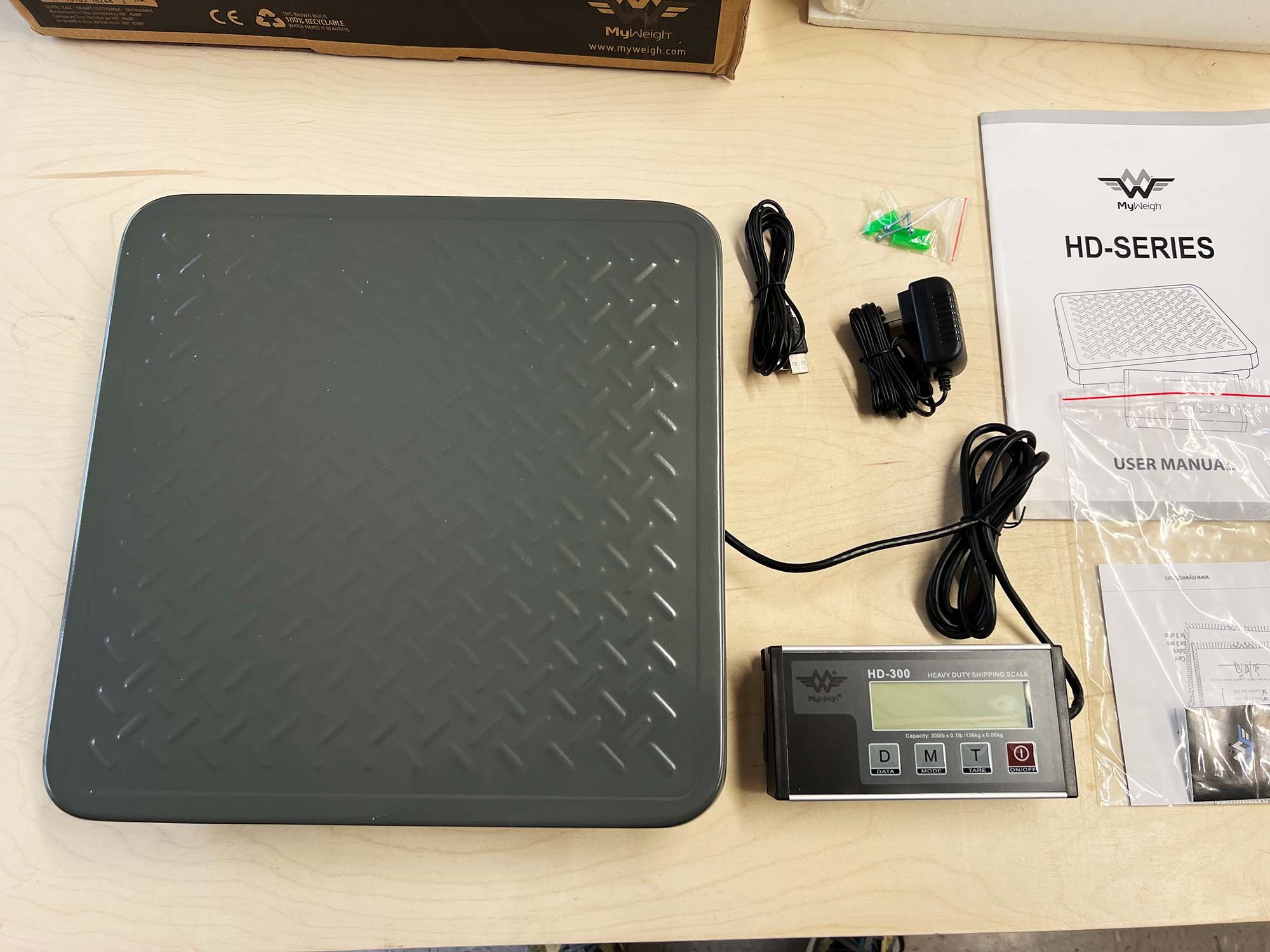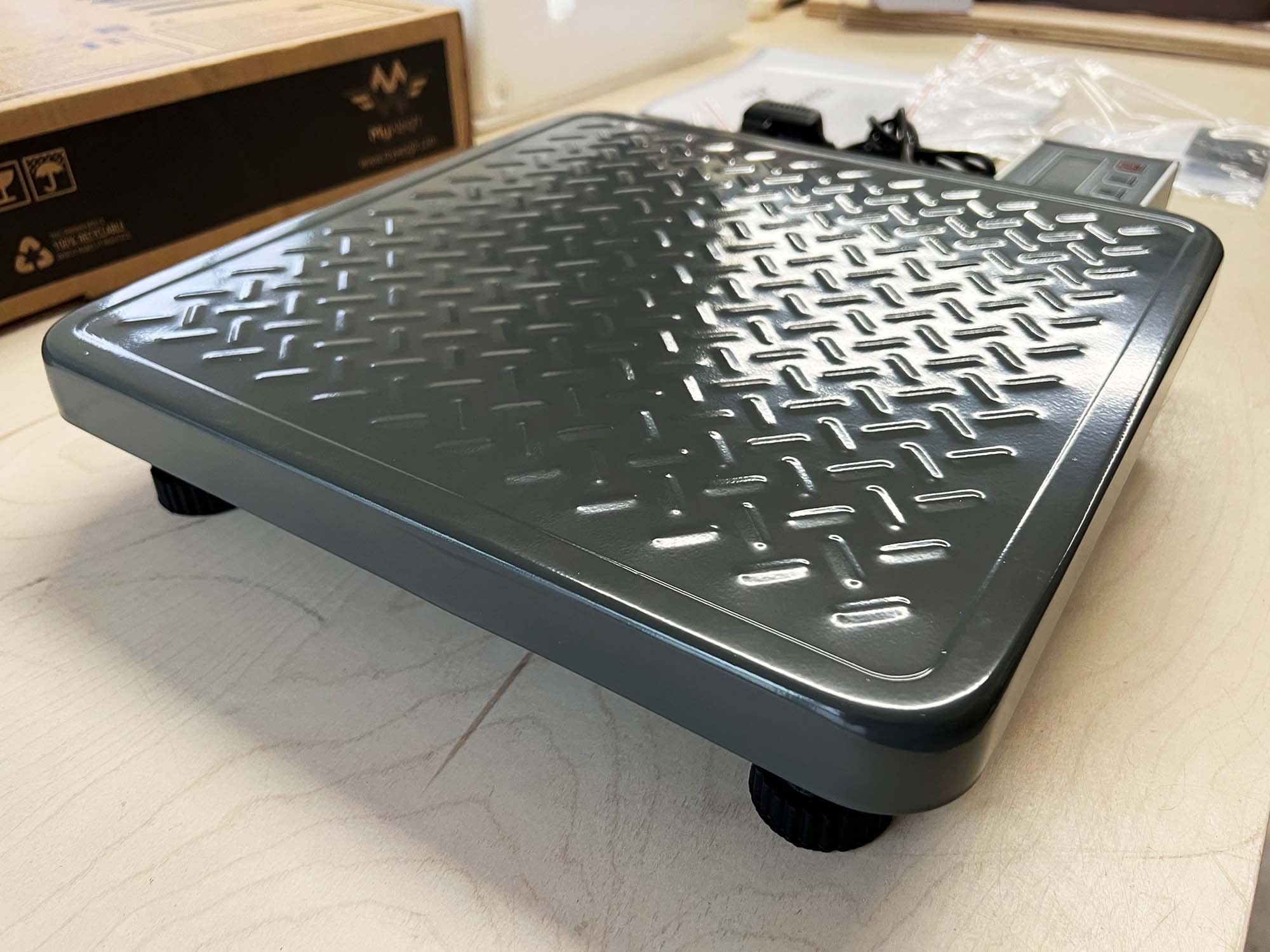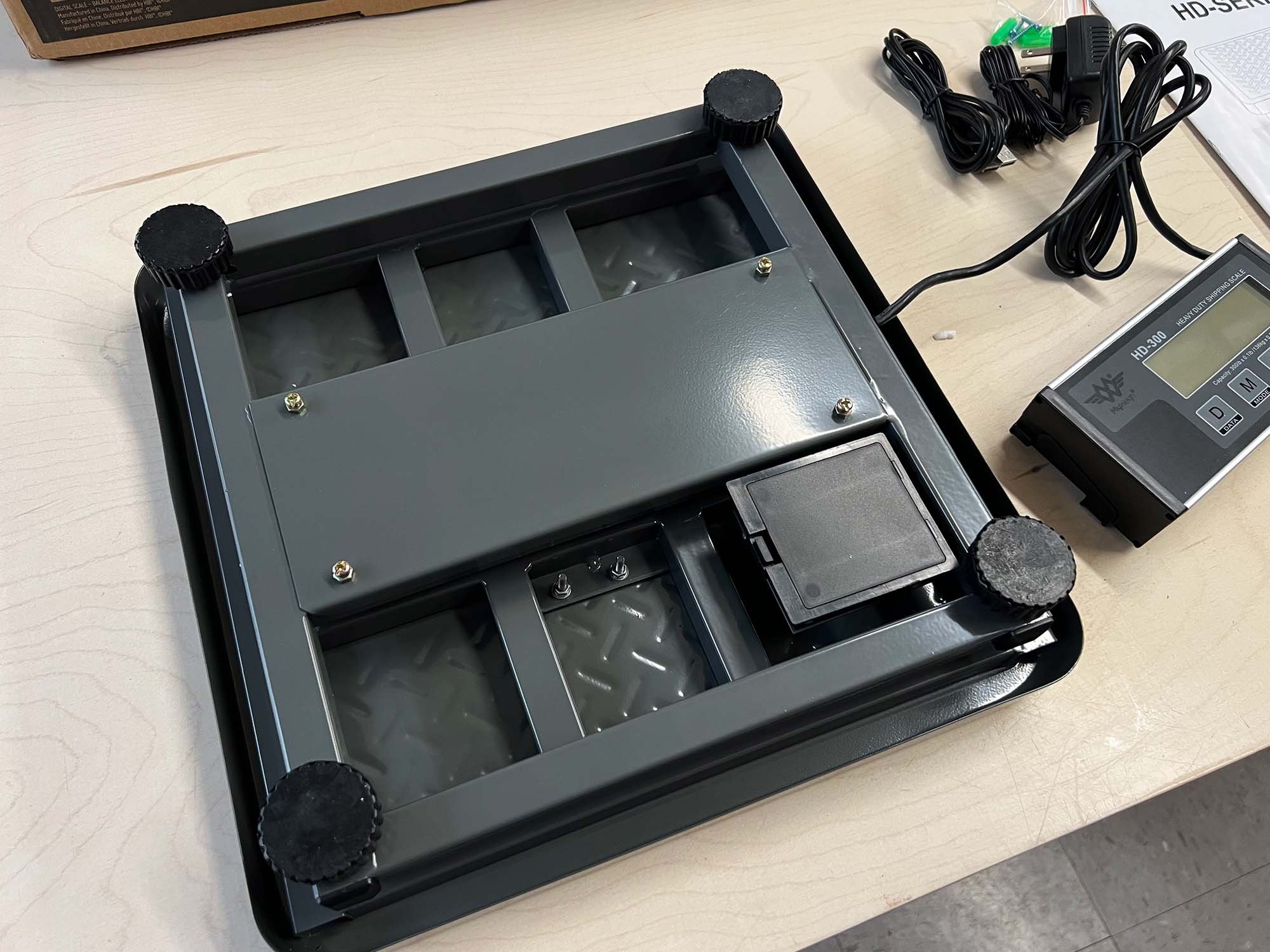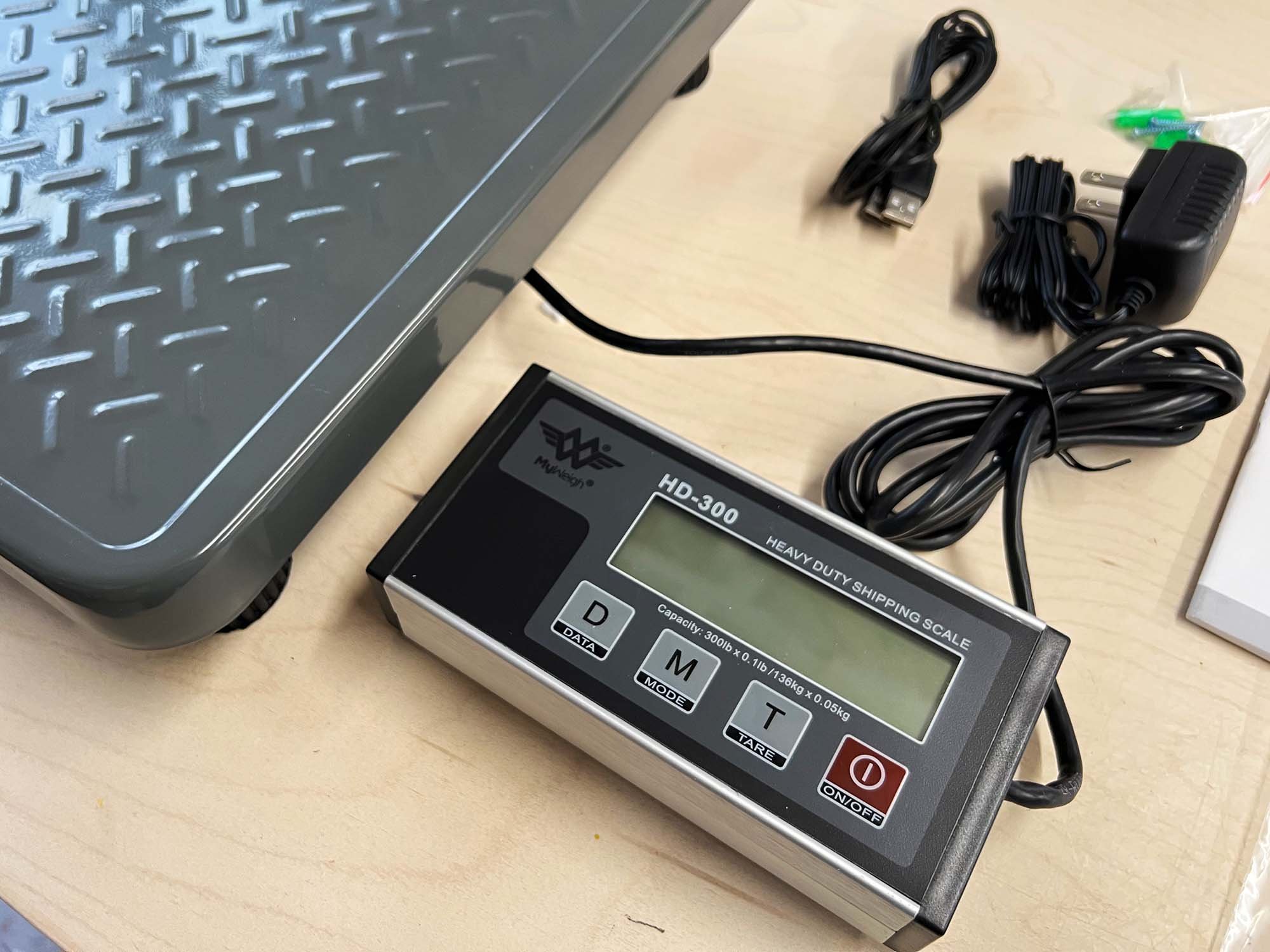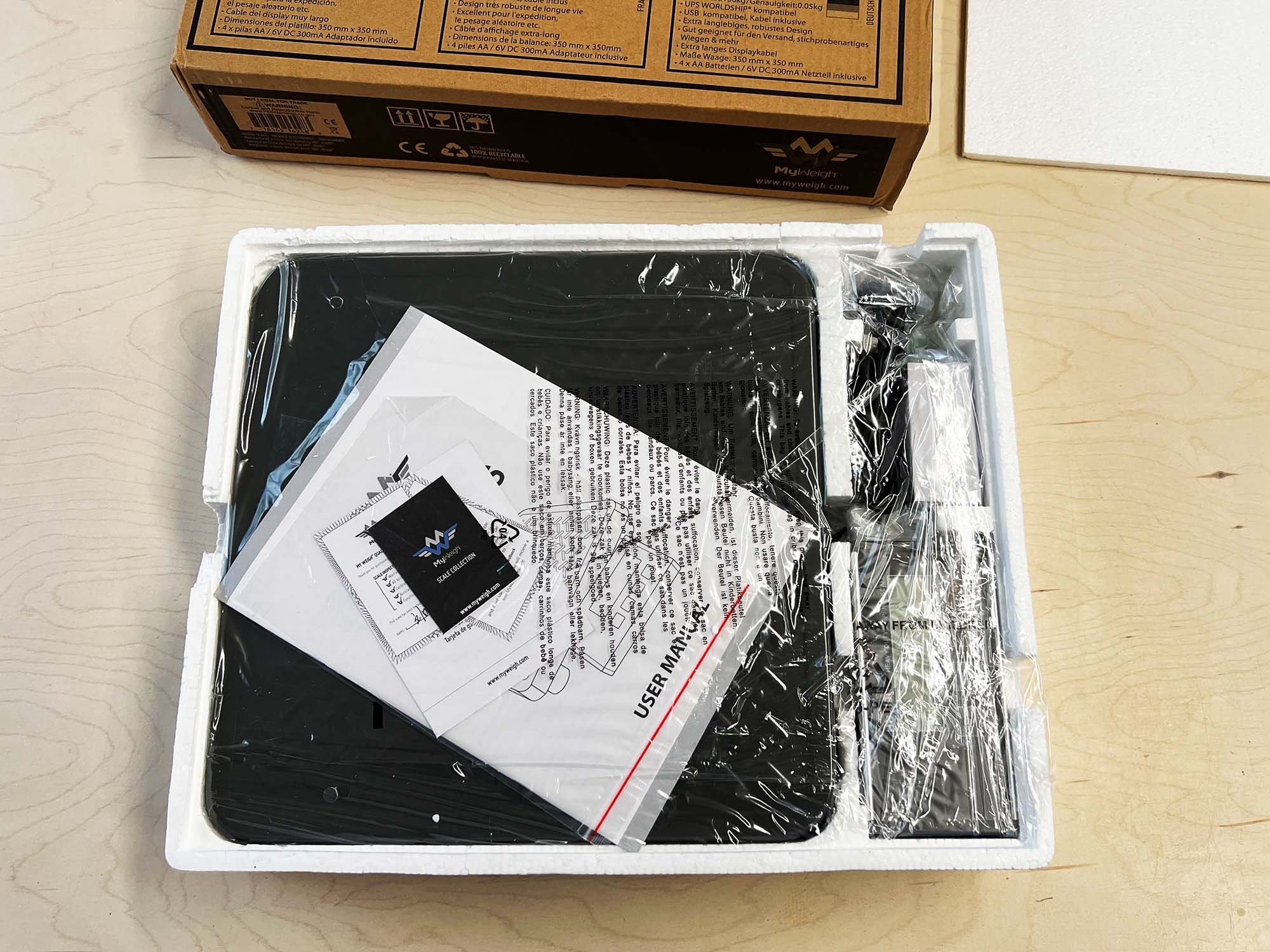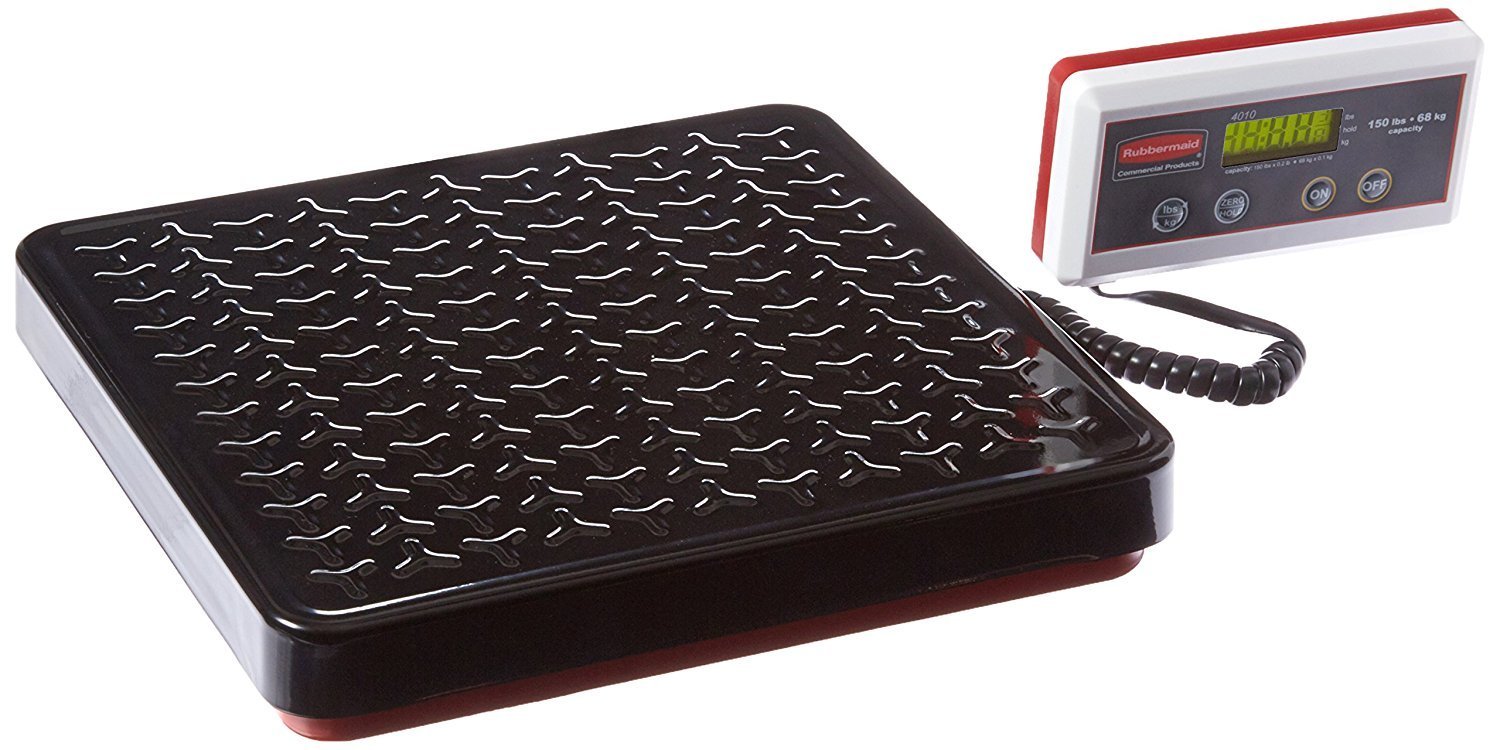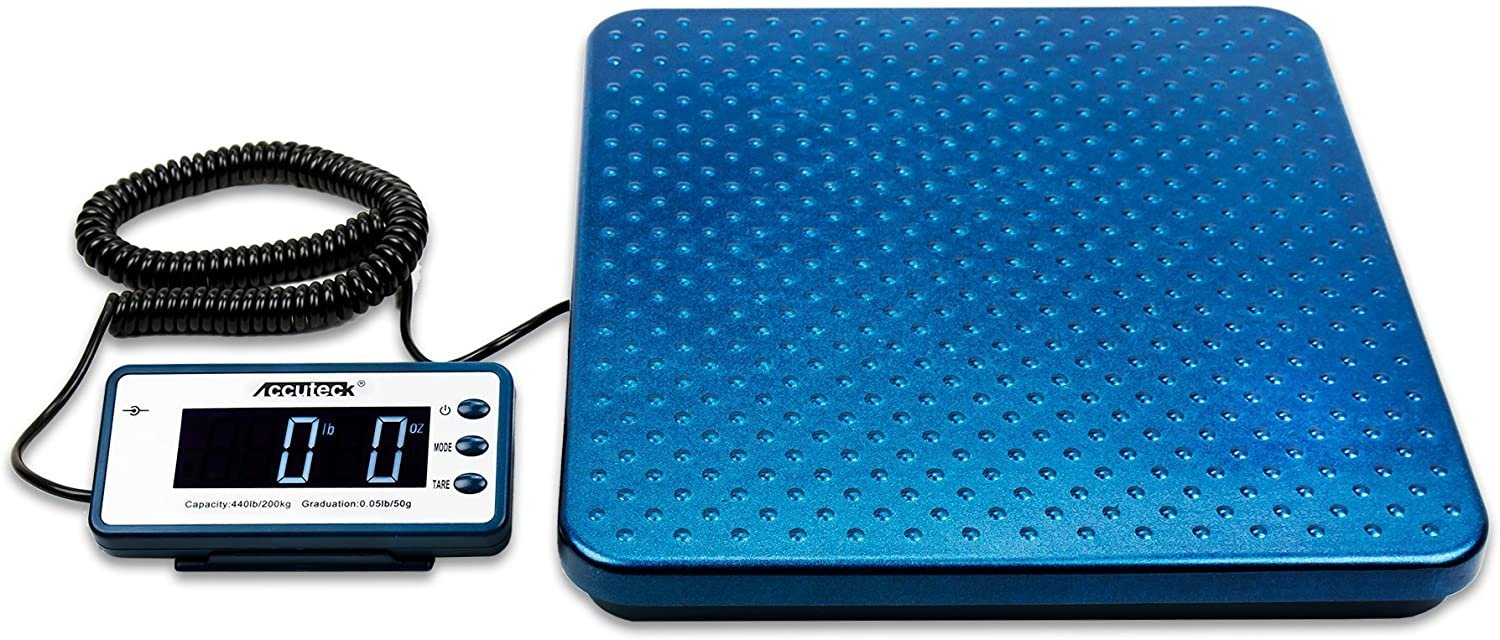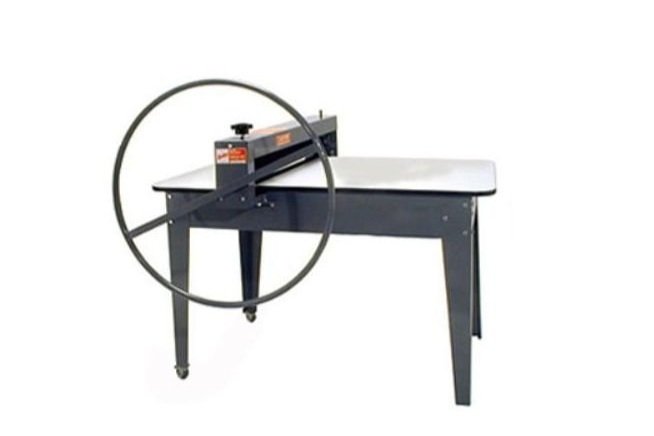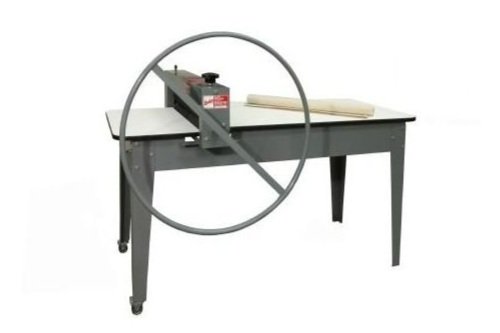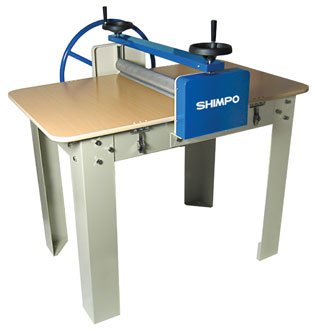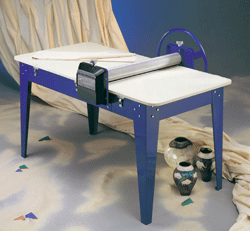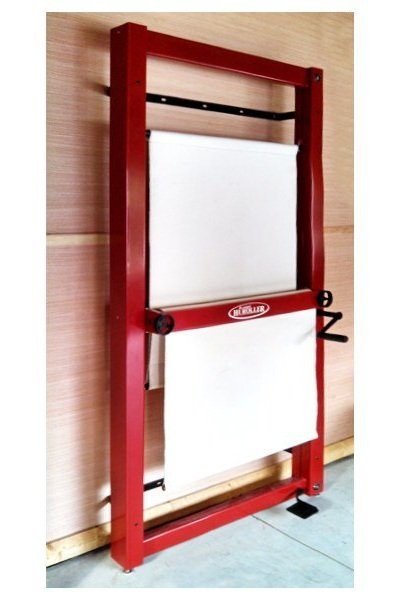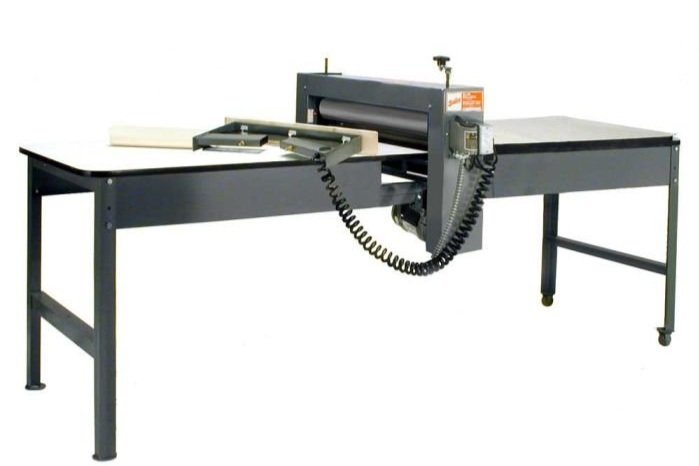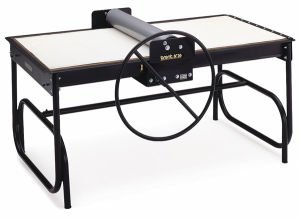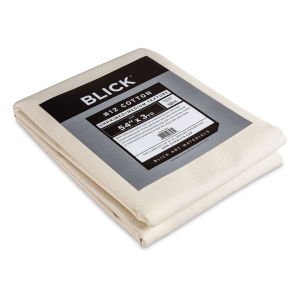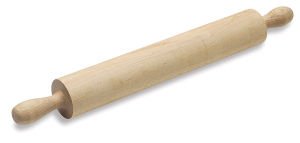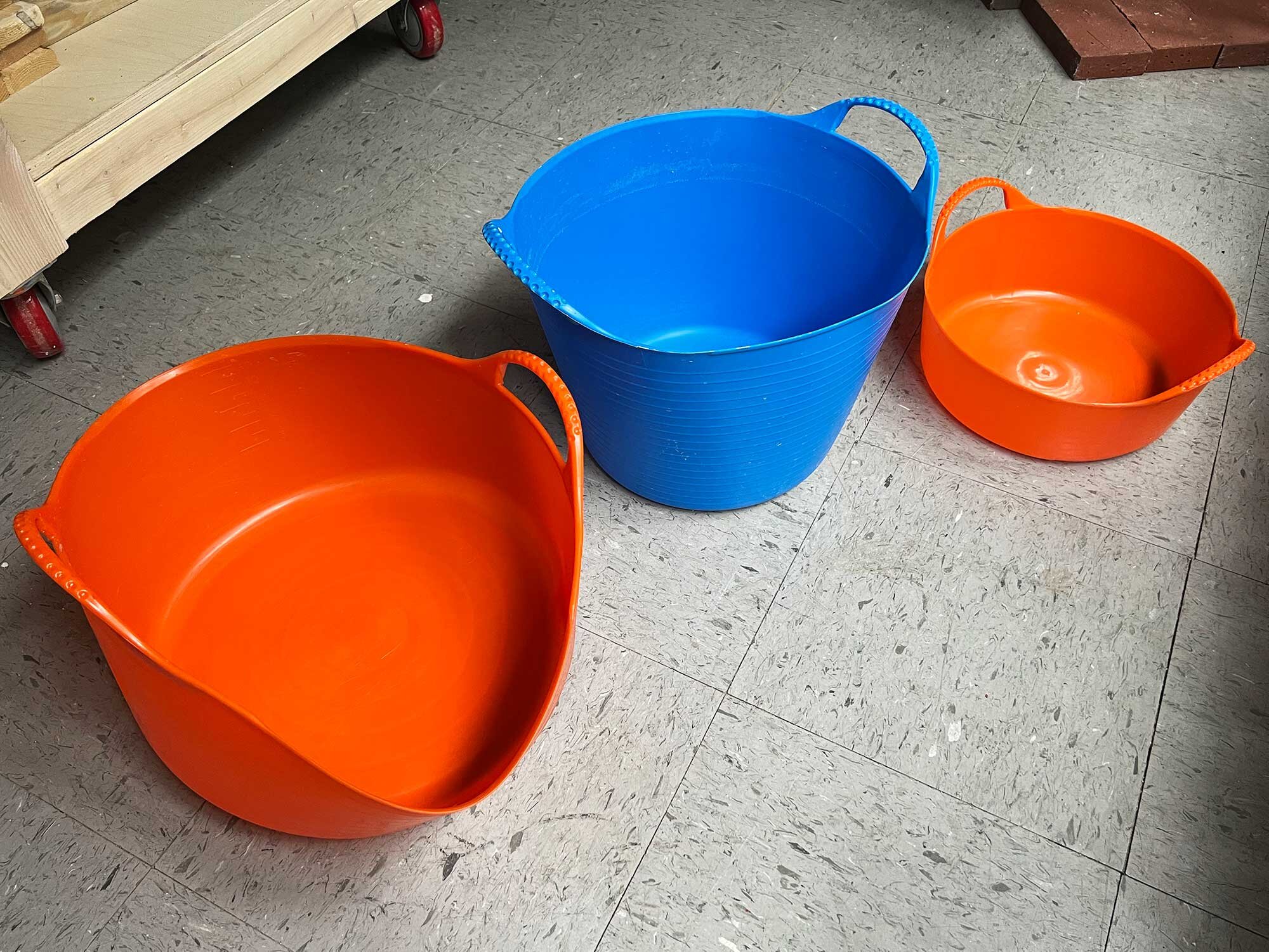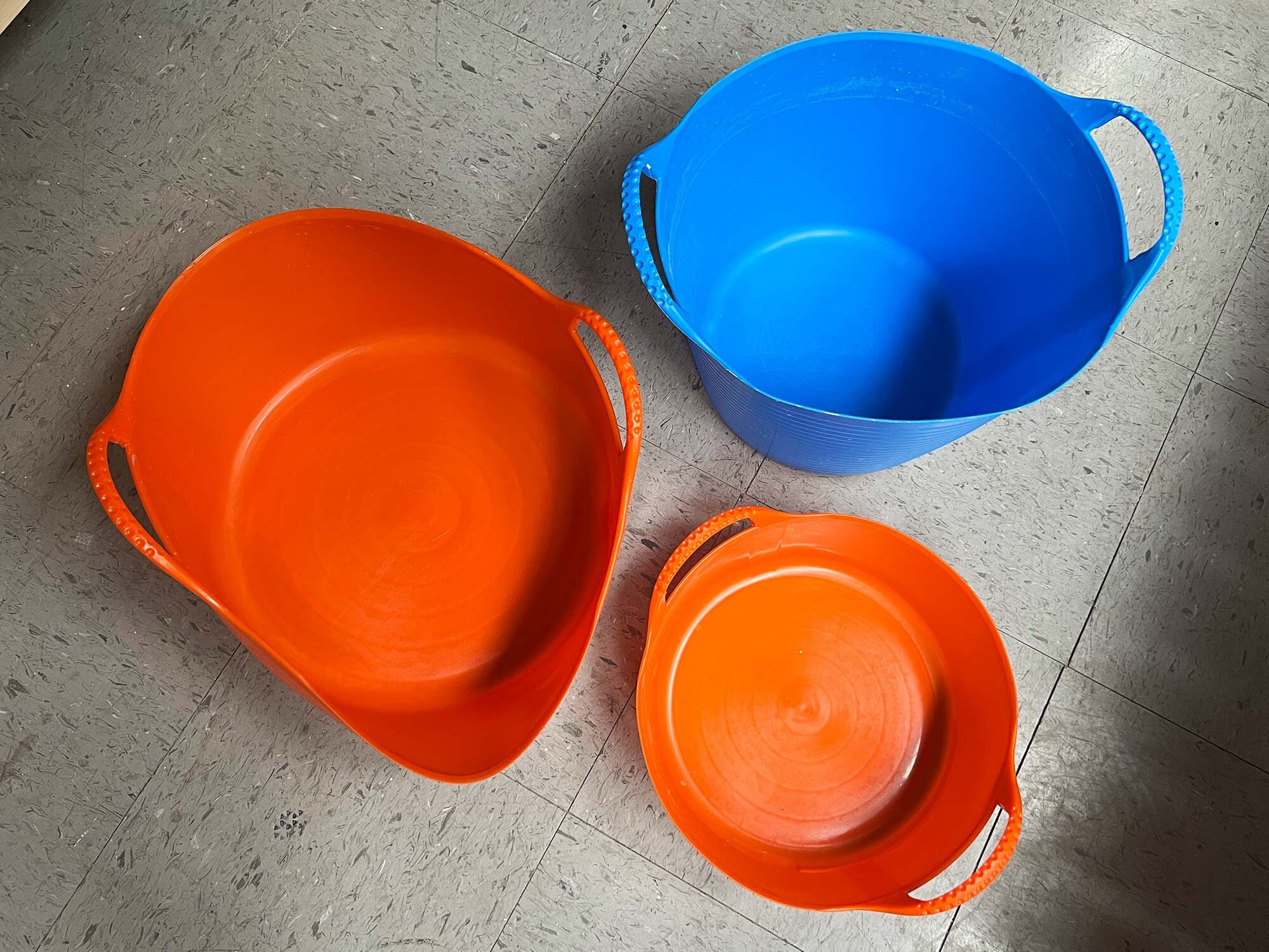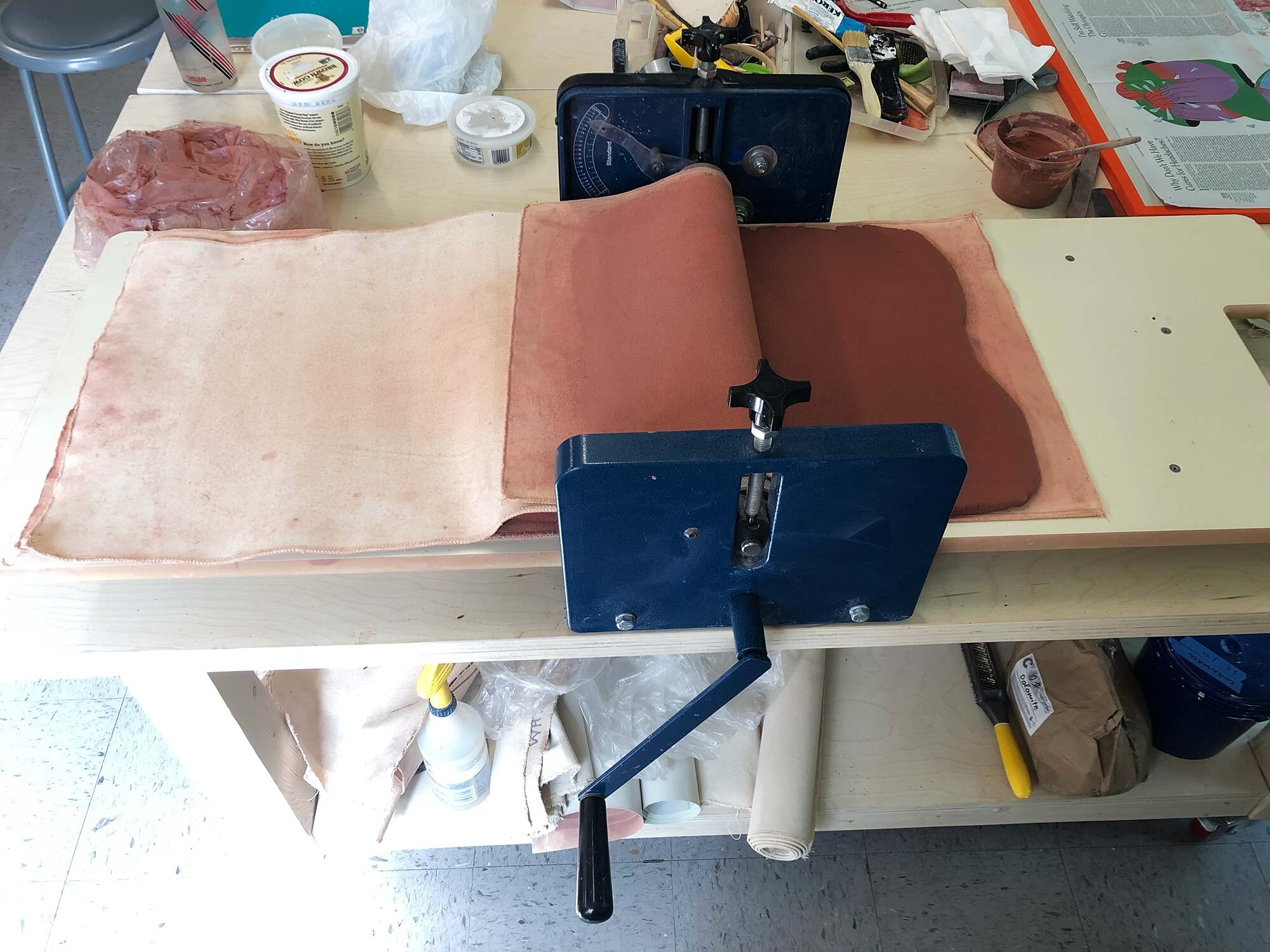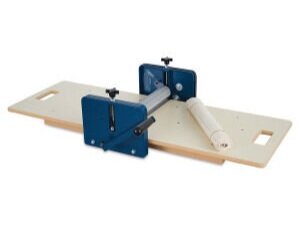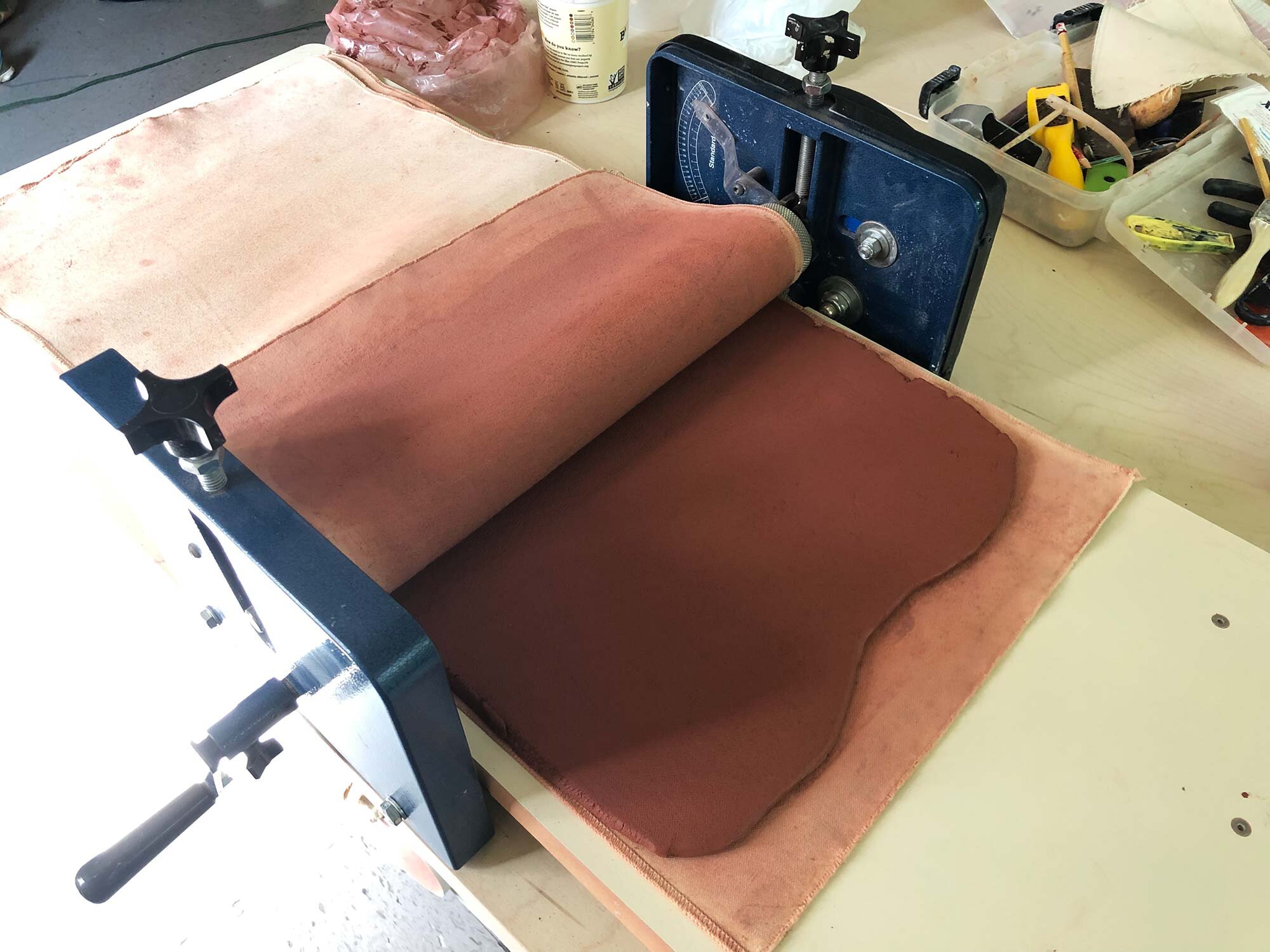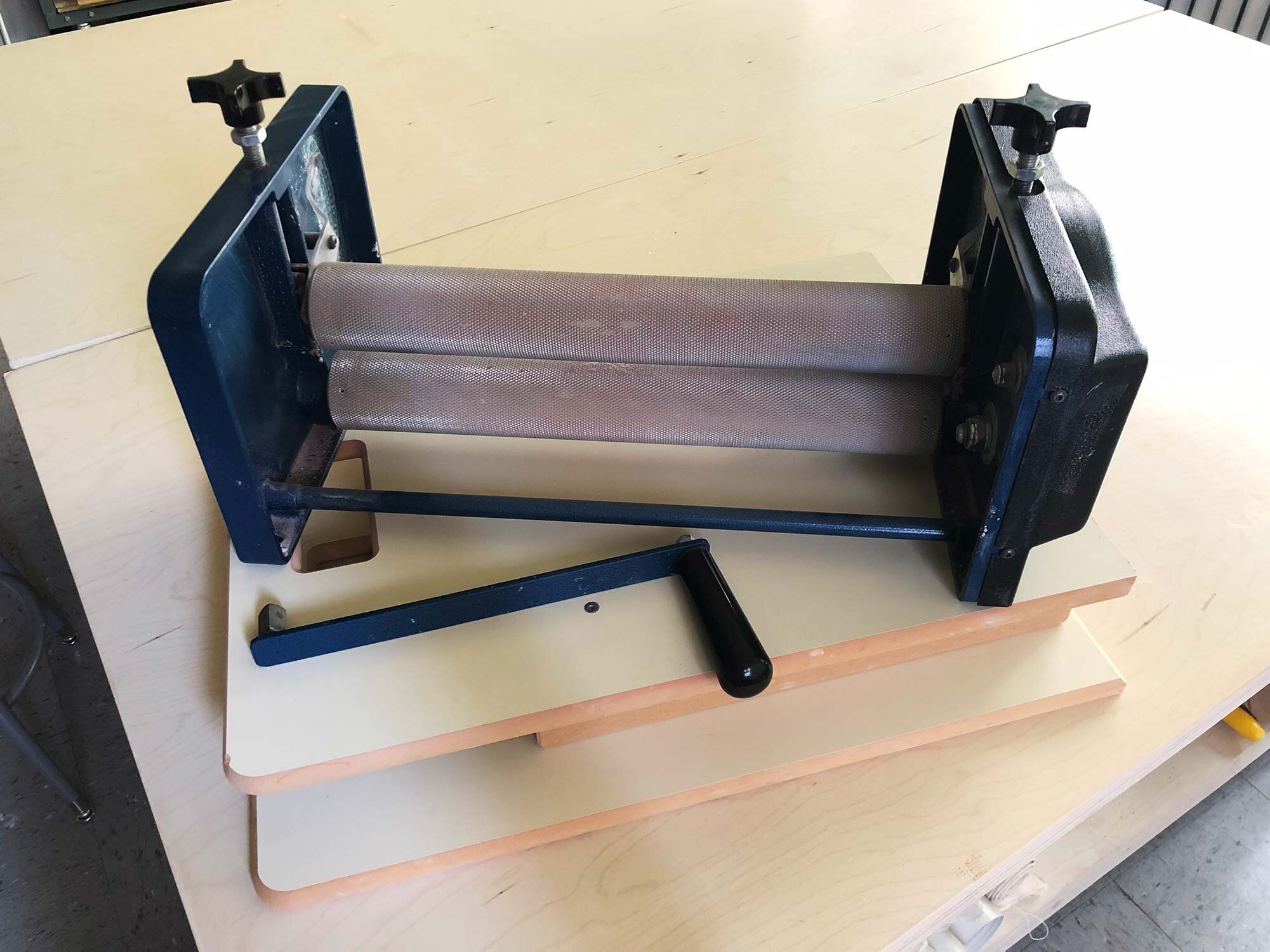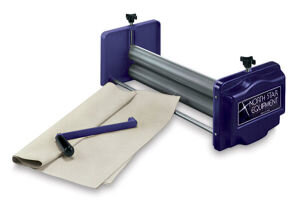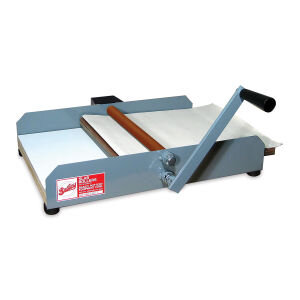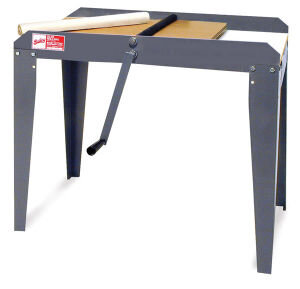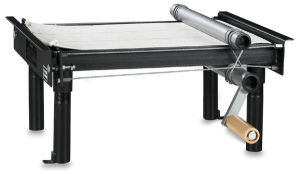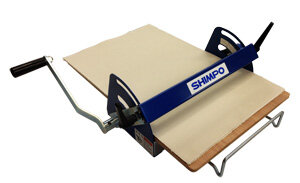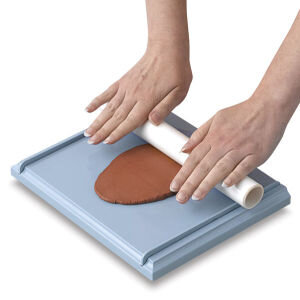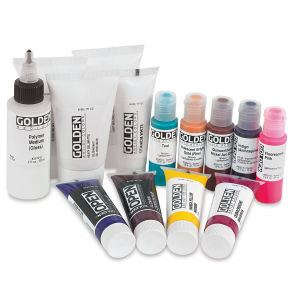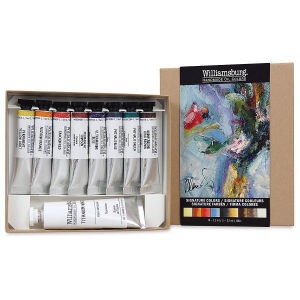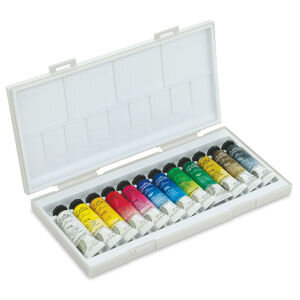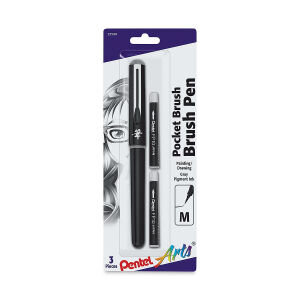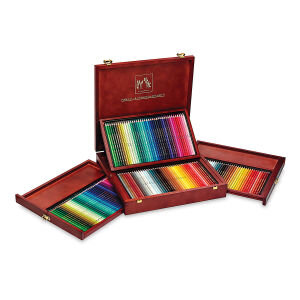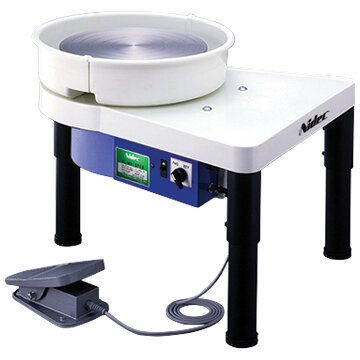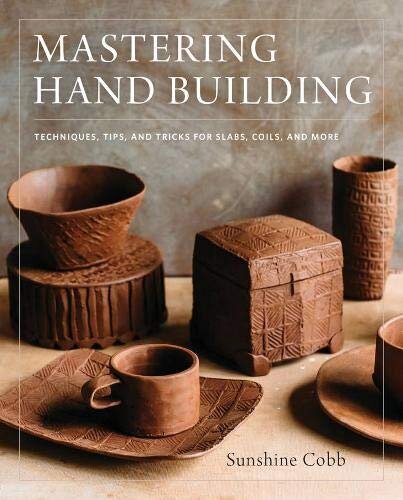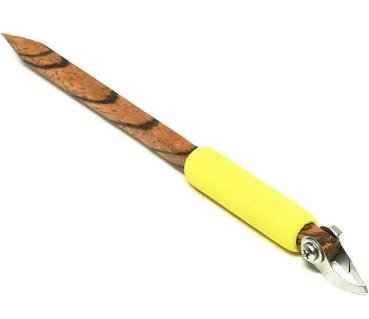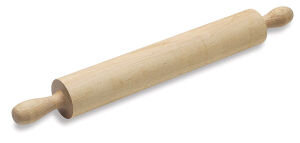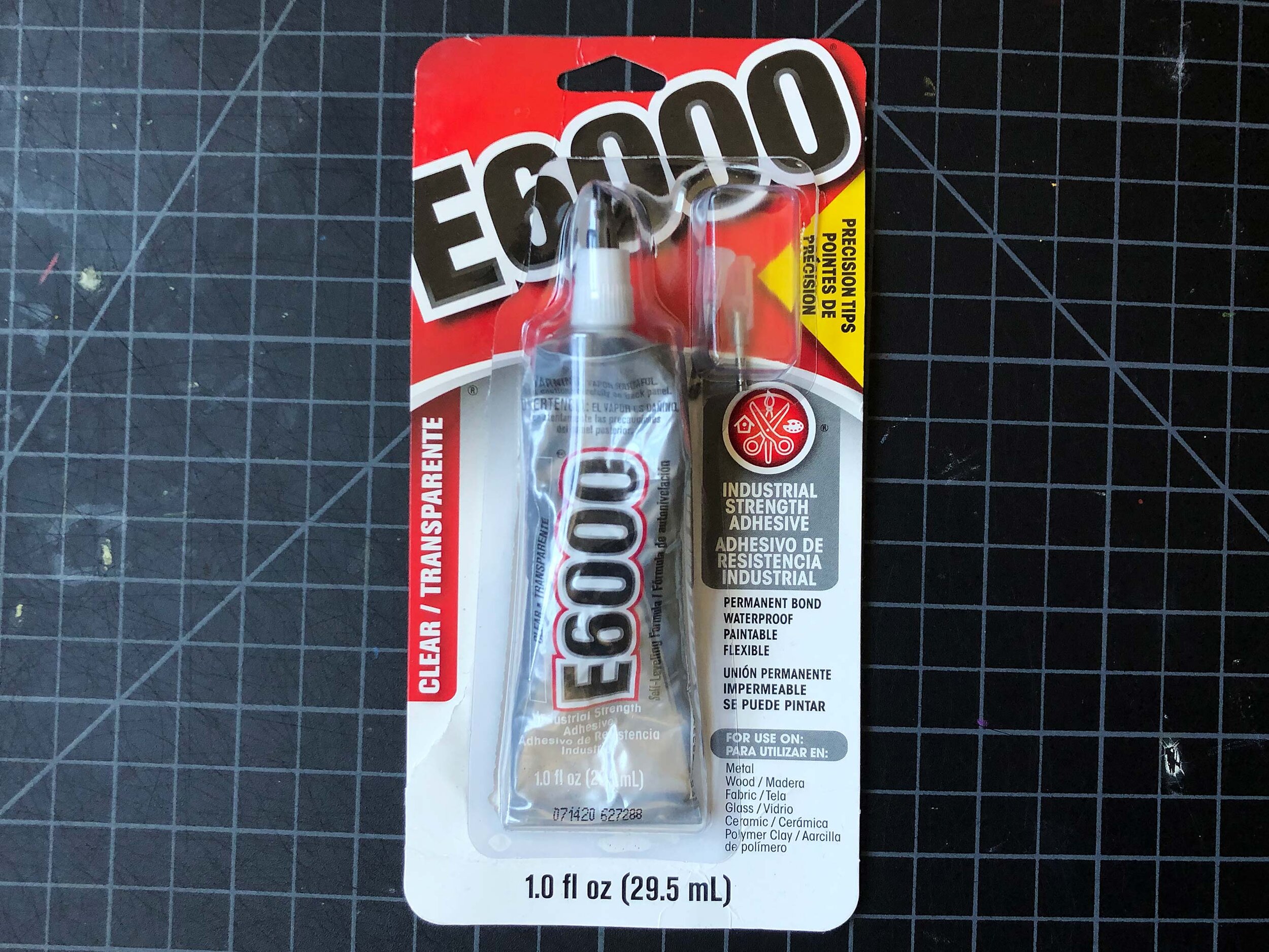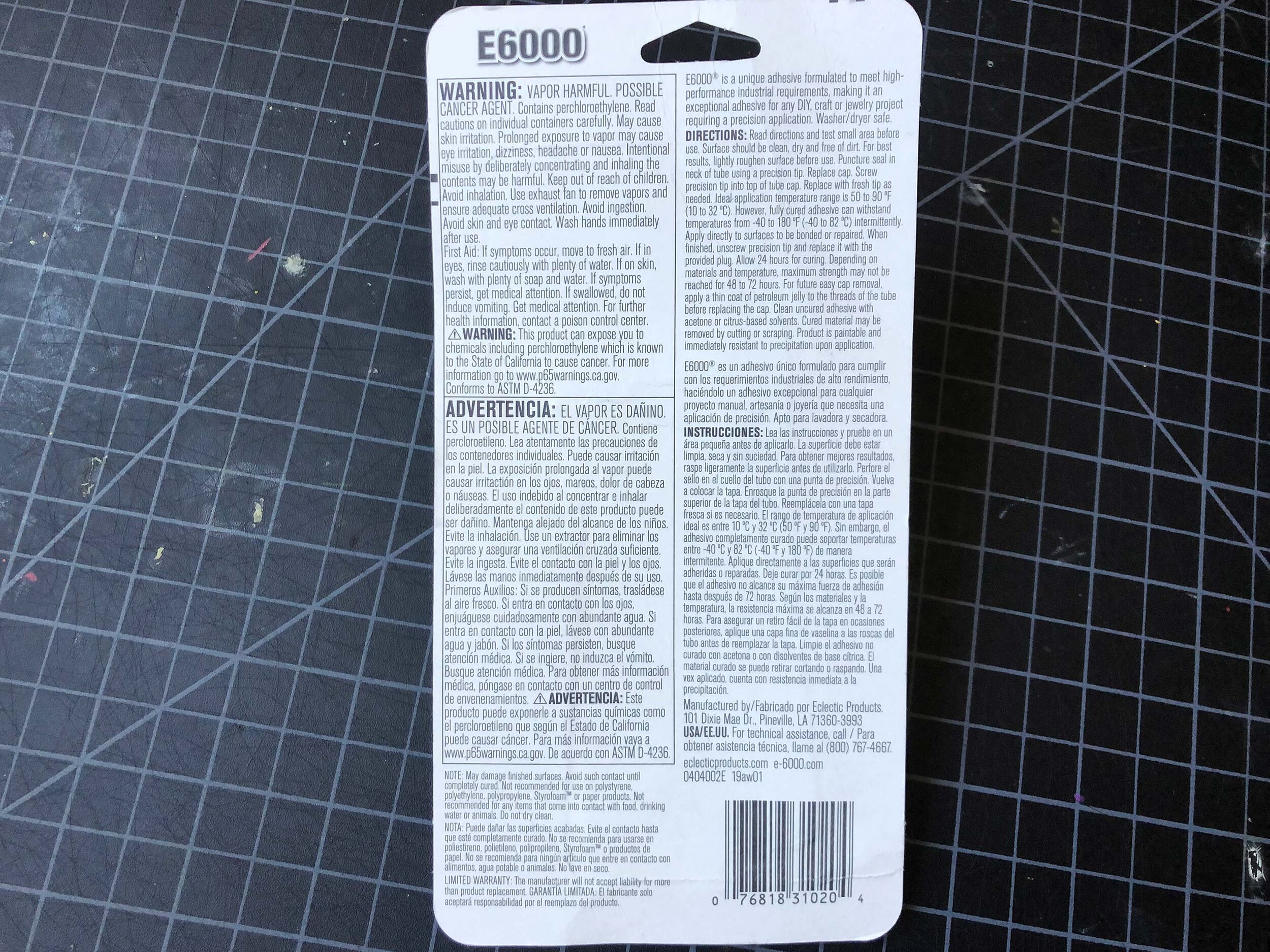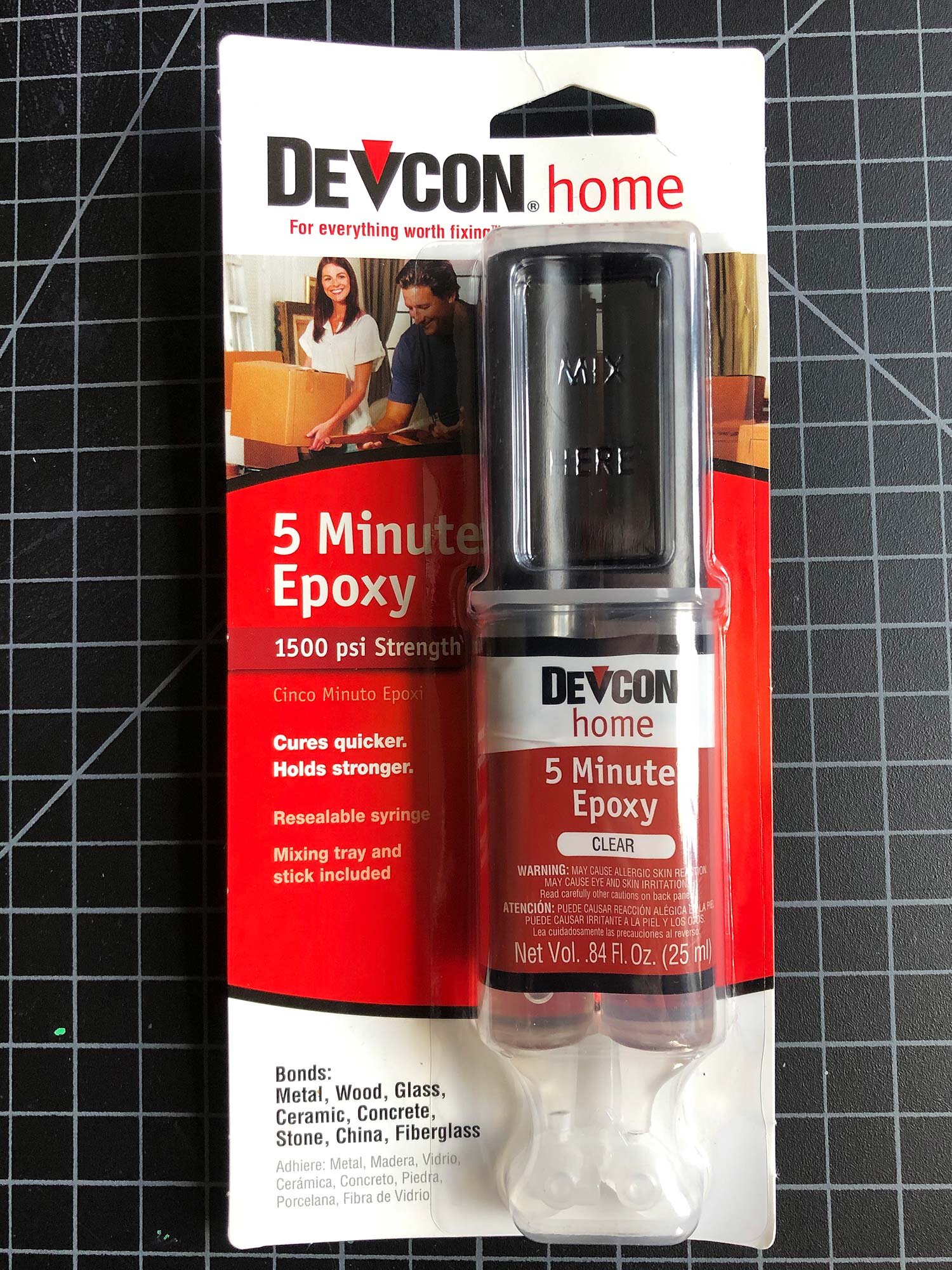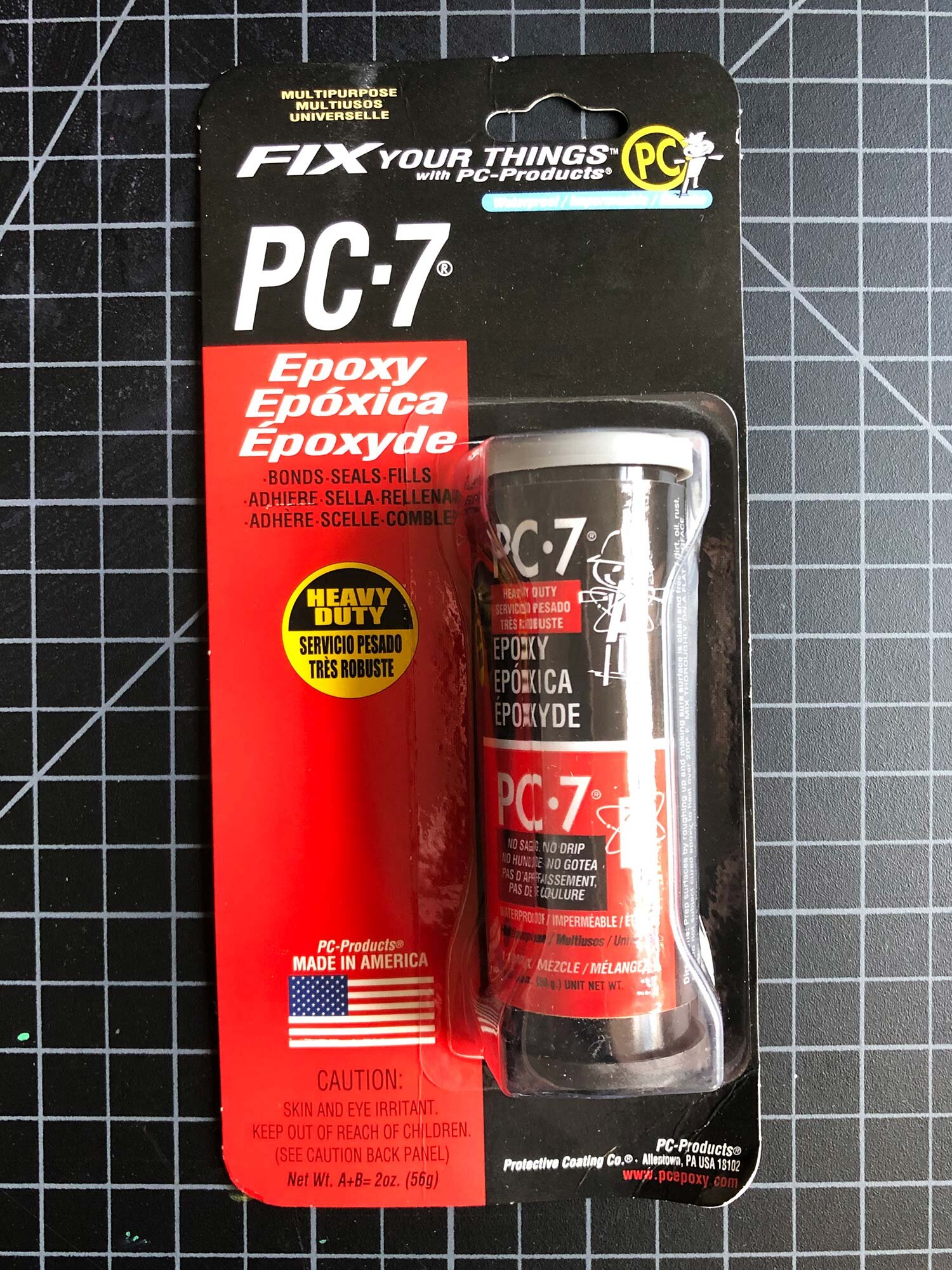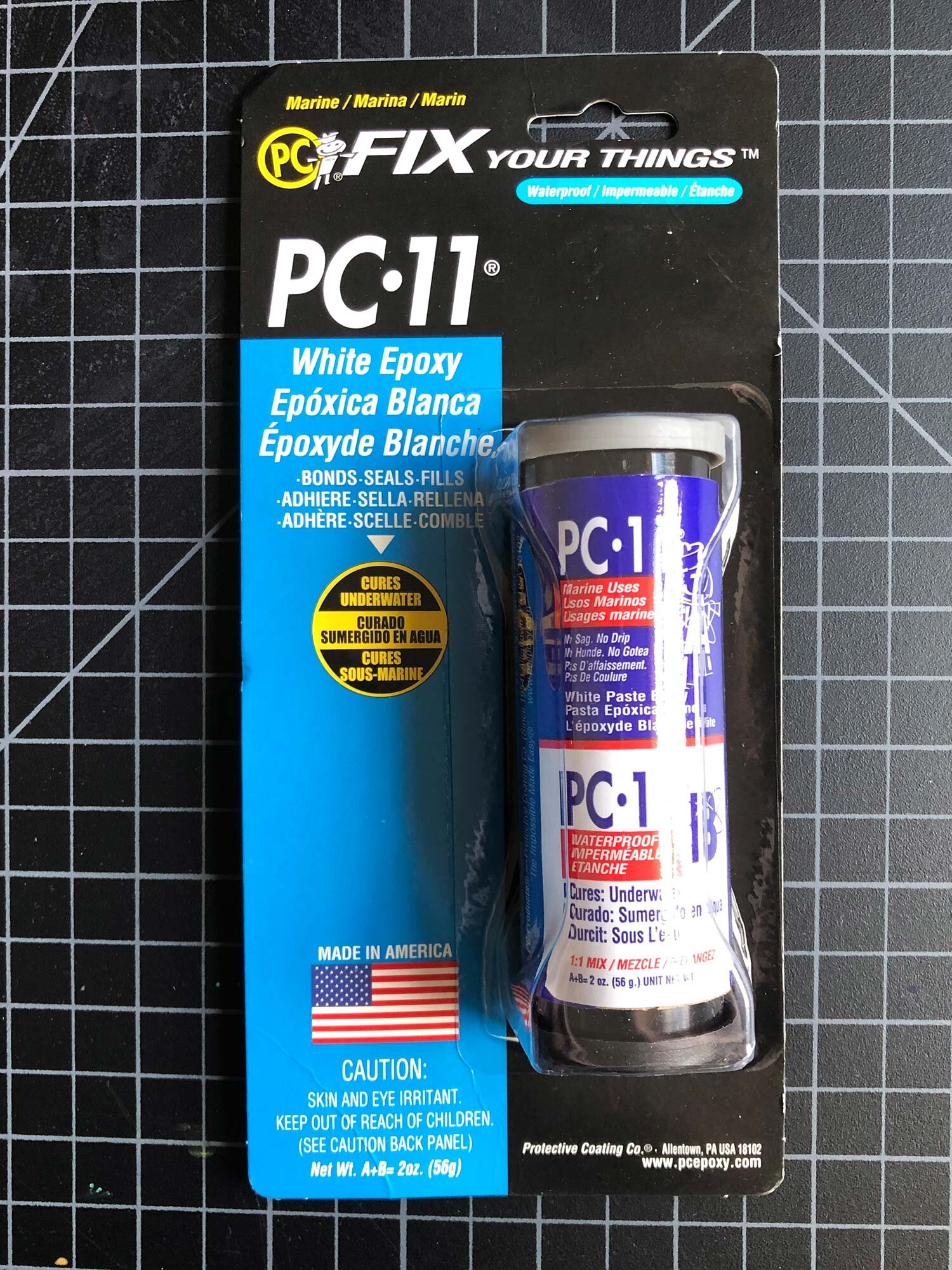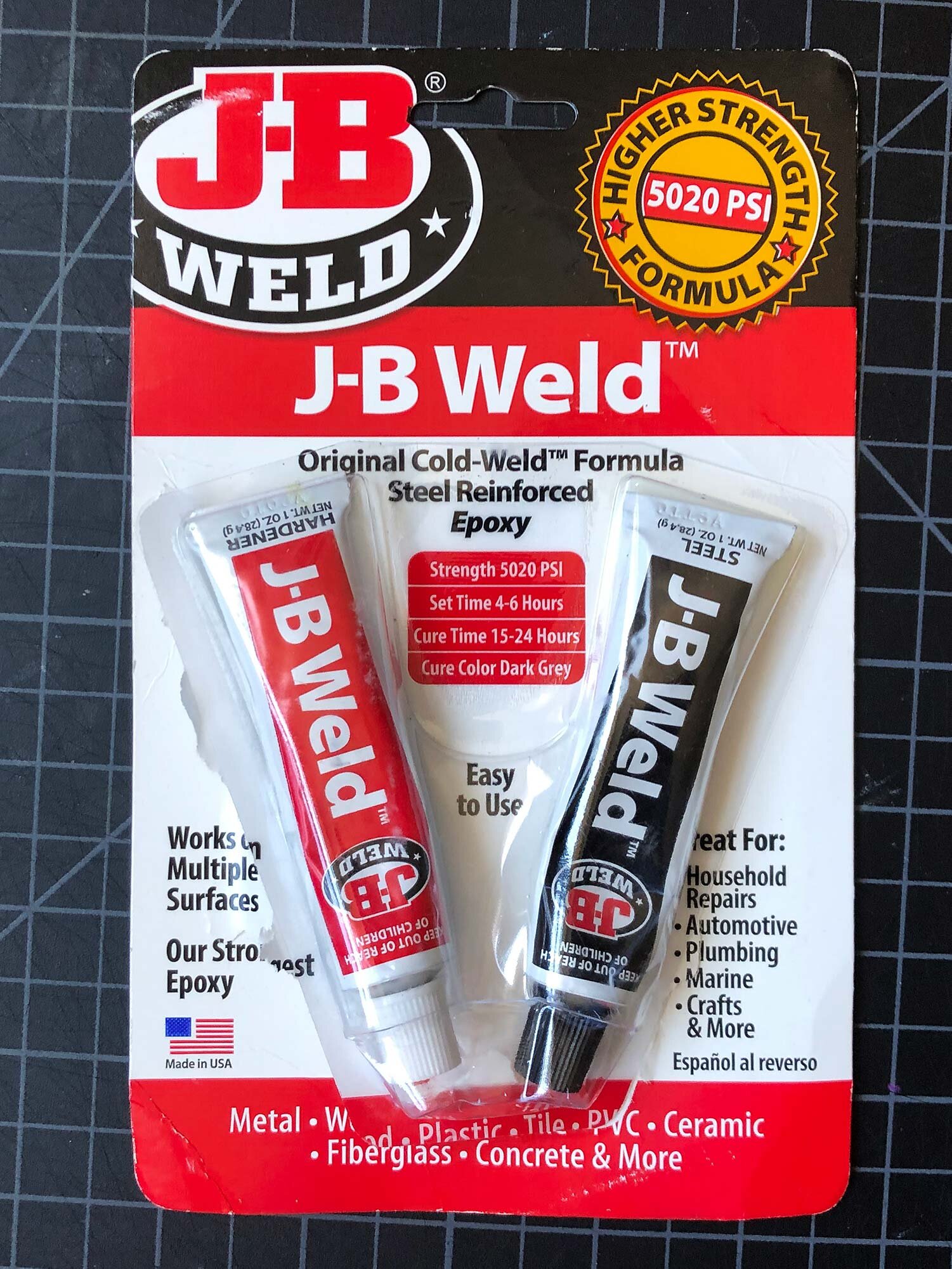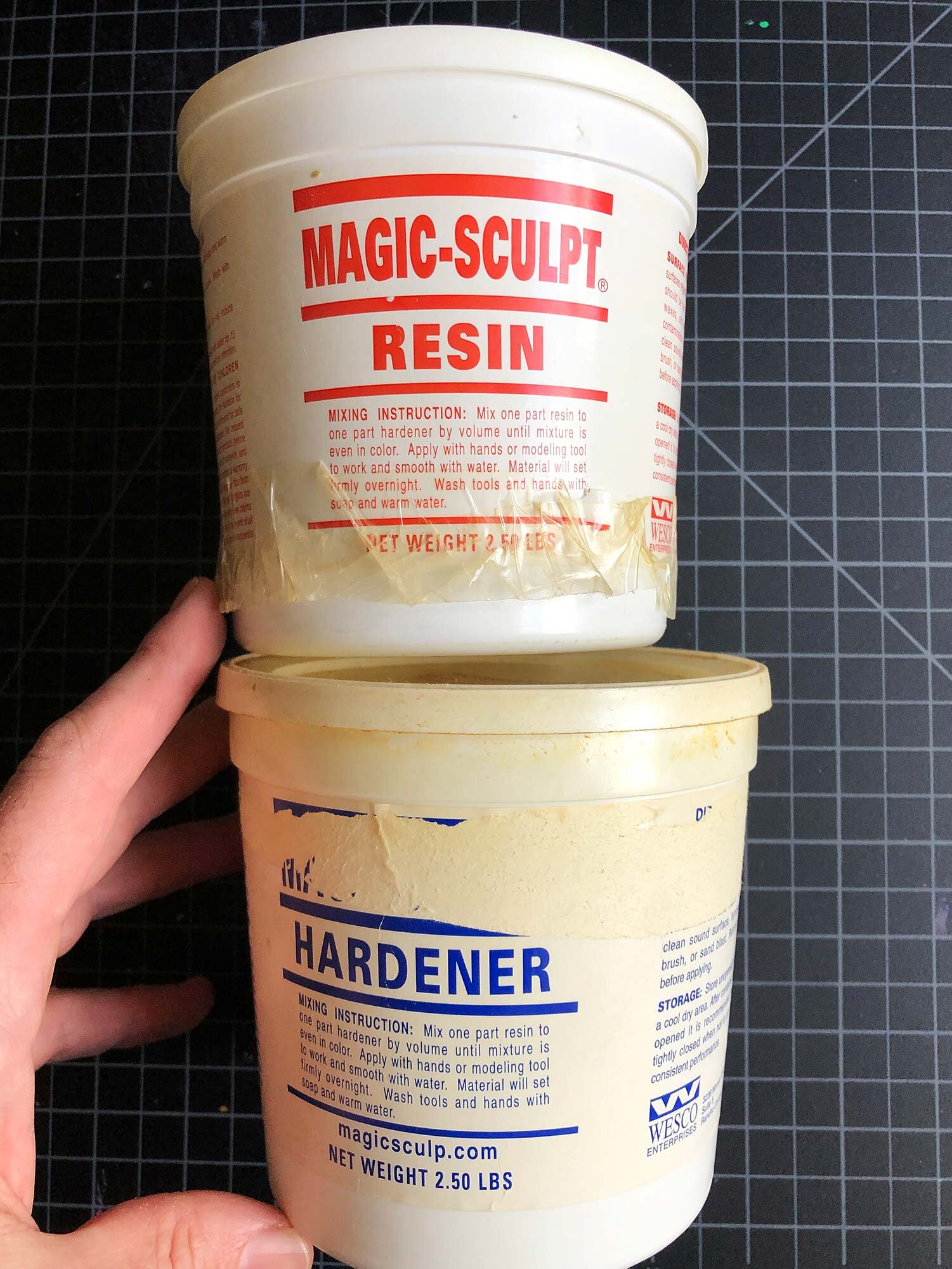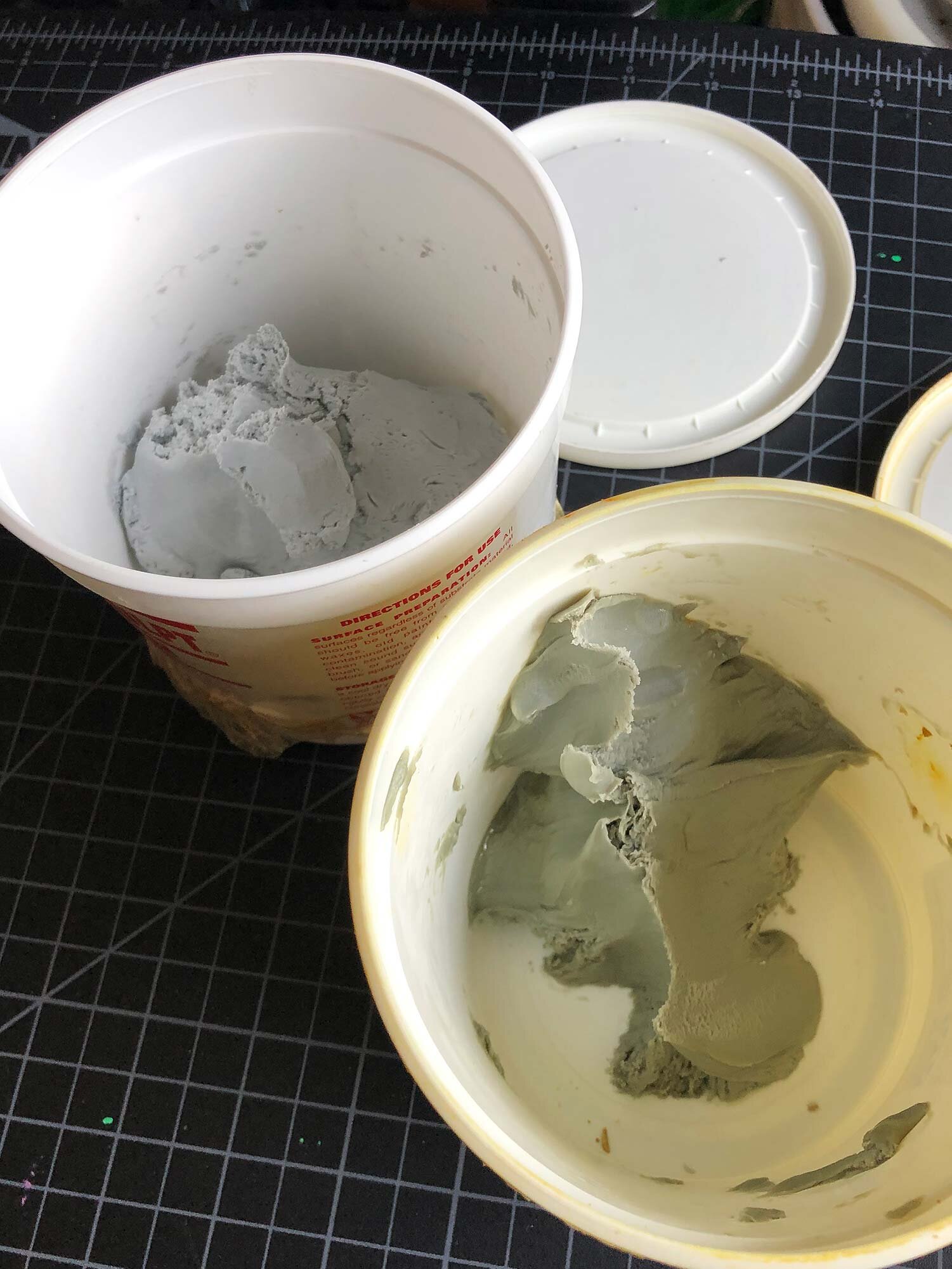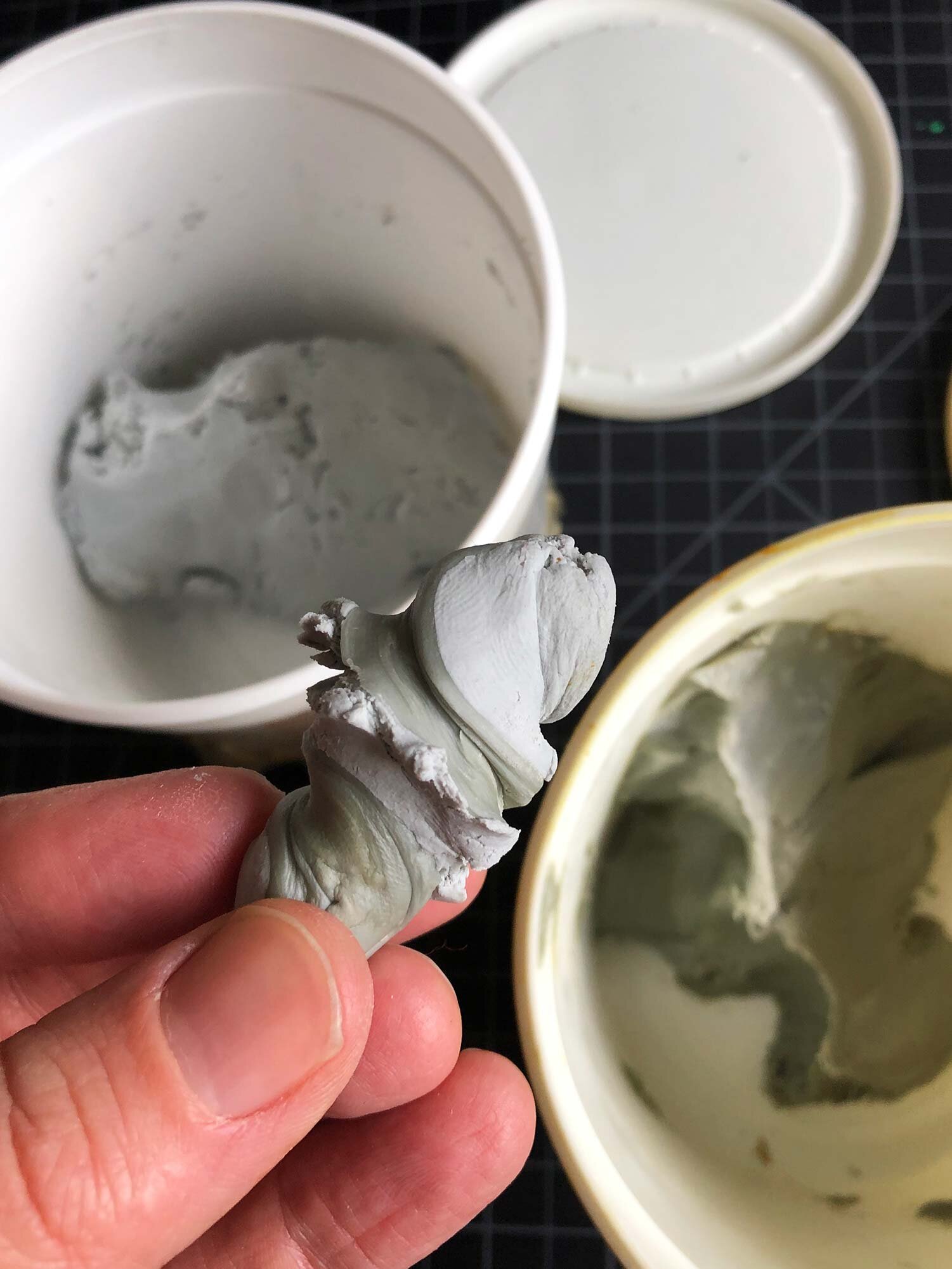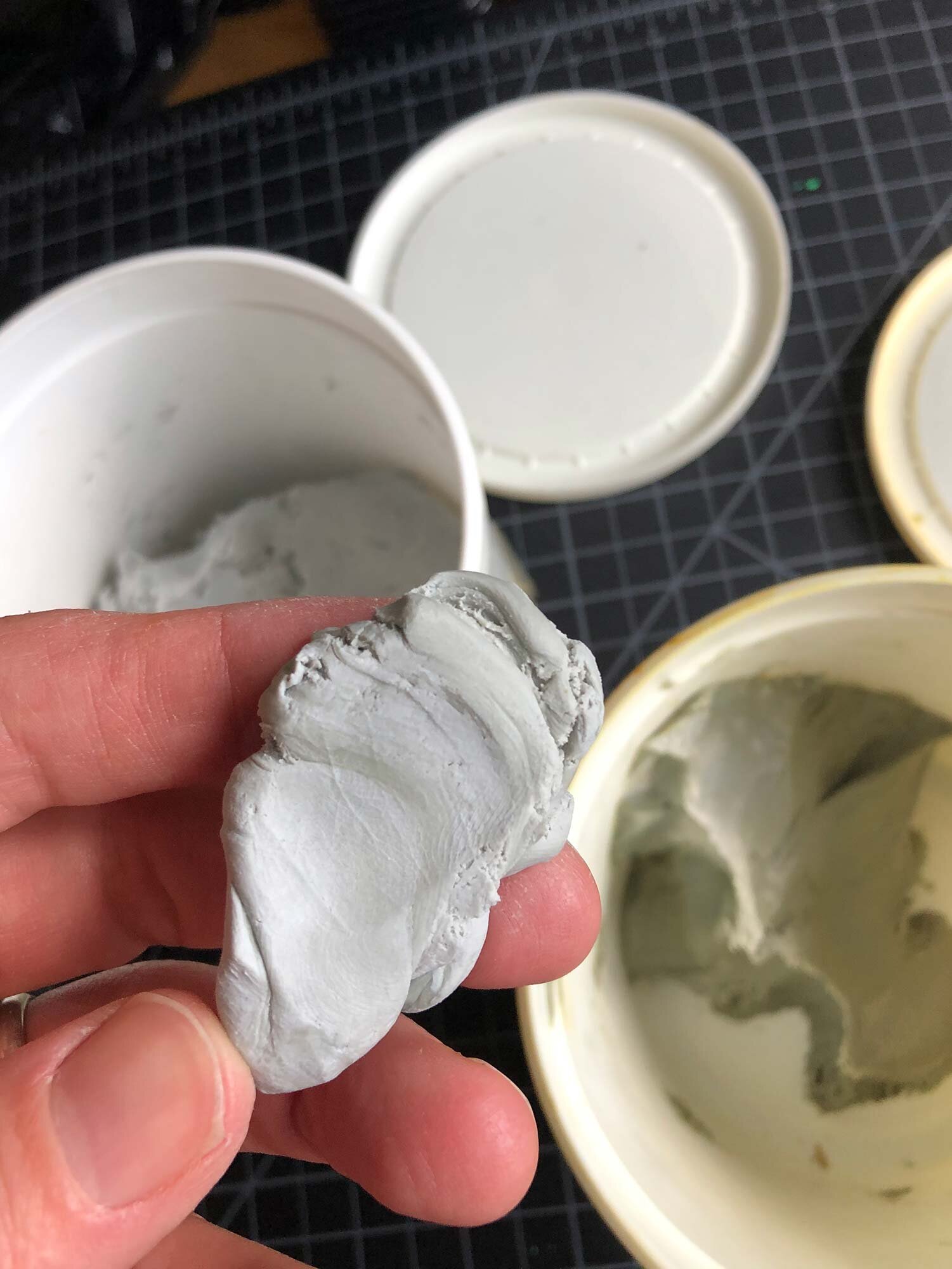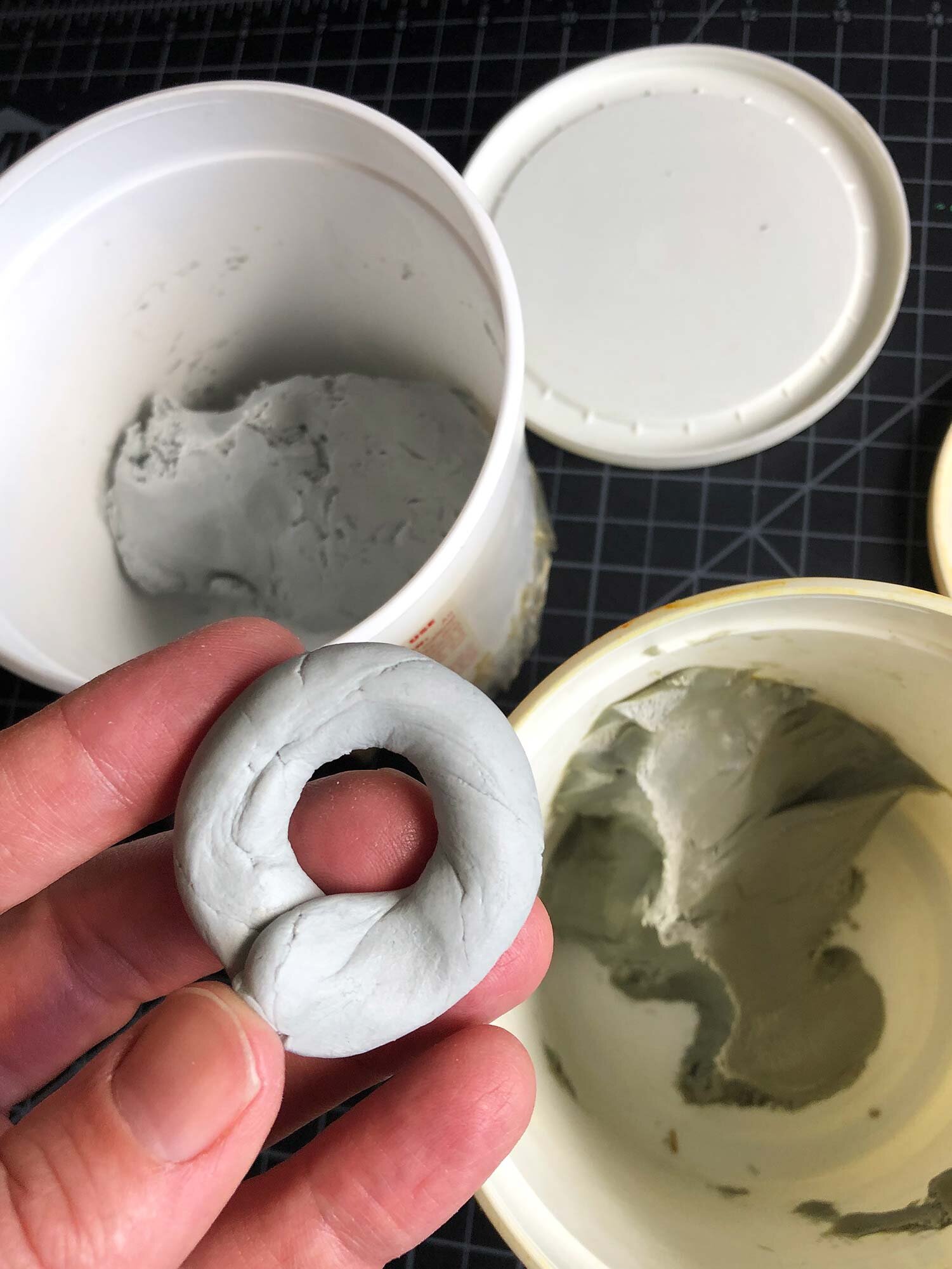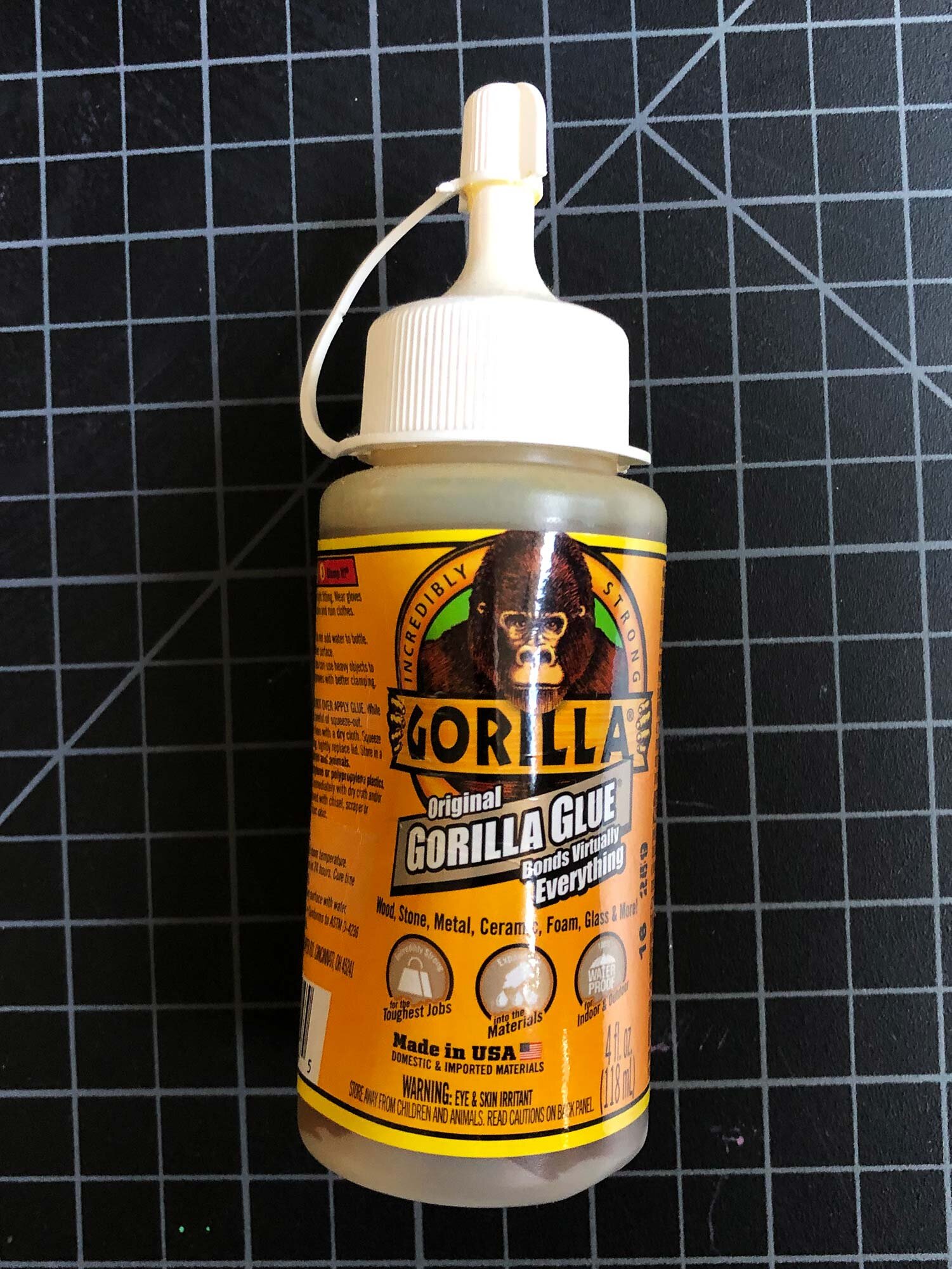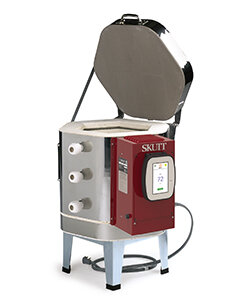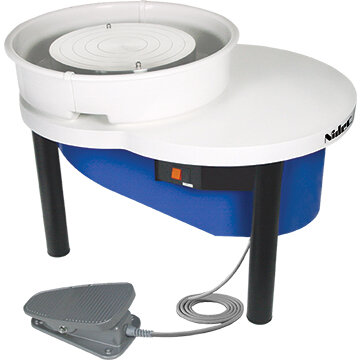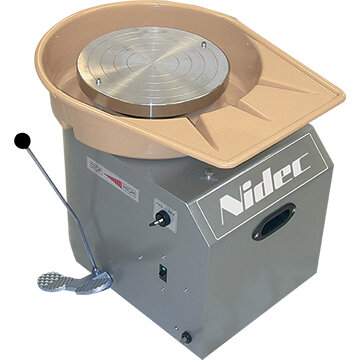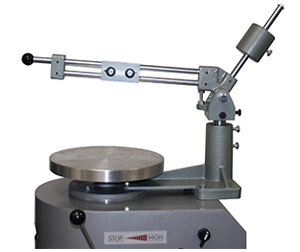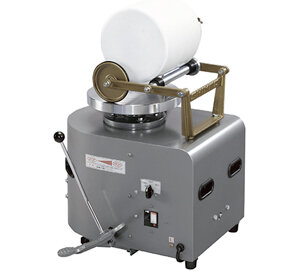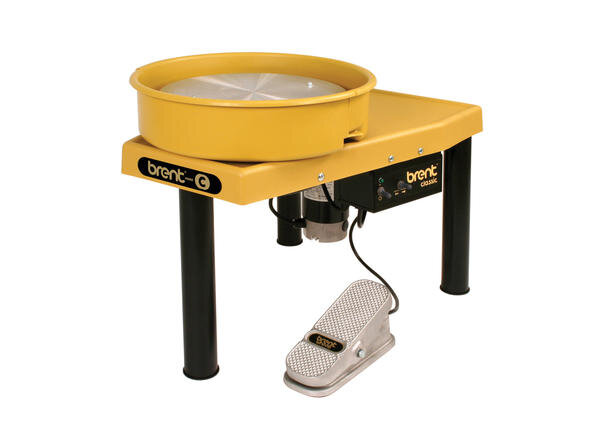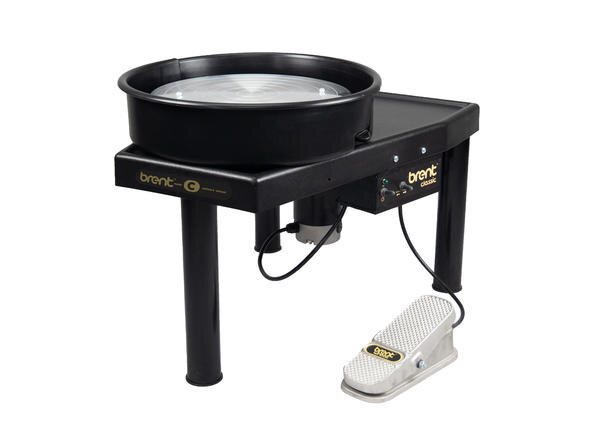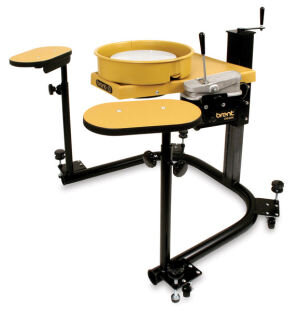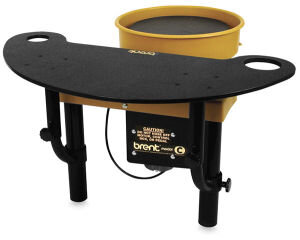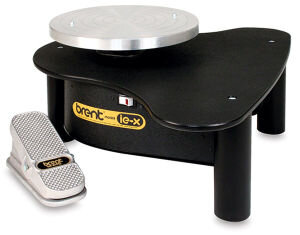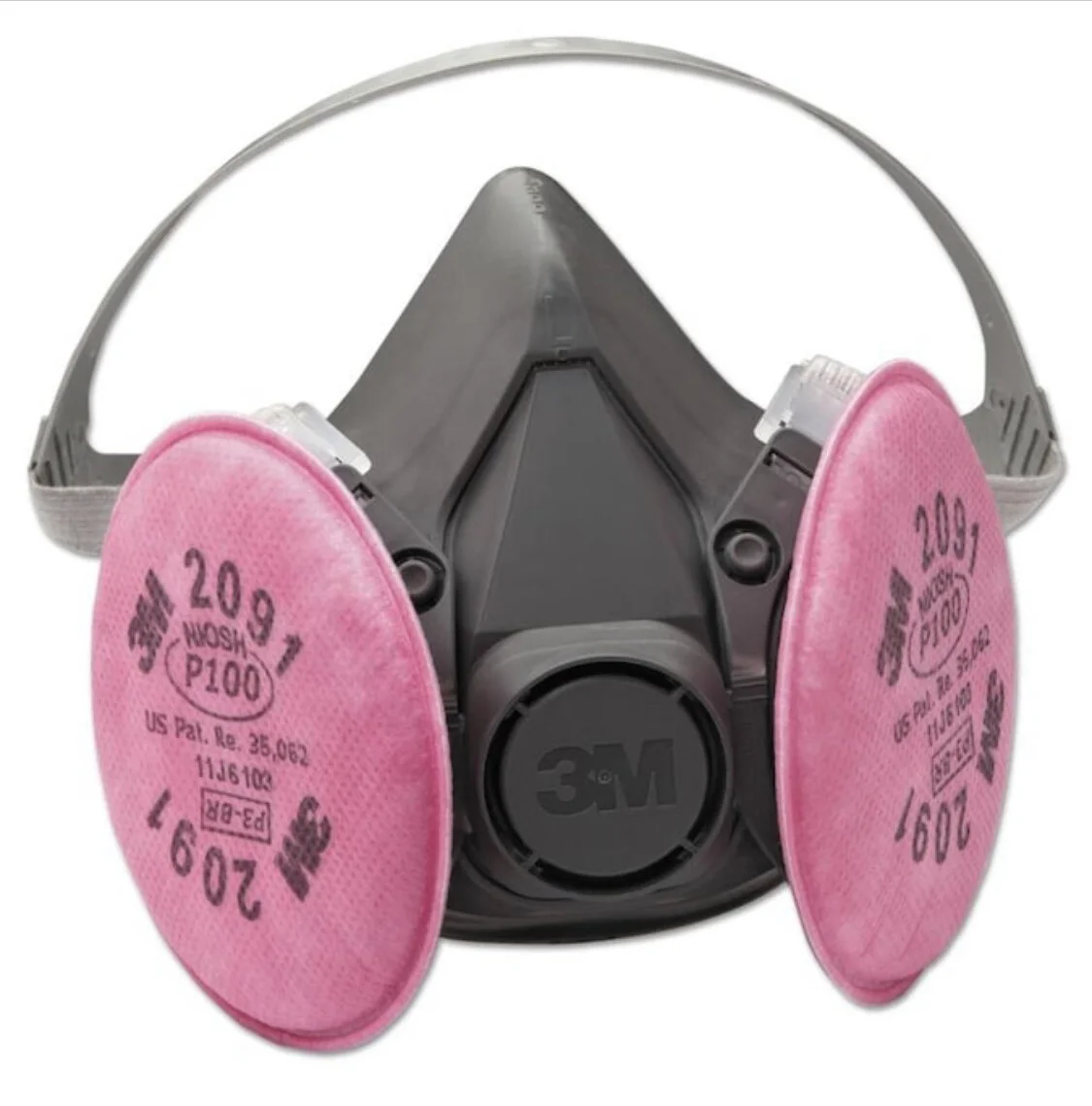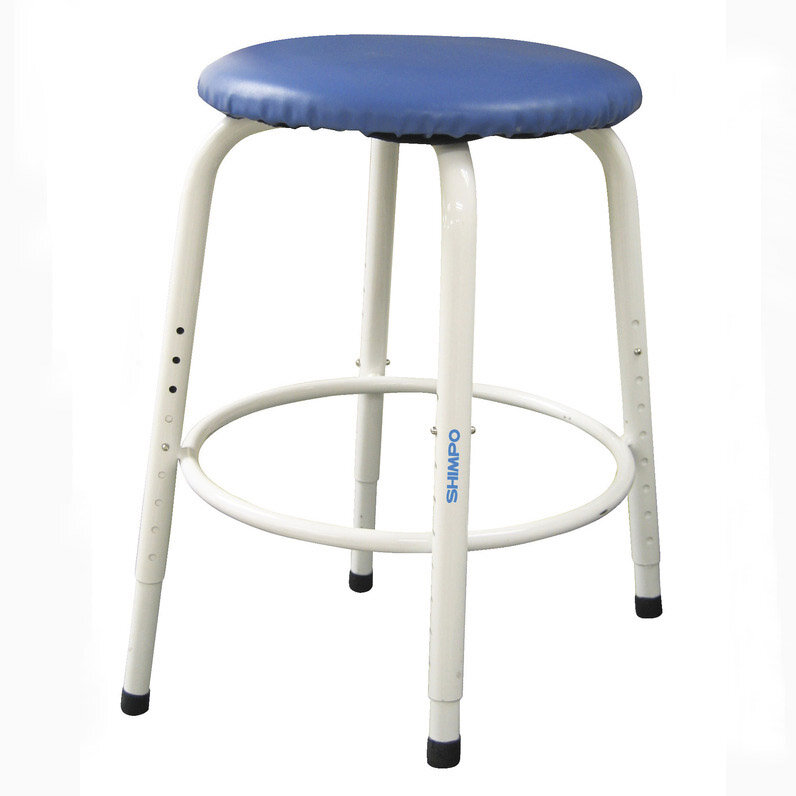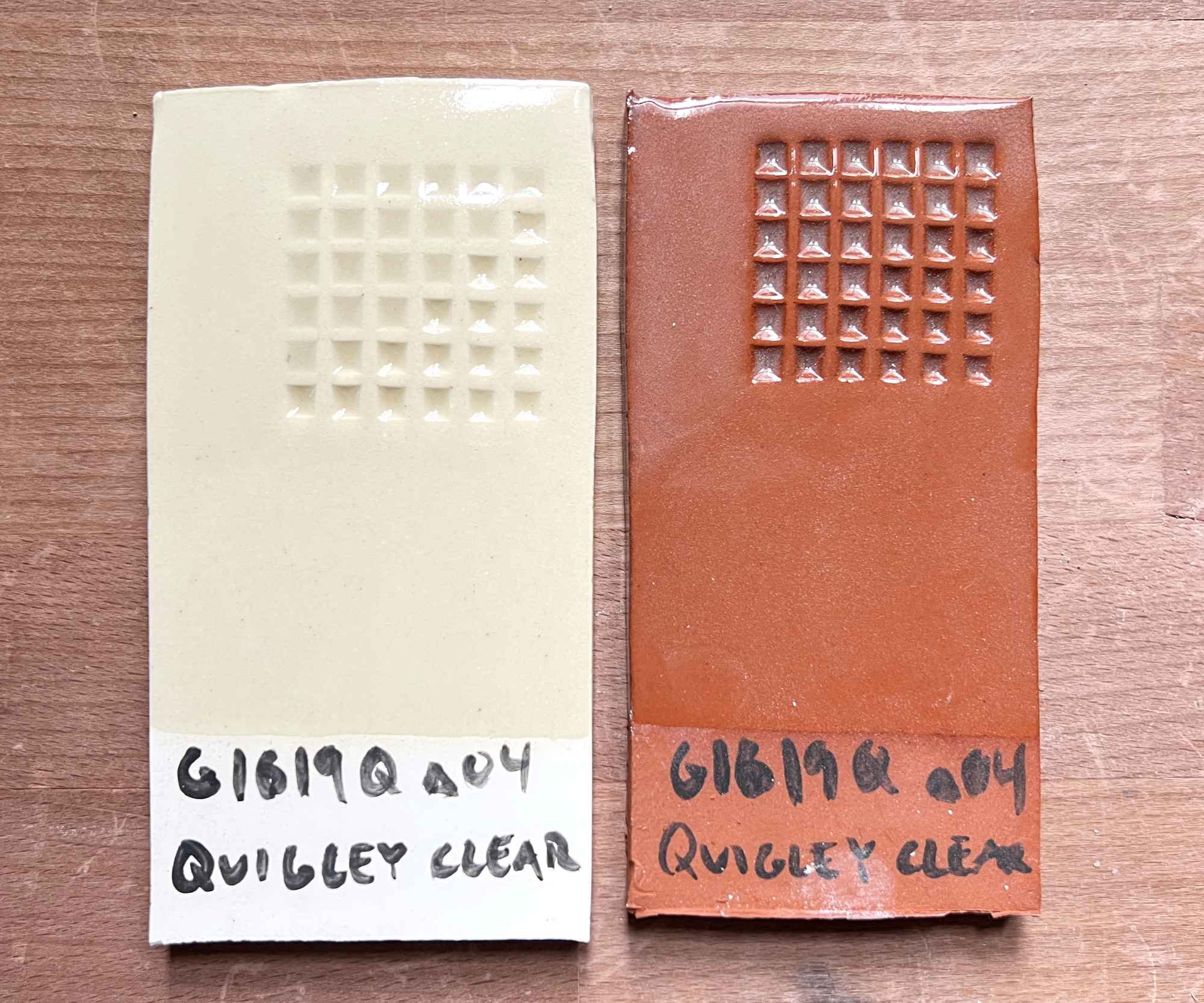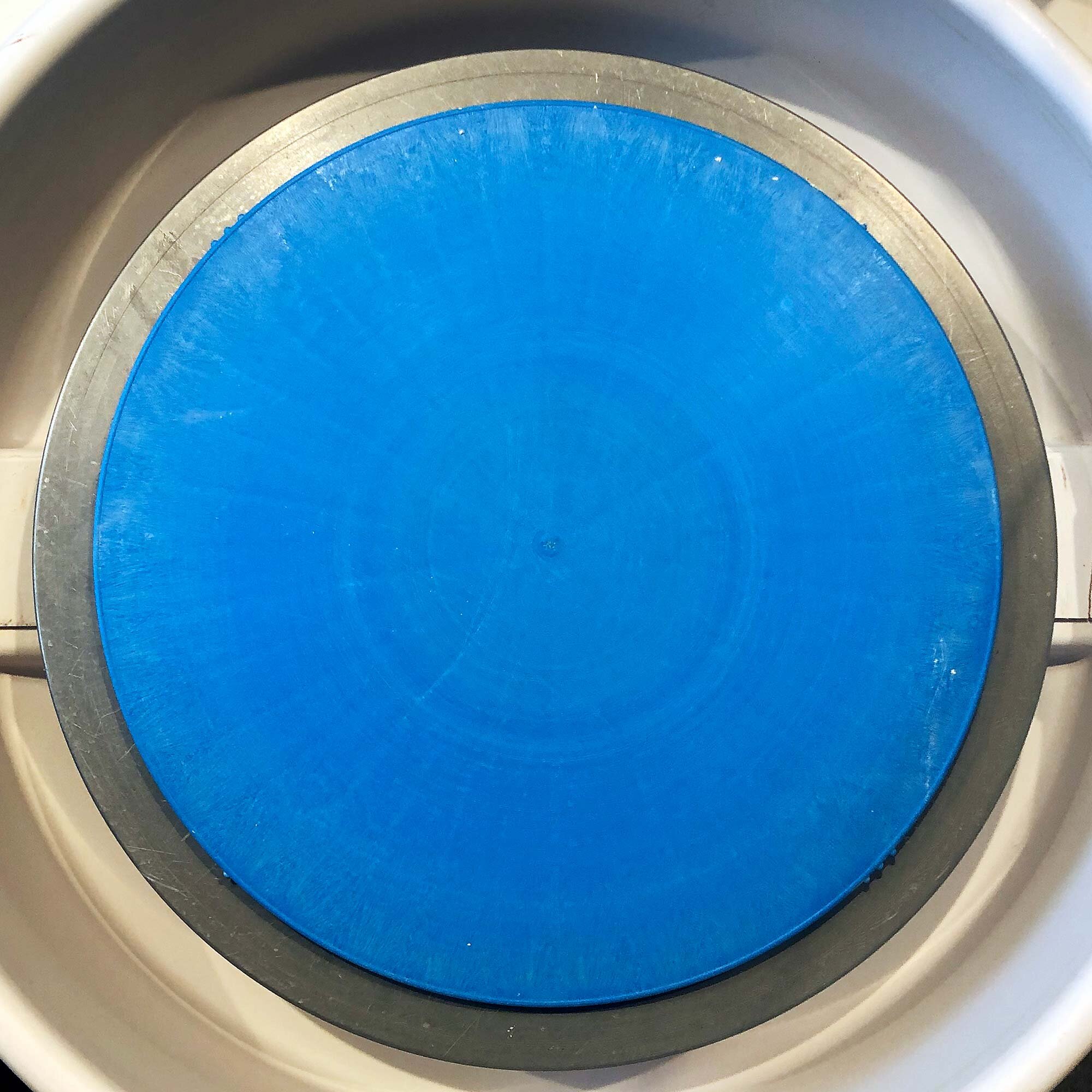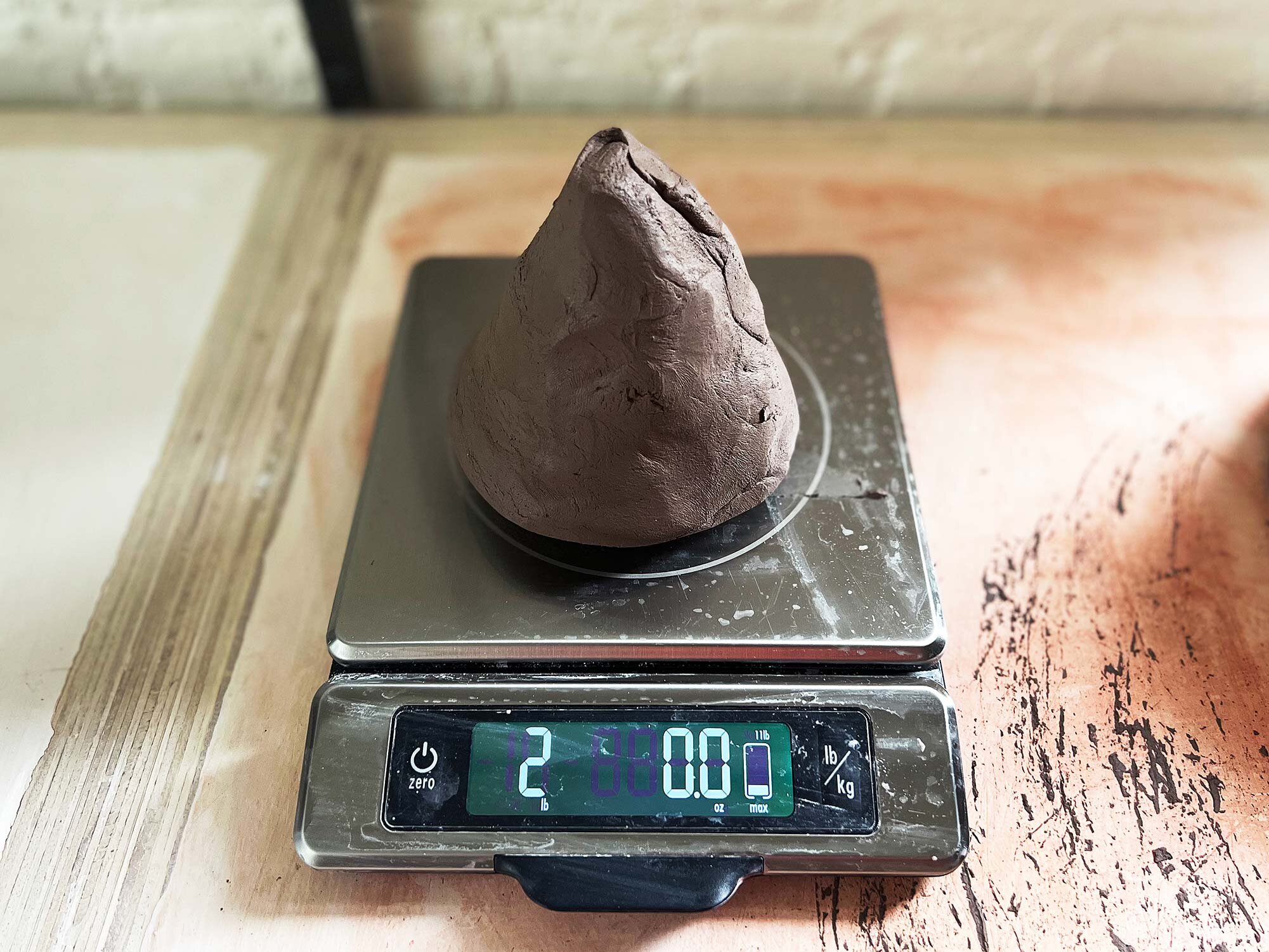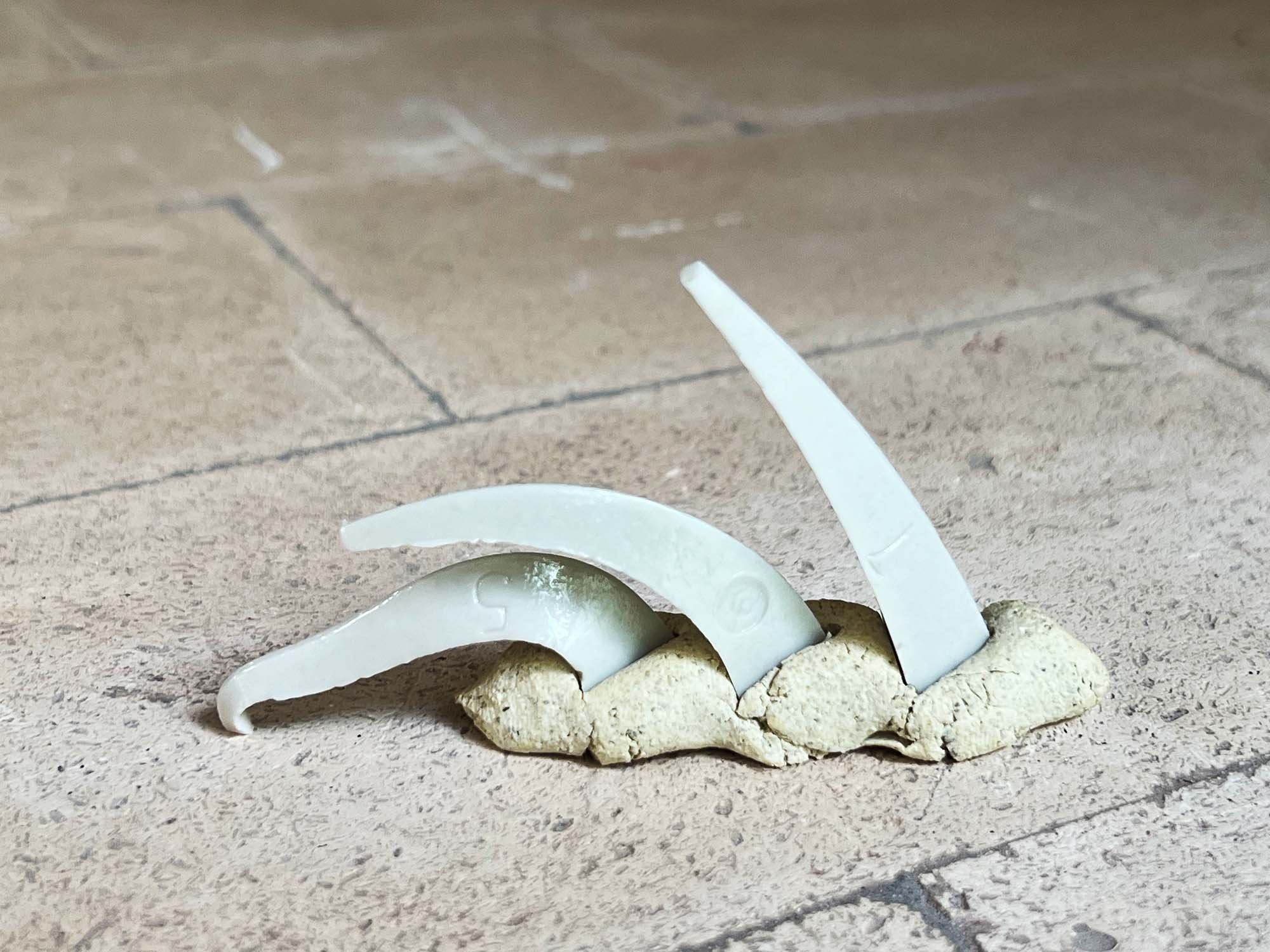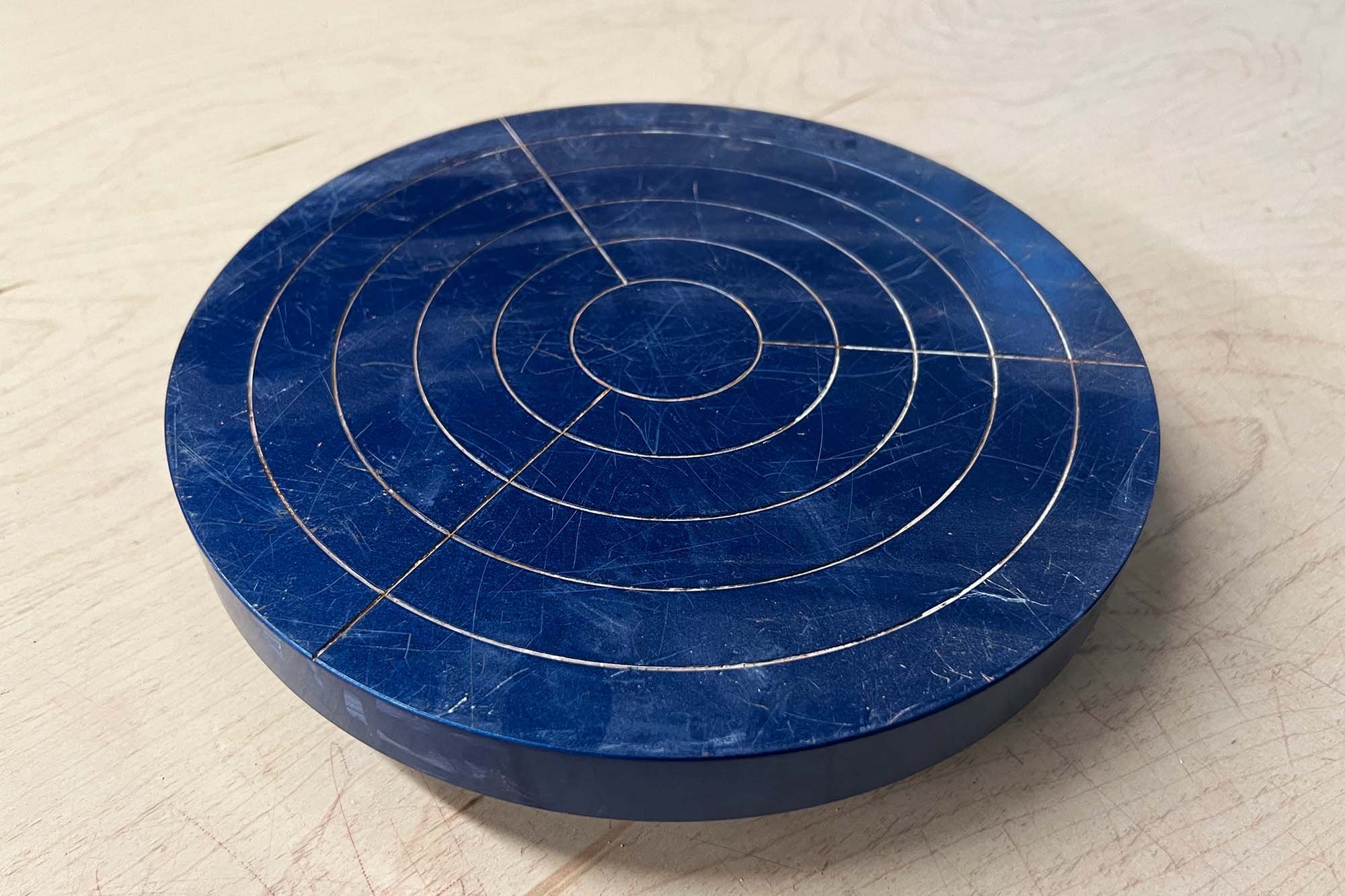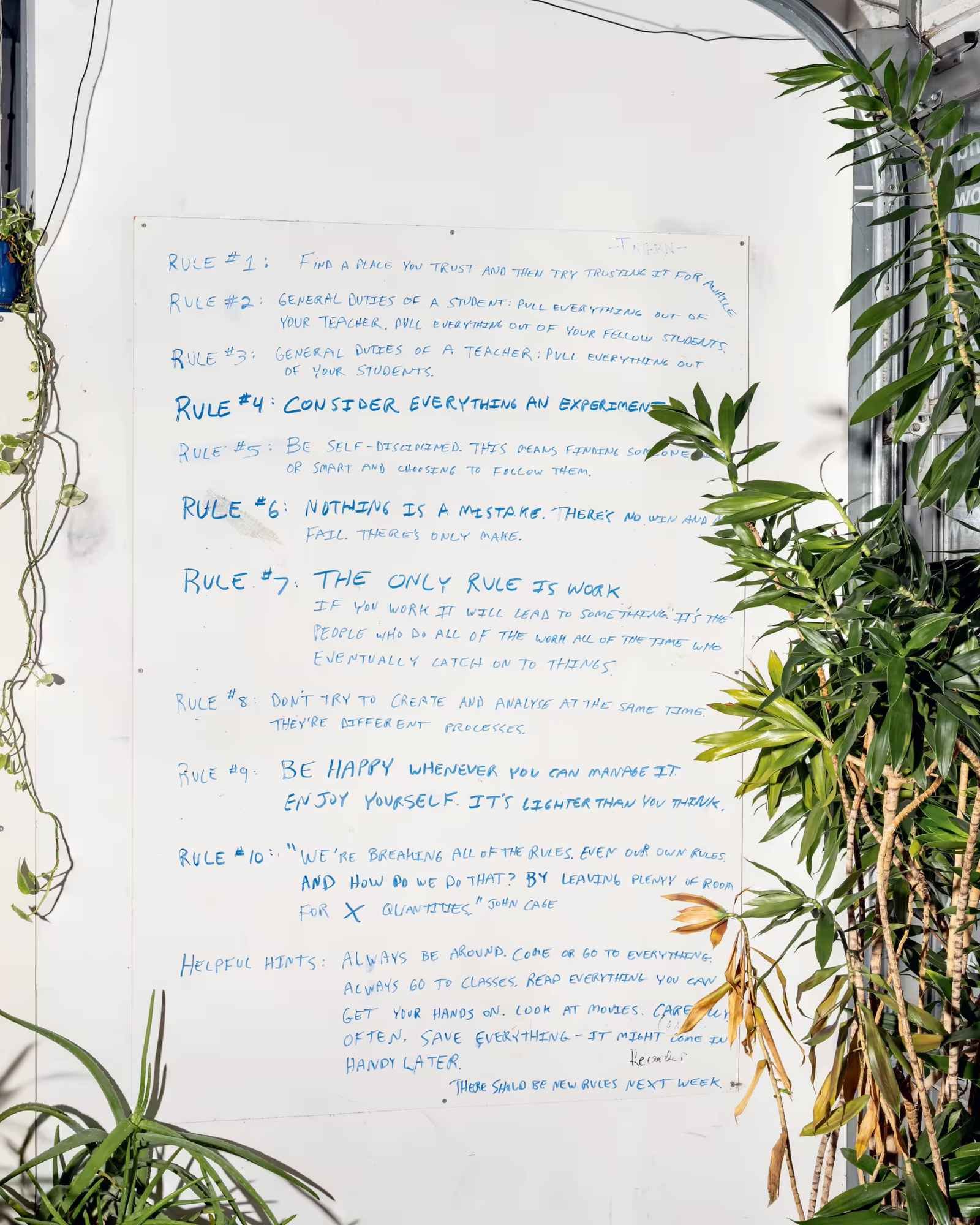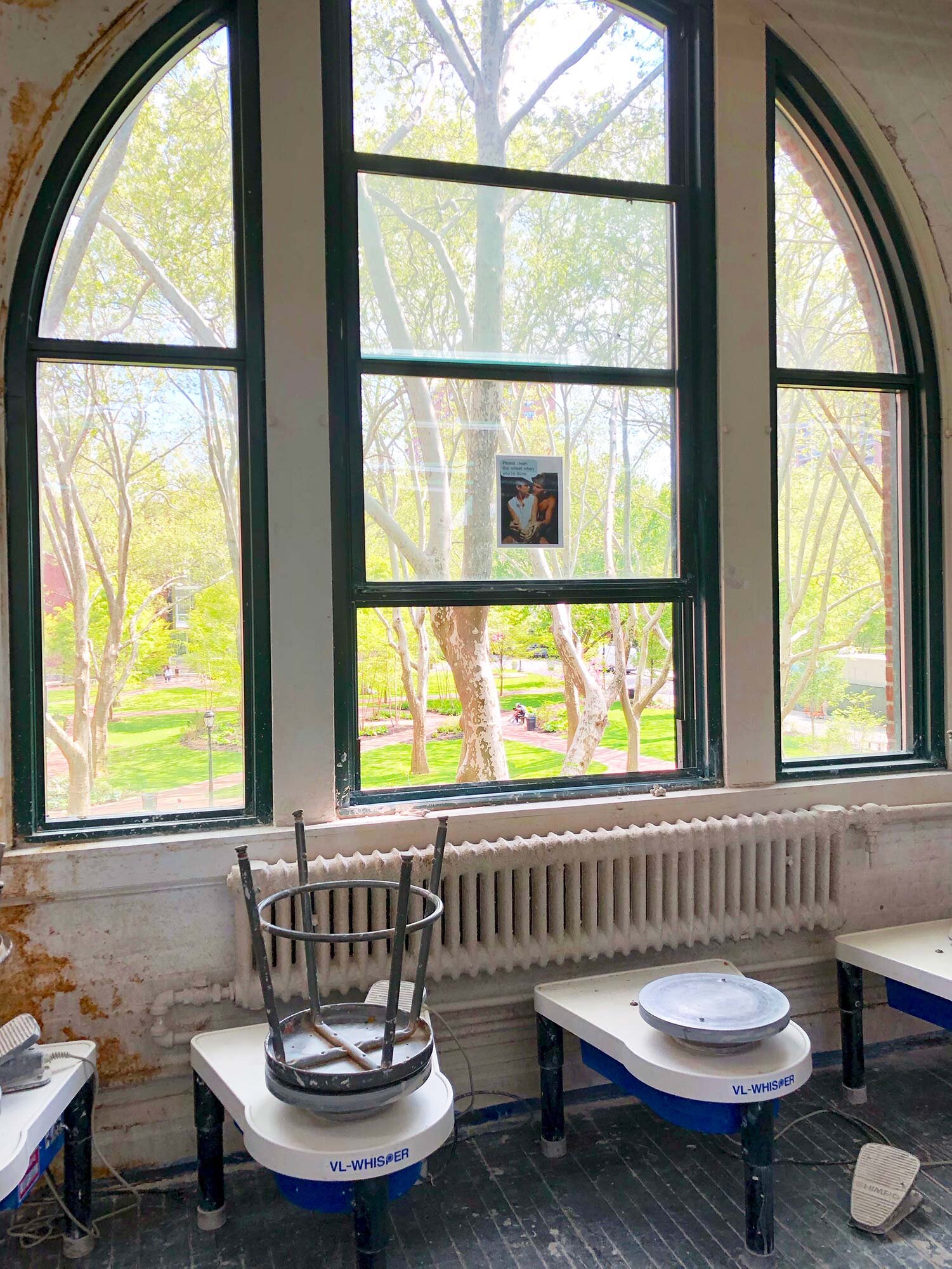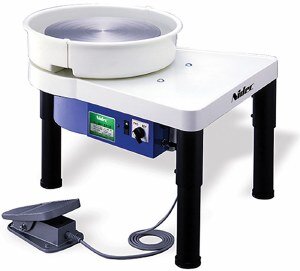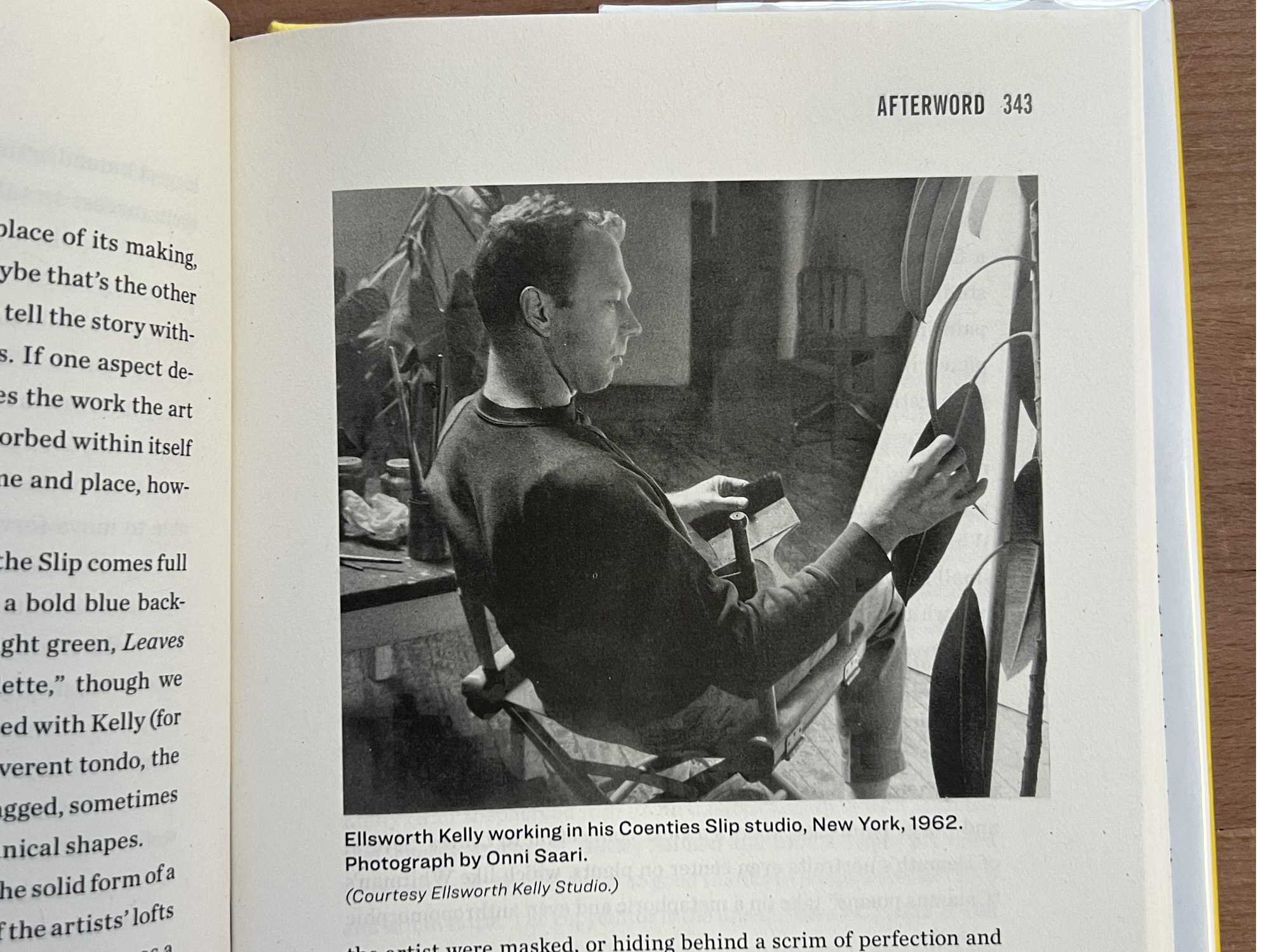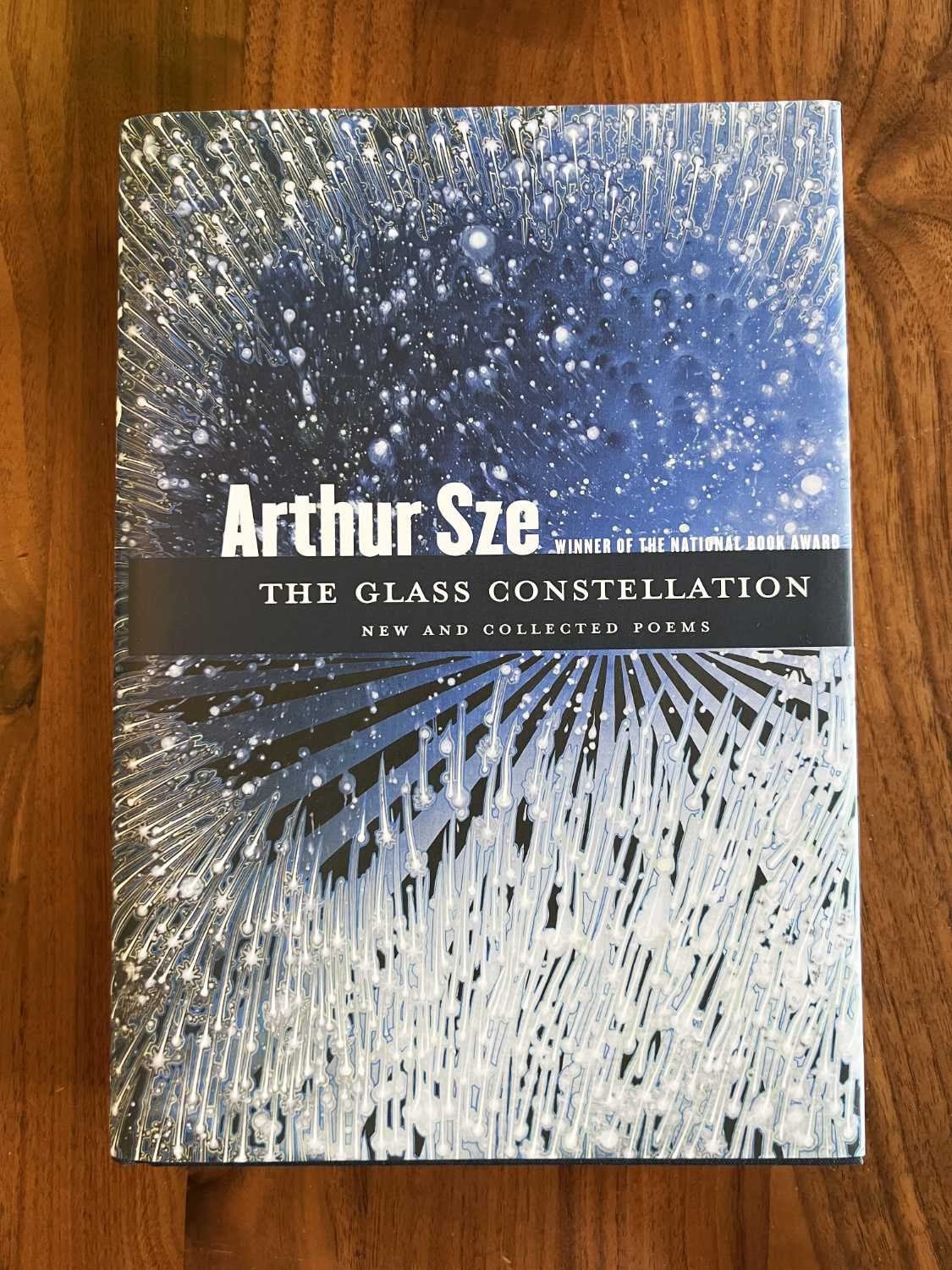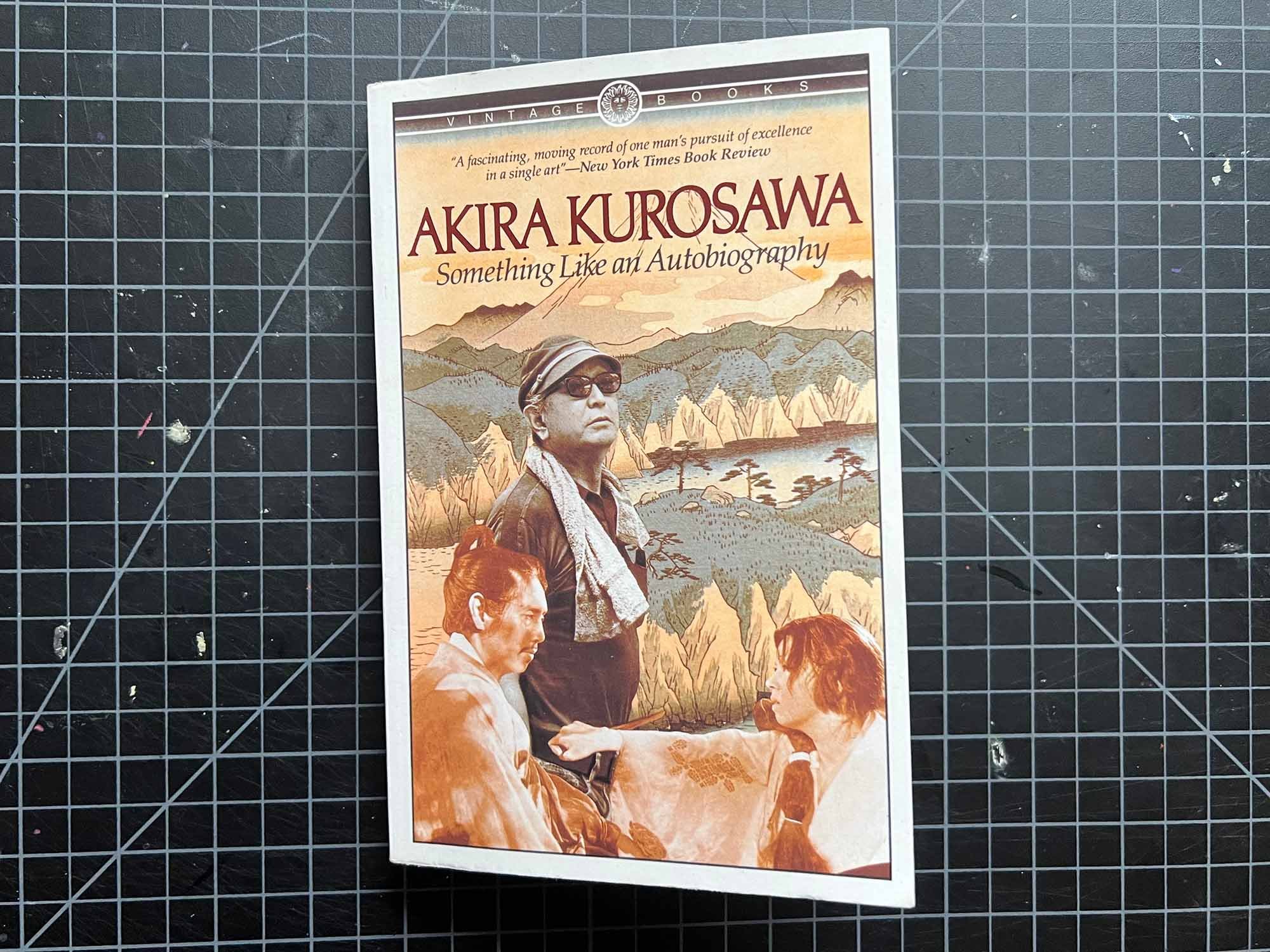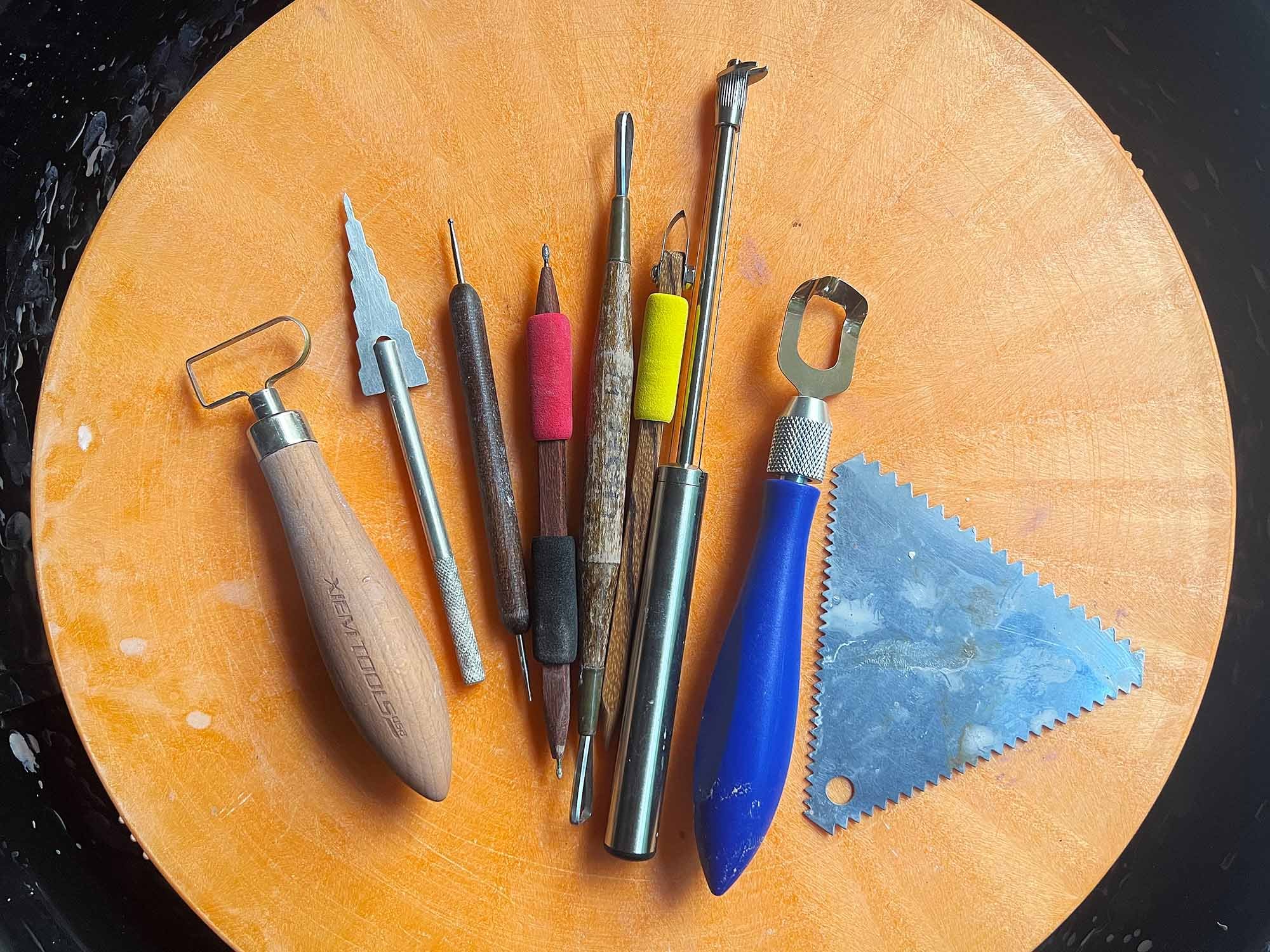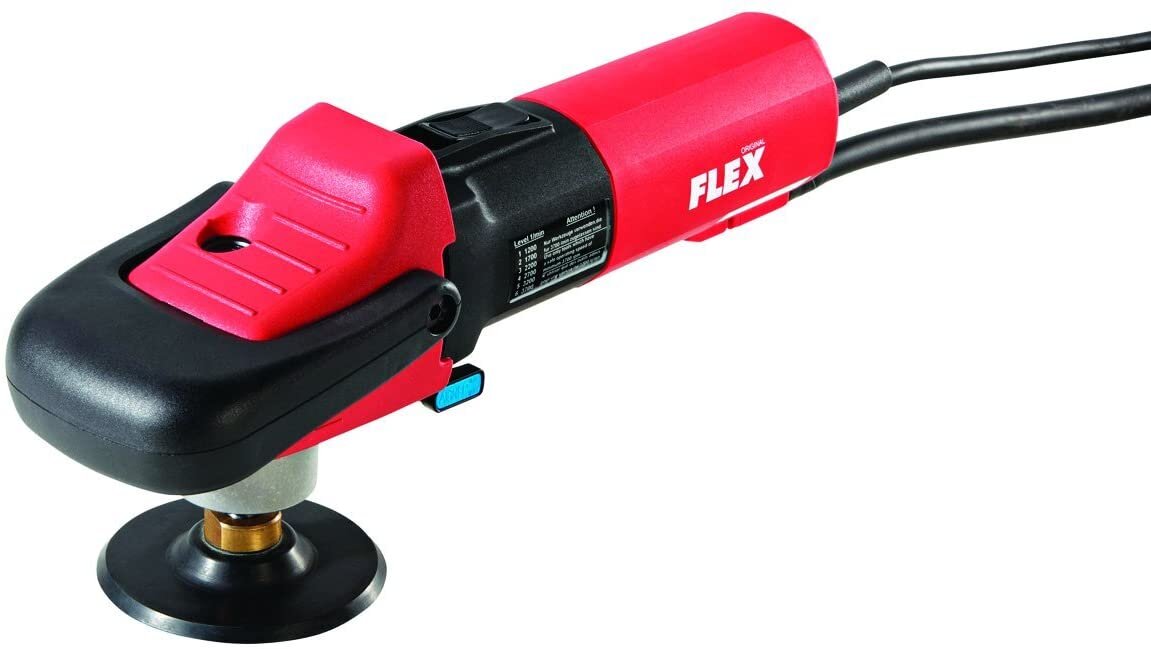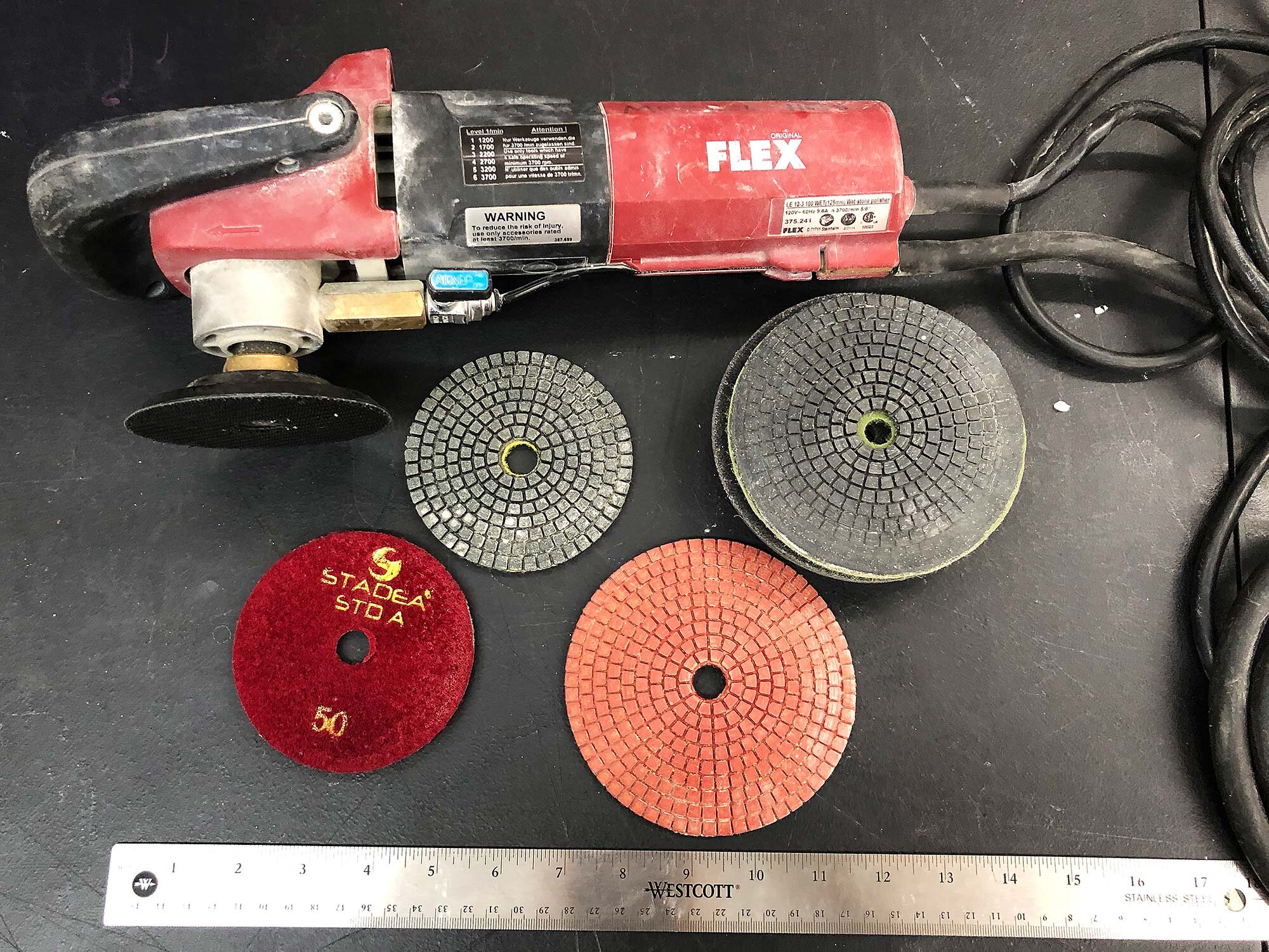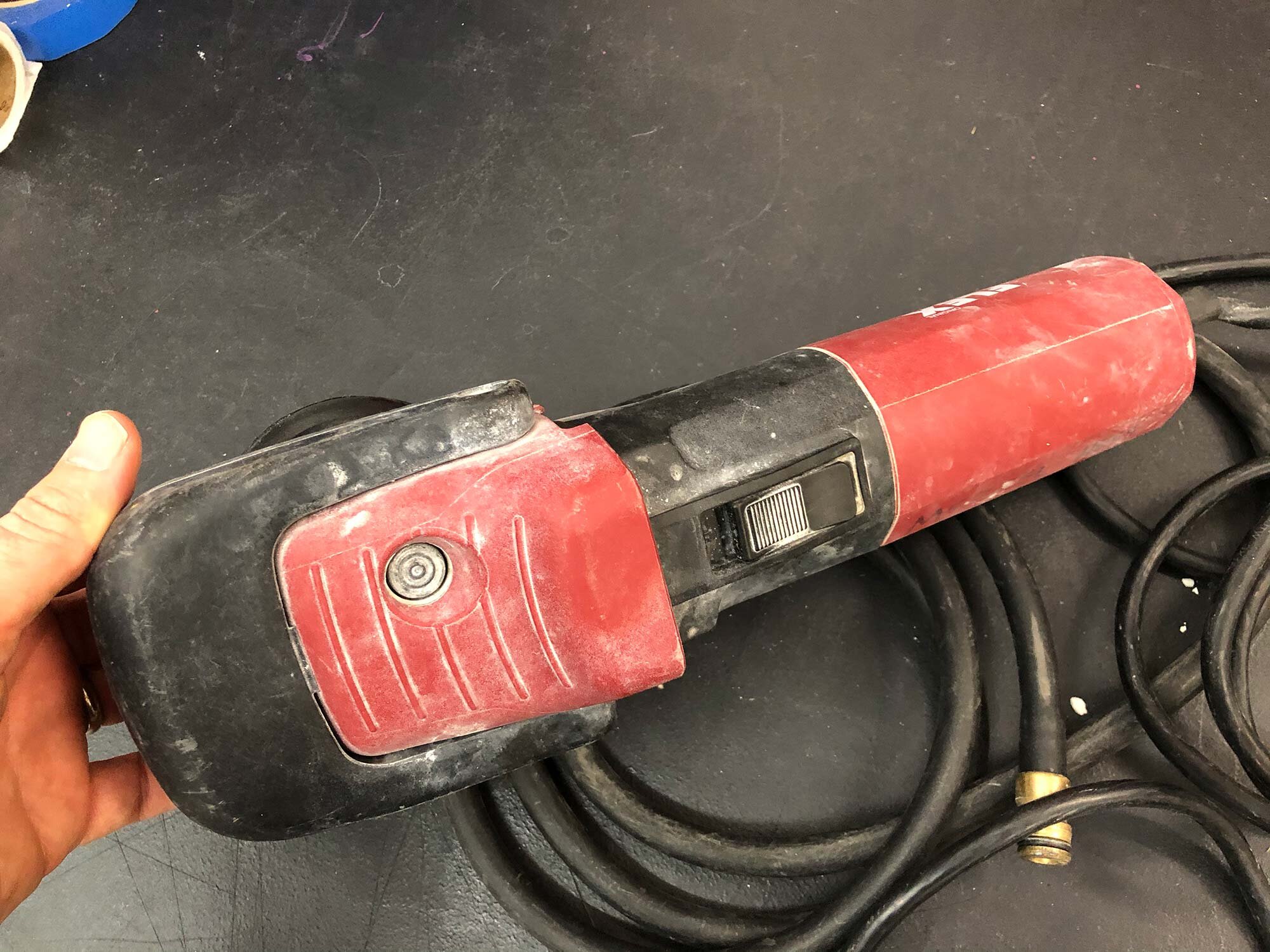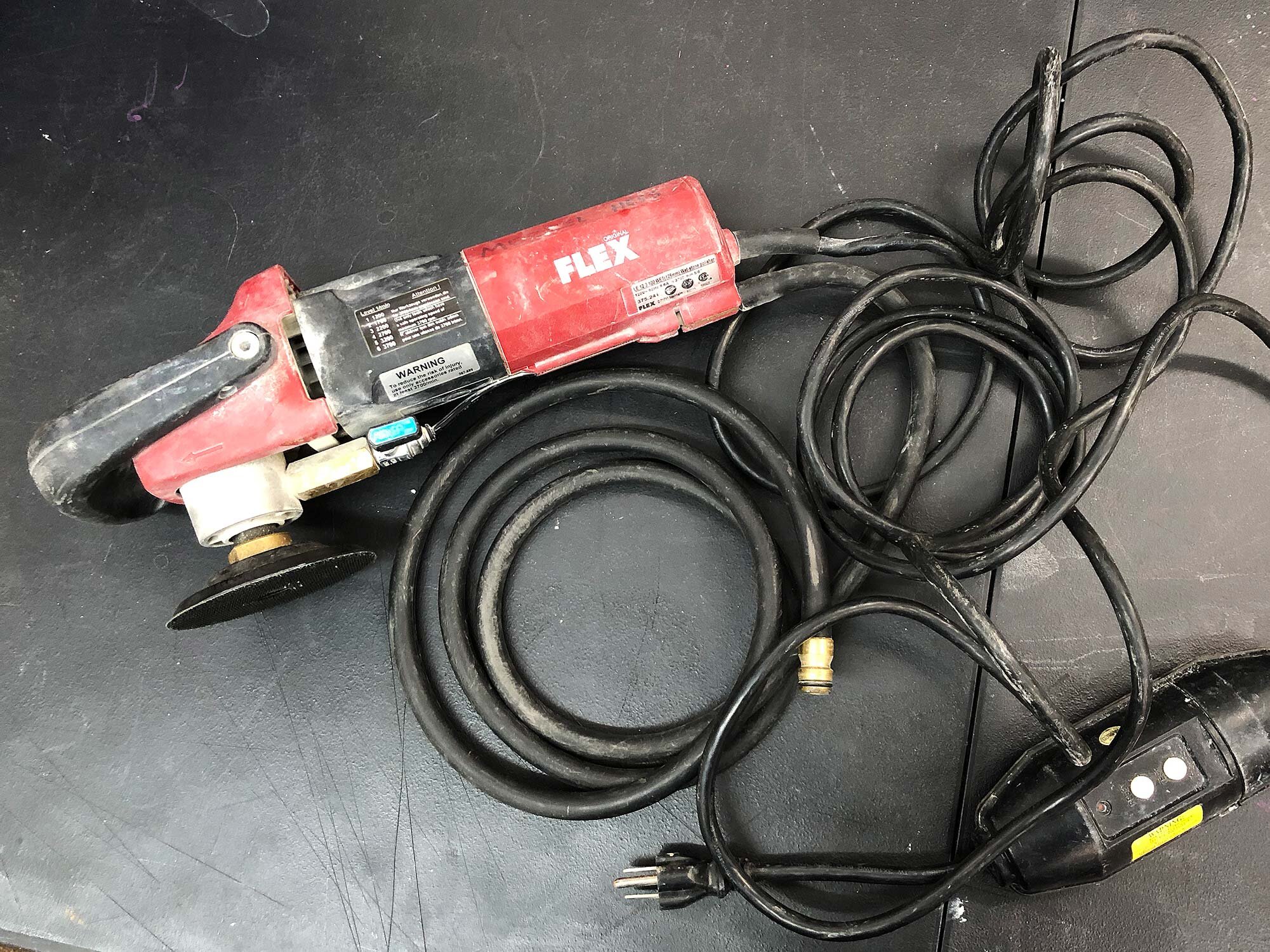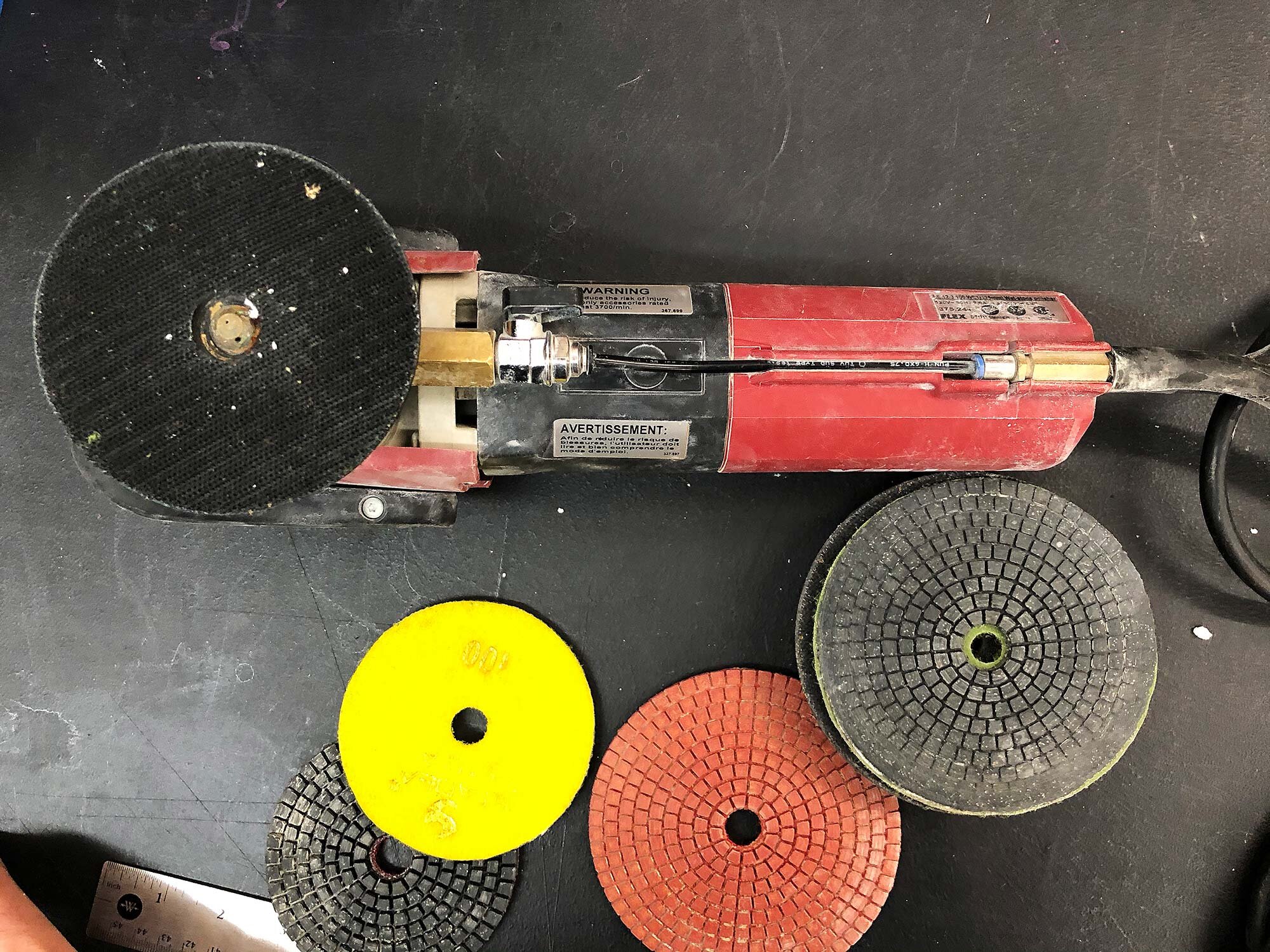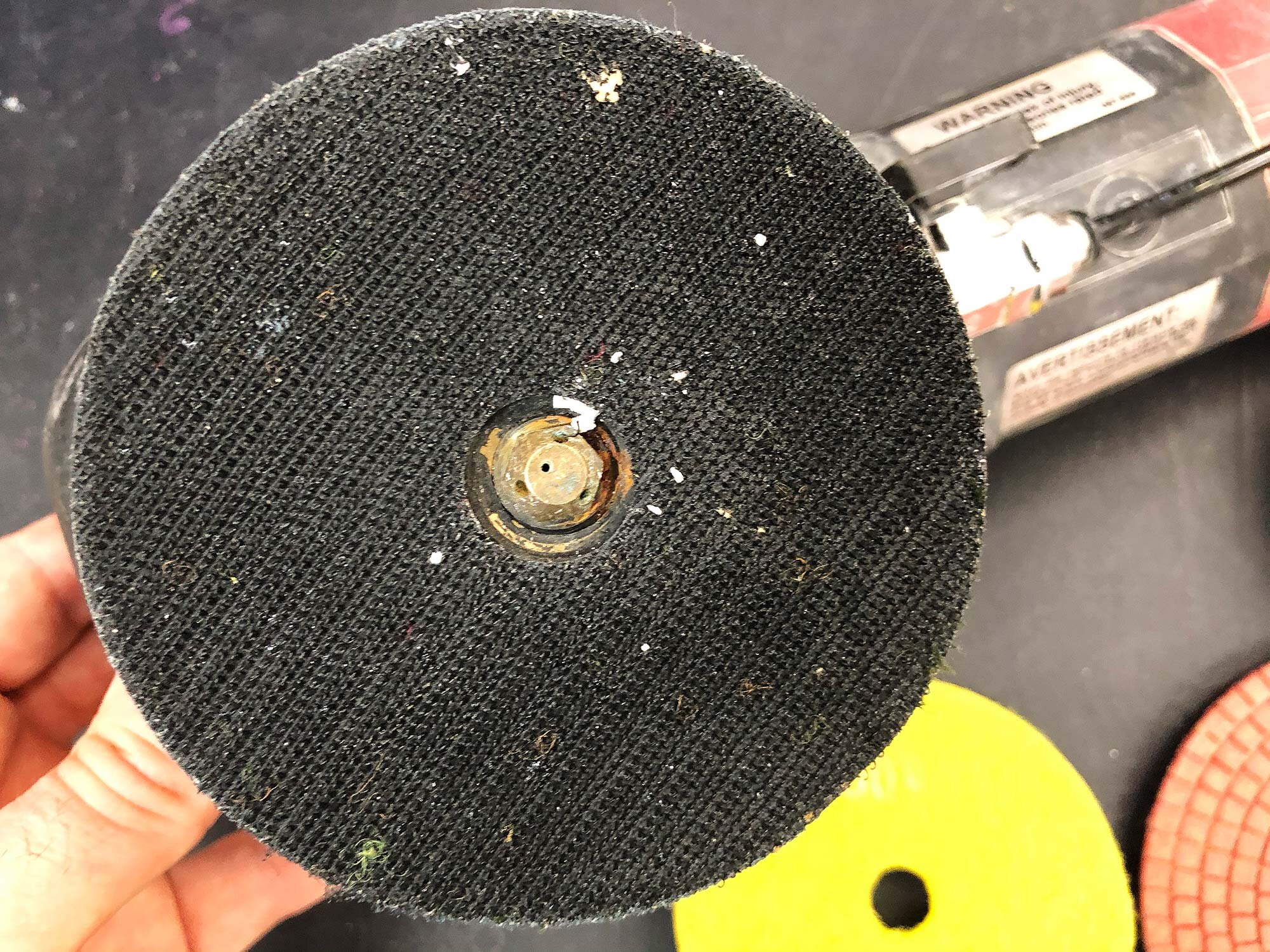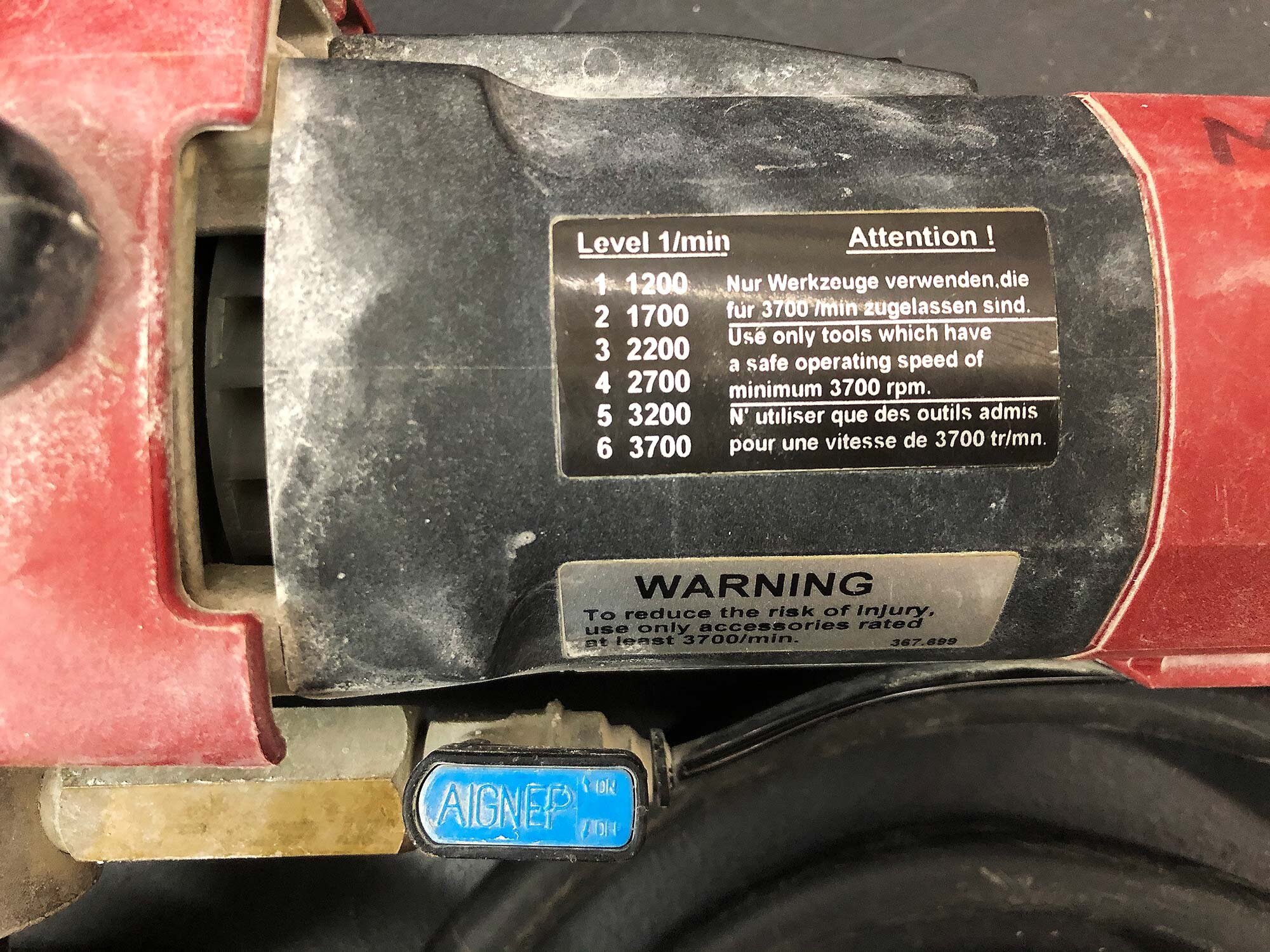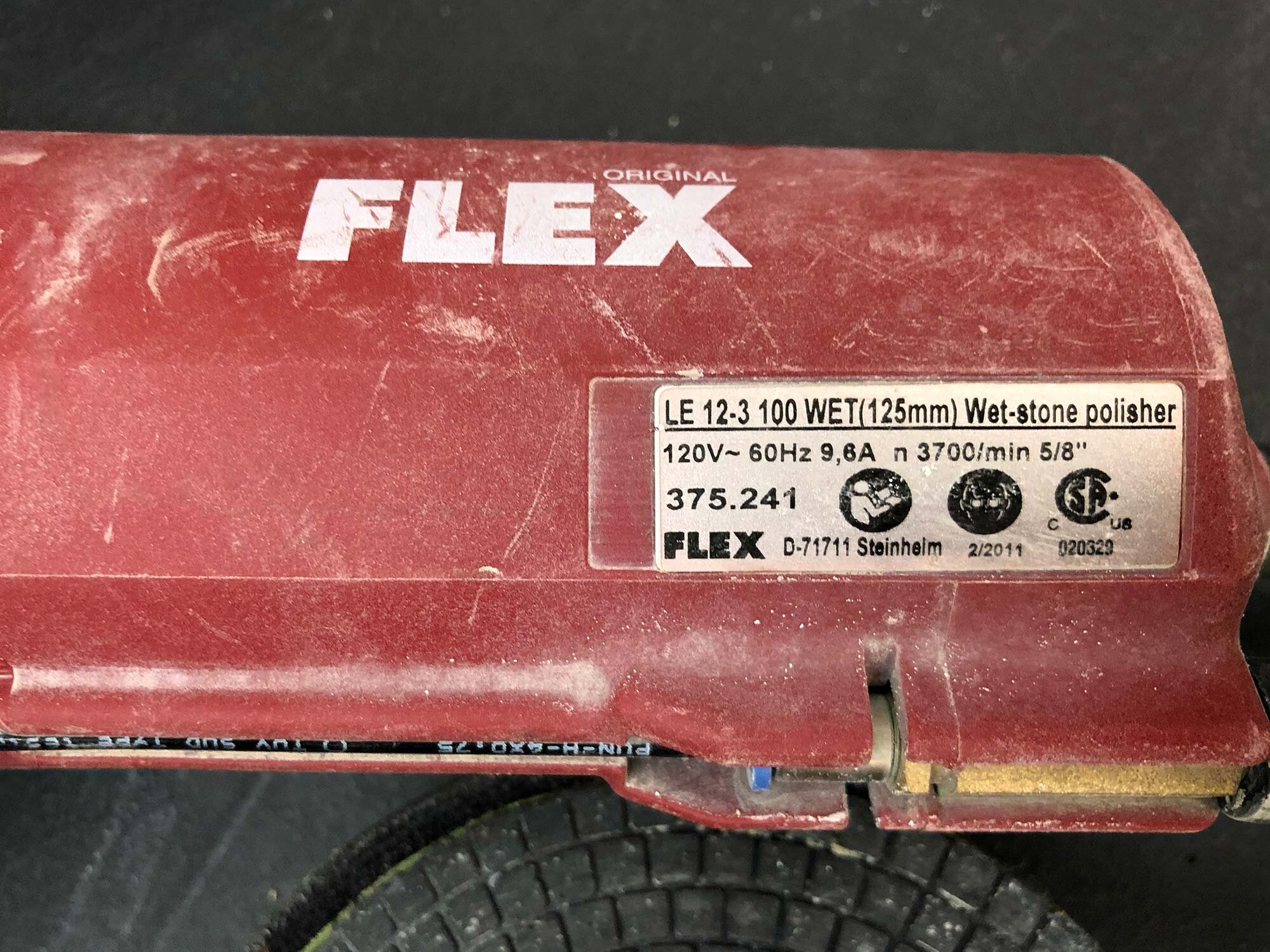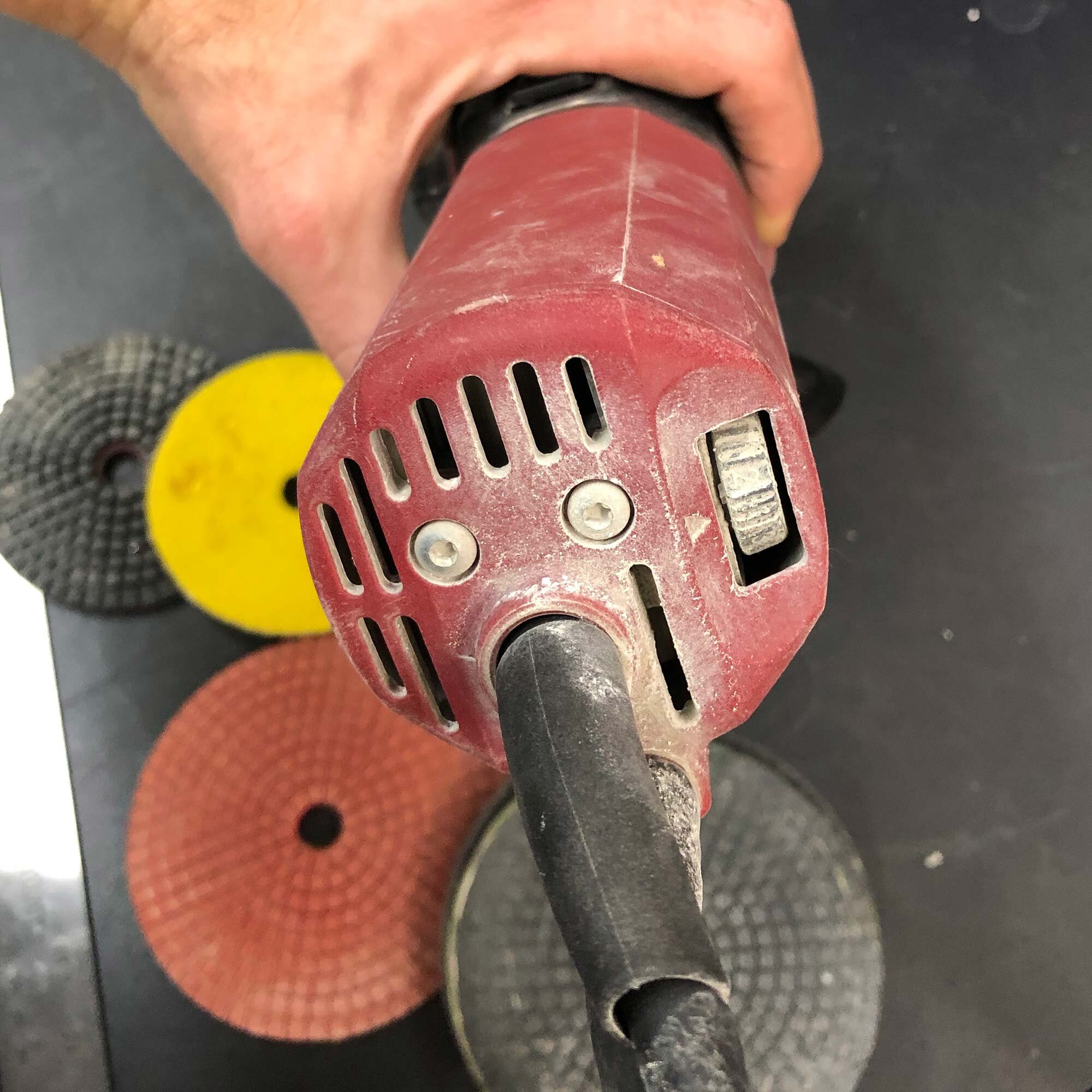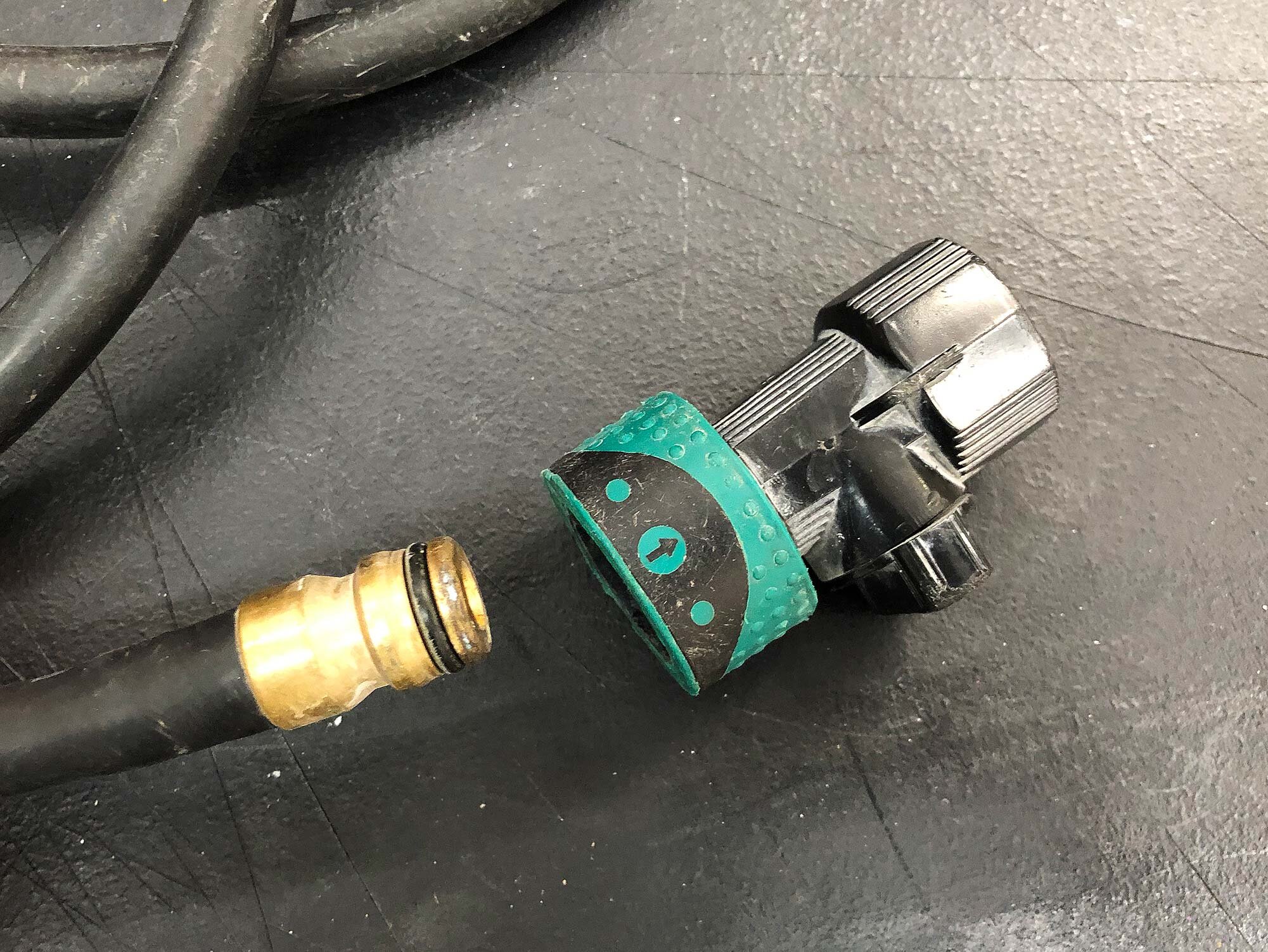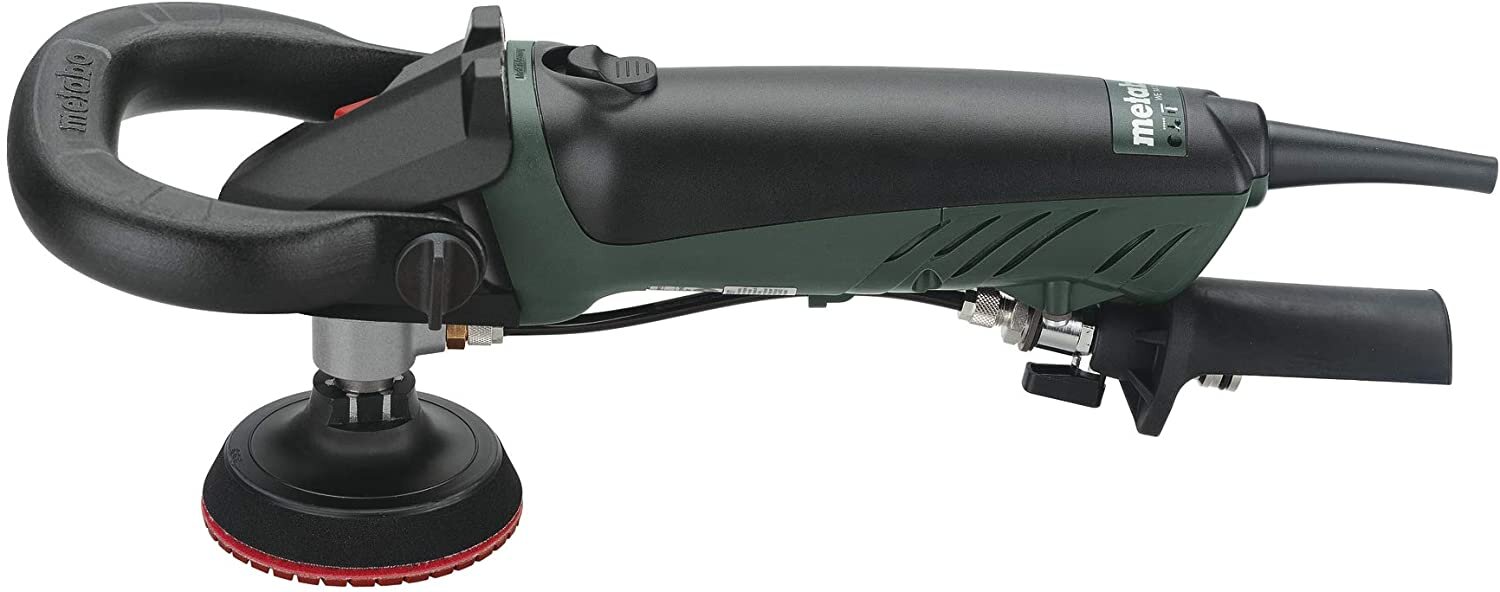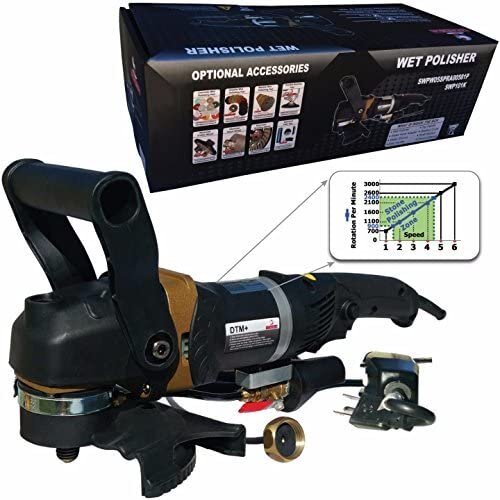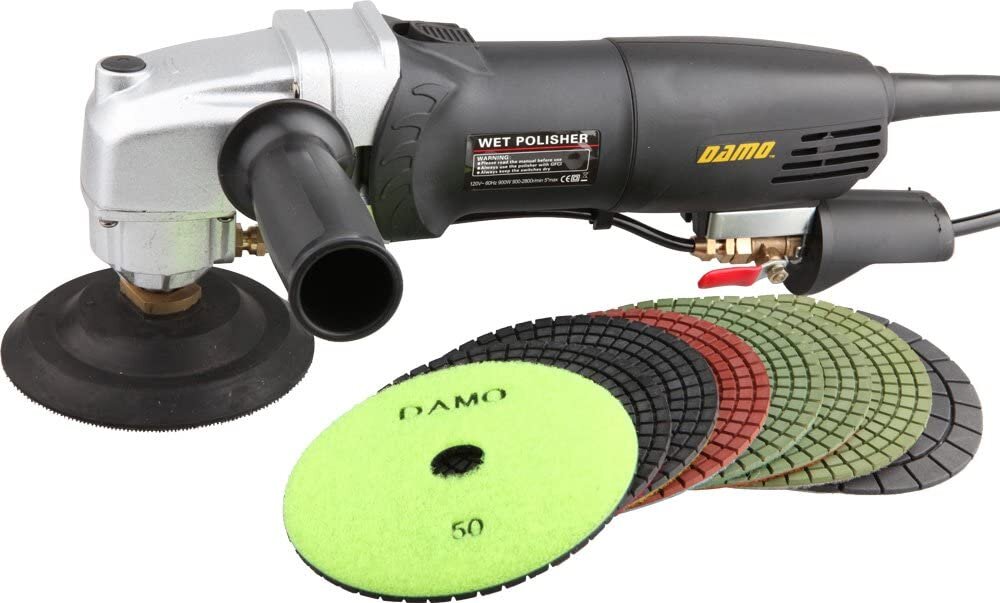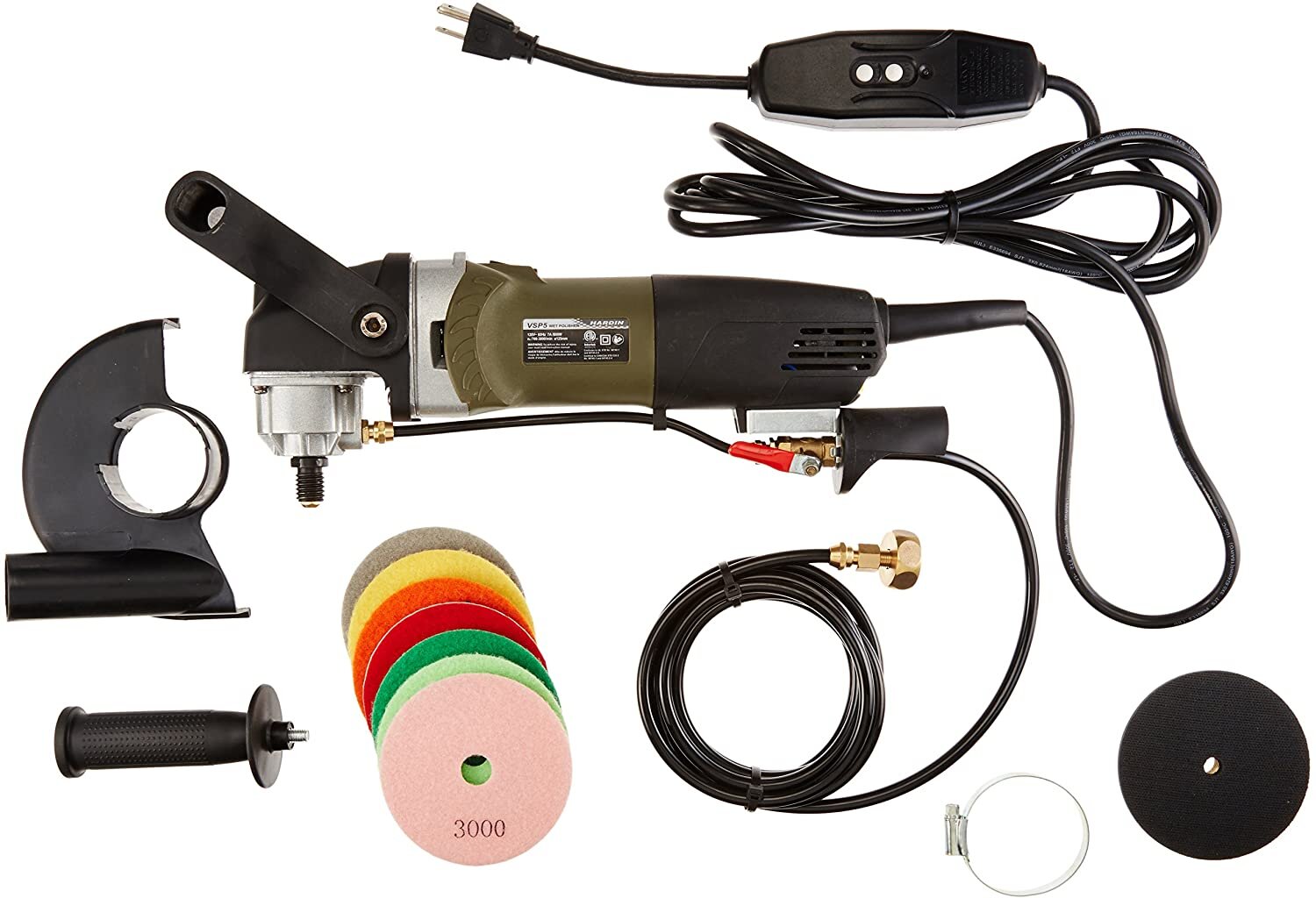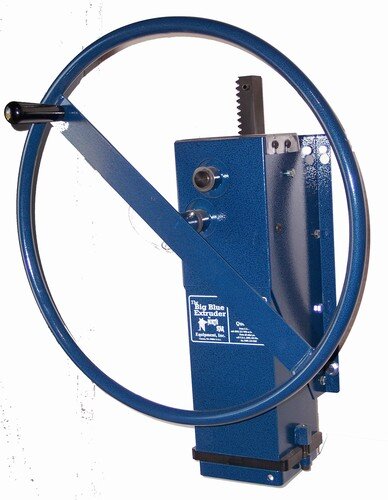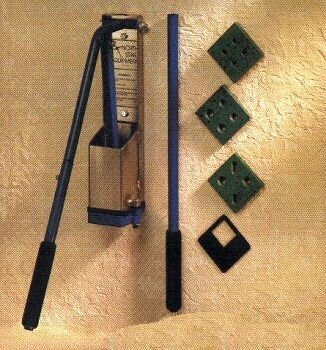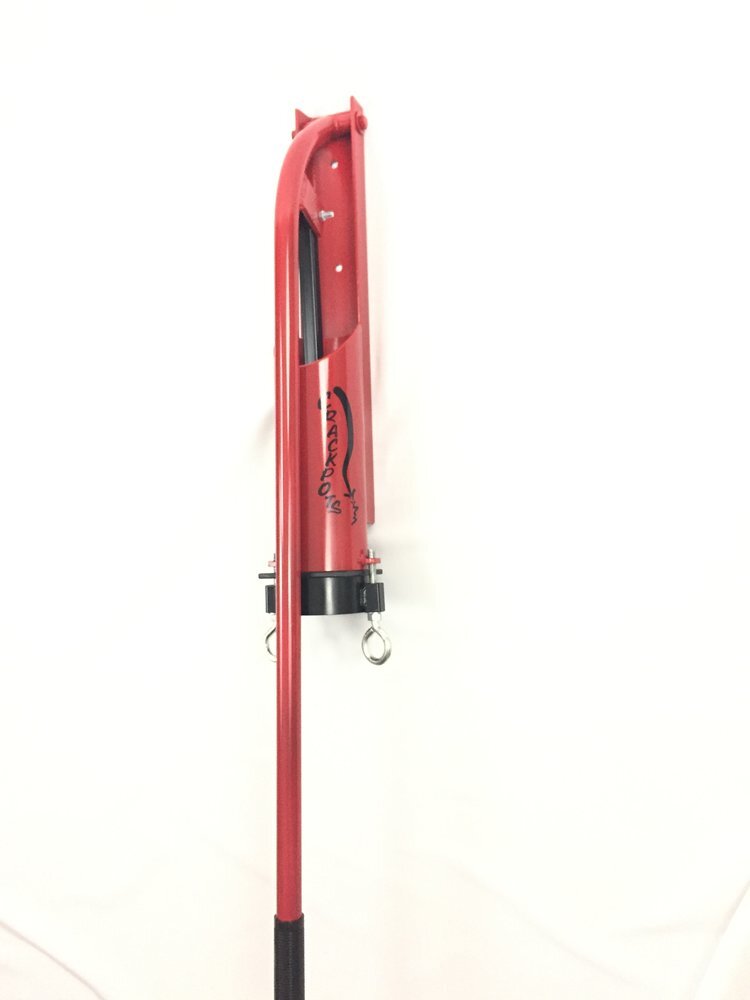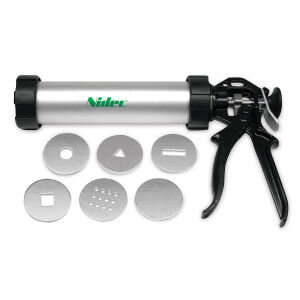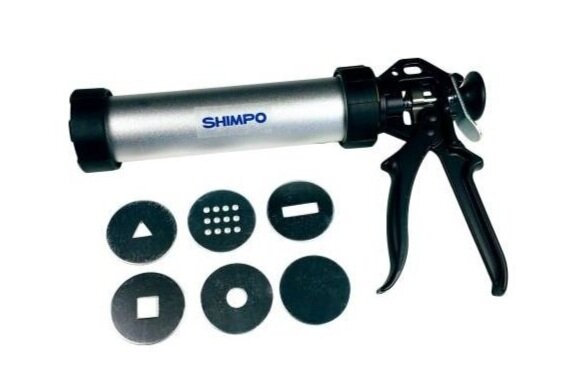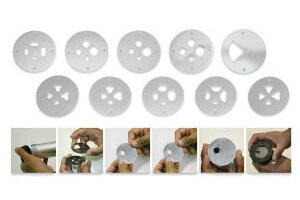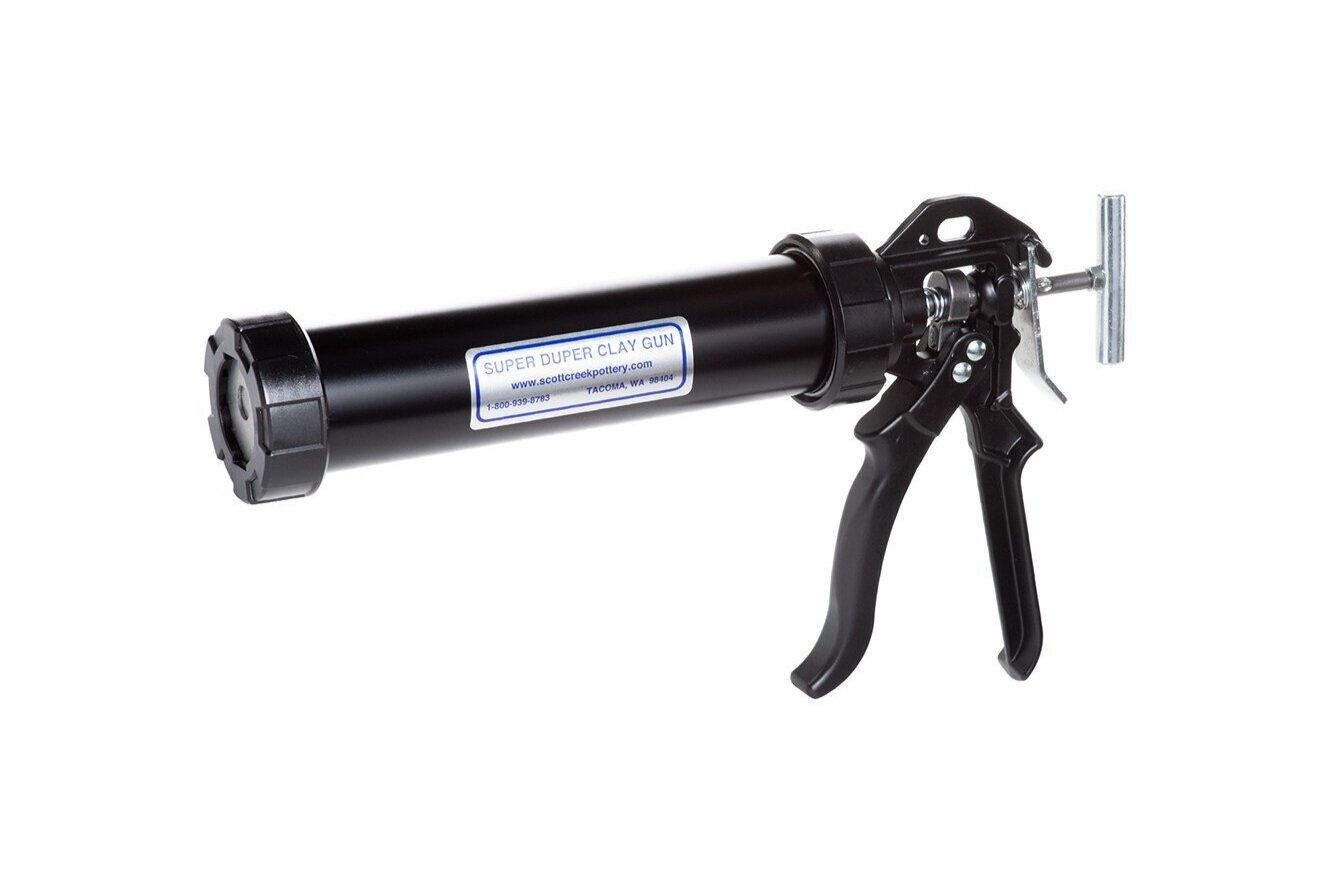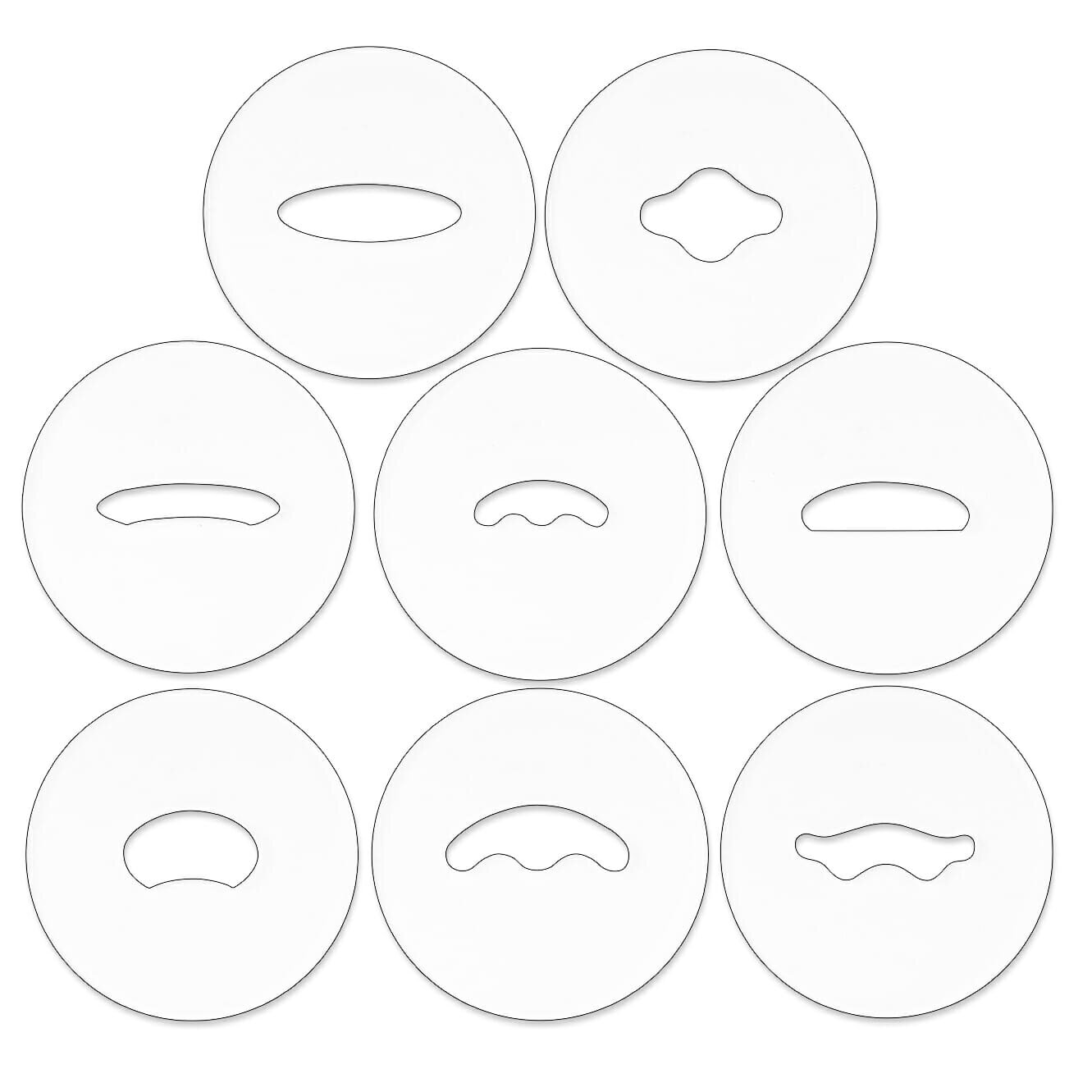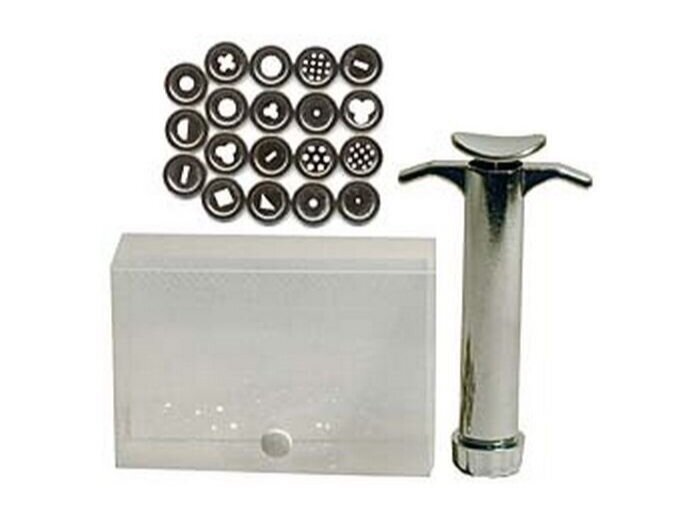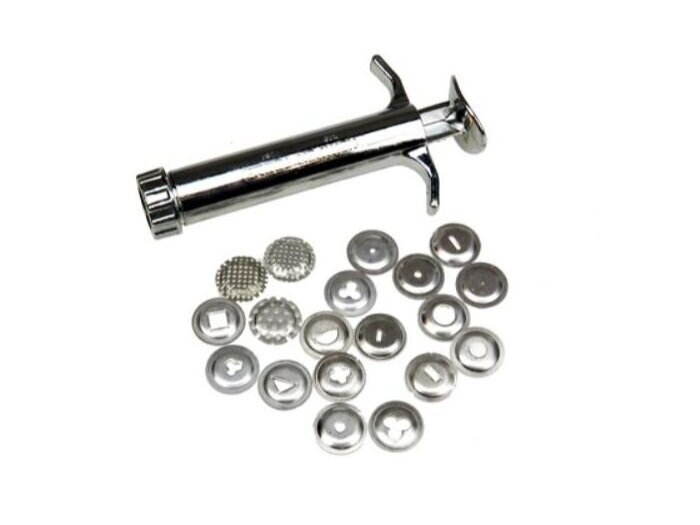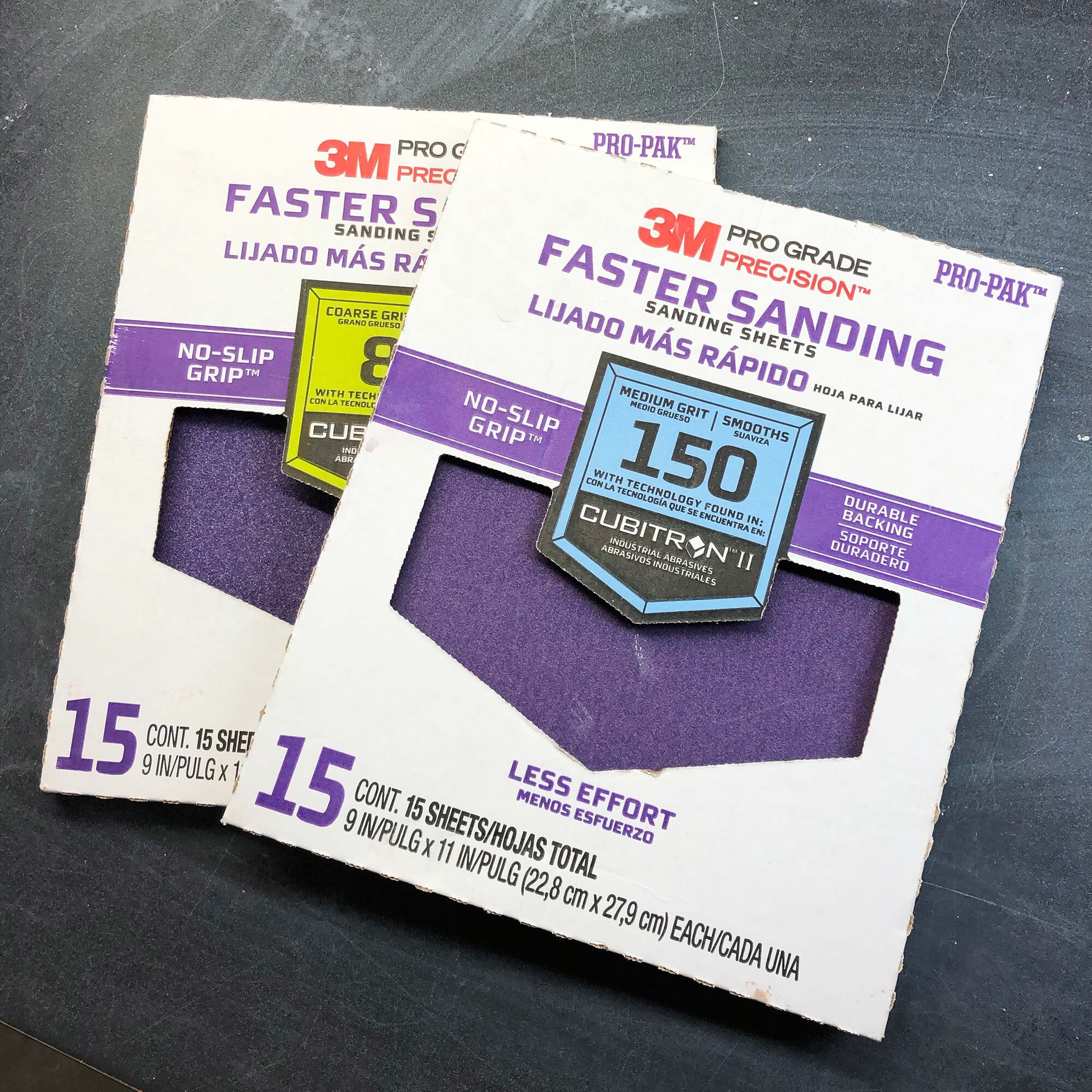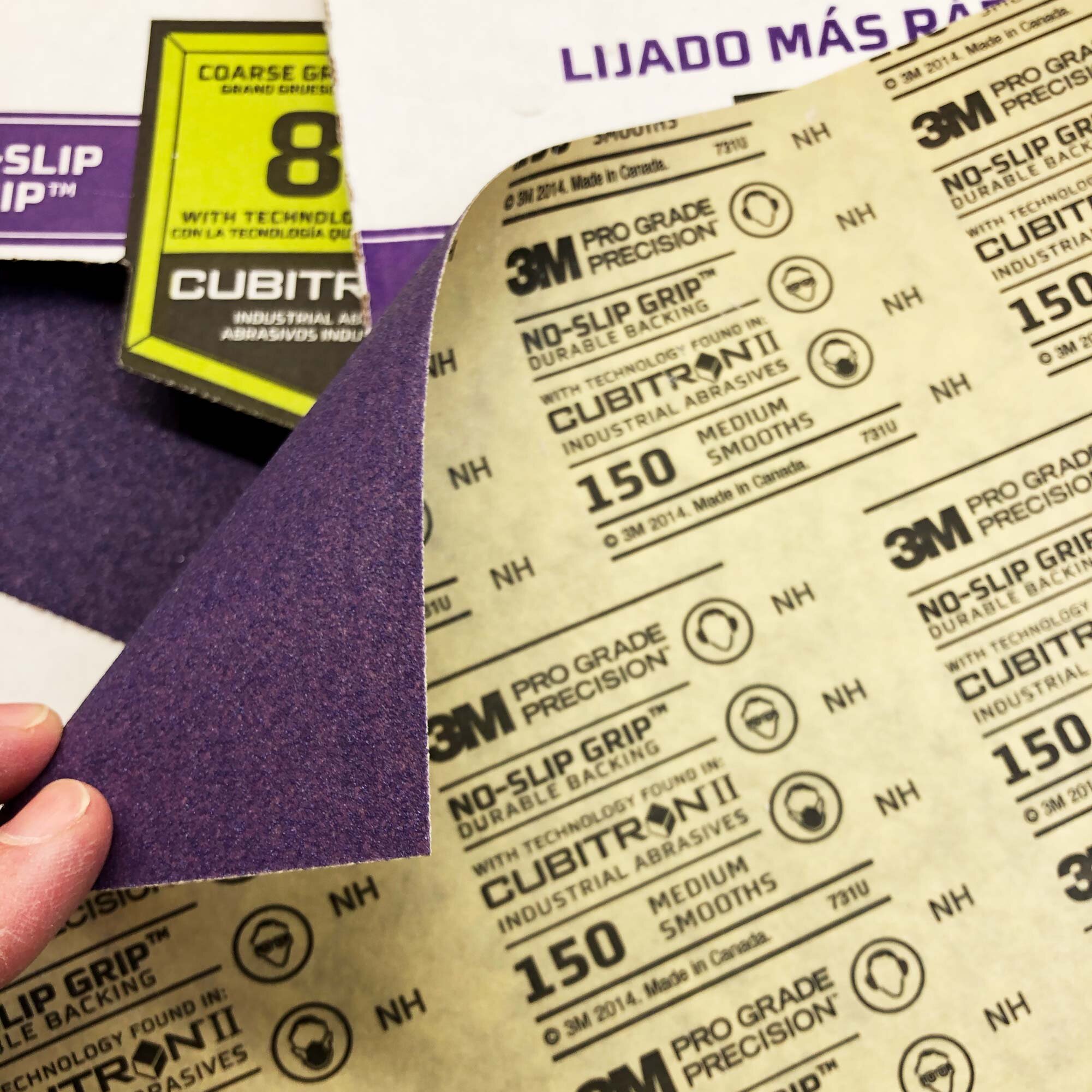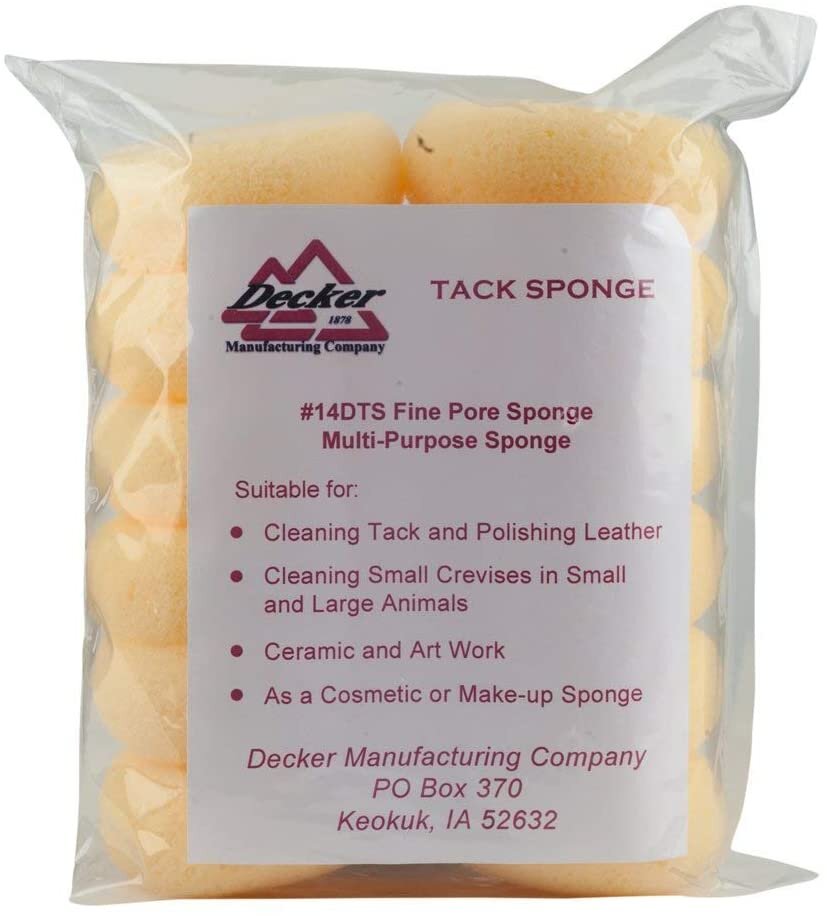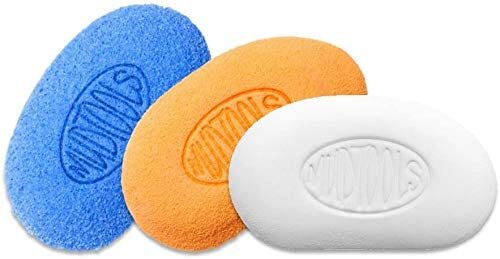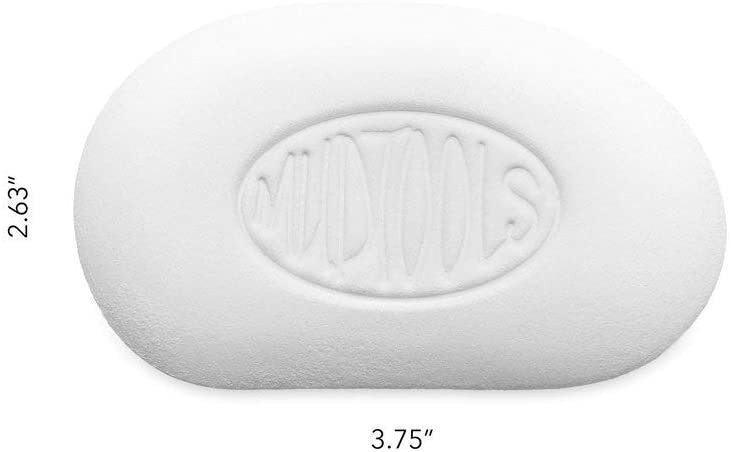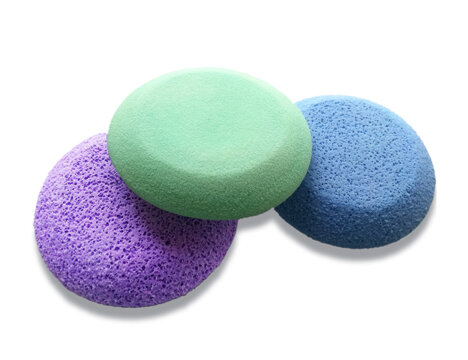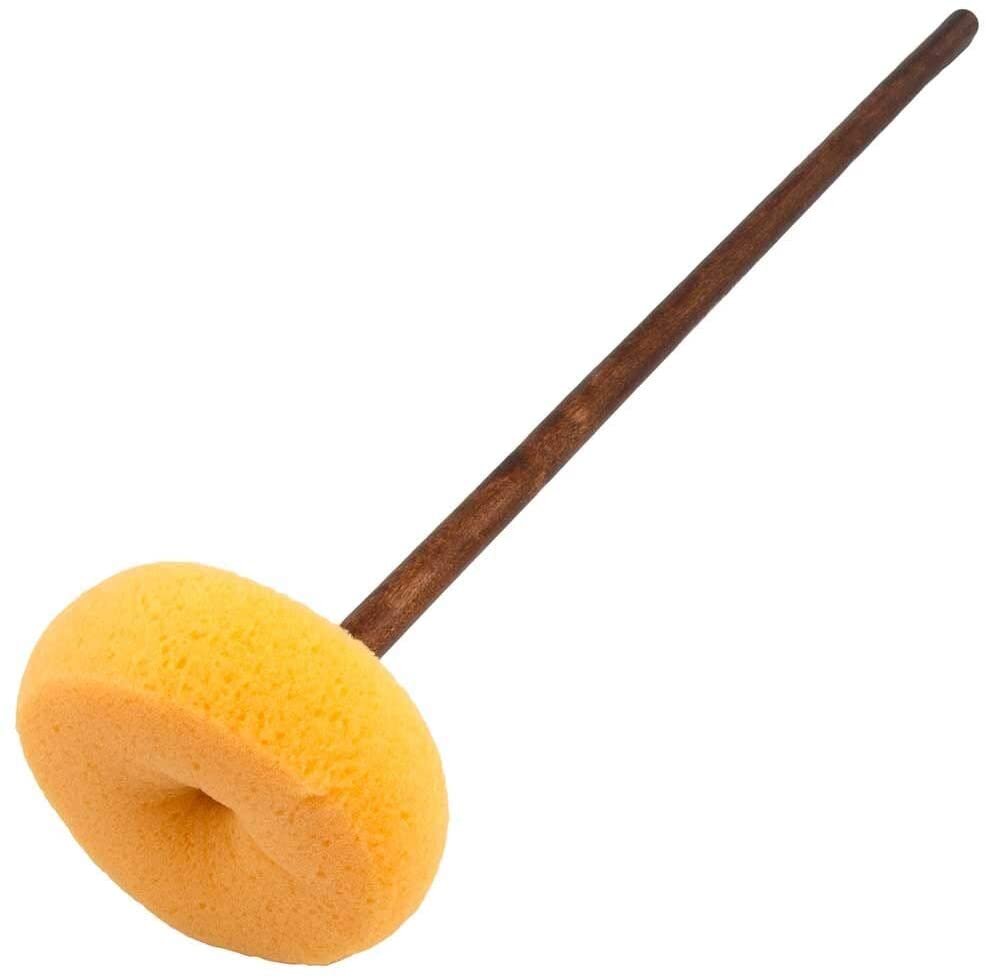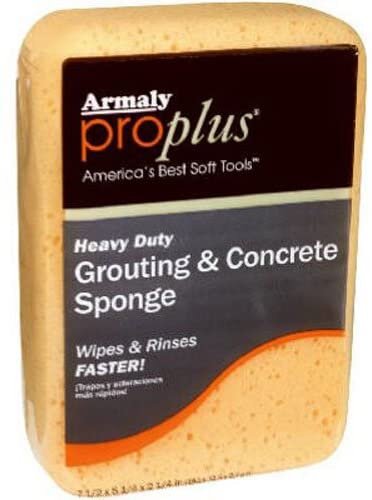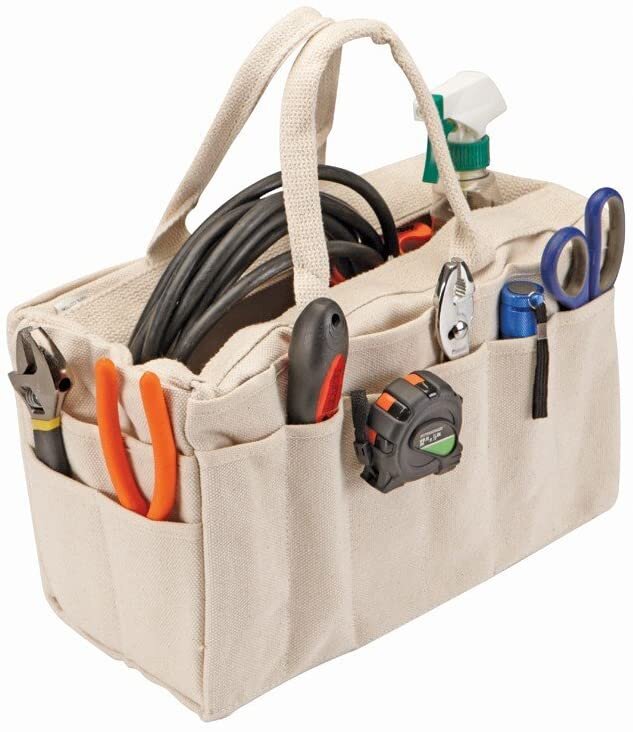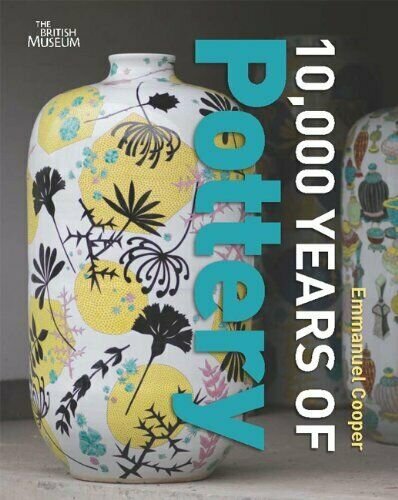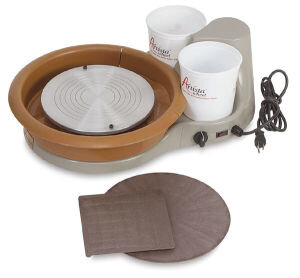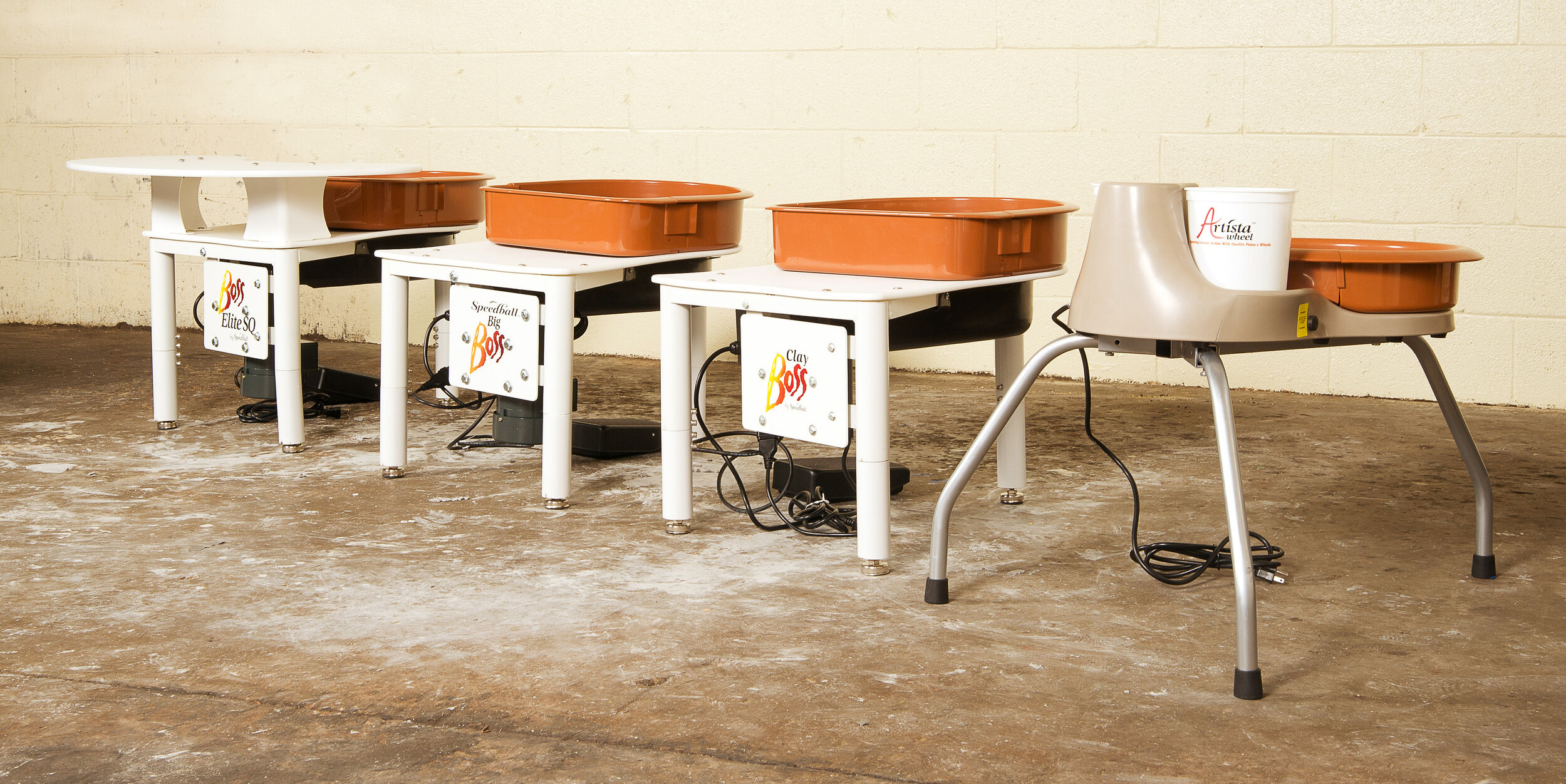A shipping scale is great for, well, shipping! But it’s also useful if you weigh heavy materials such as plaster or make large batches of clay or glaze. There are quite a few smaller shipping scales but if you want something with a large, sturdy platform and a detached display, it’s generally $100 or more. These large platforms not only allow you to accurately weigh large boxes, but also big buckets of any sort of material or liquid.
The MyWeigh HD-300 has a heavy duty metal platform and detached digital display.
In my studio, I recently got the MyWeigh HD-300 Heavy Duty Shipping Scale. It has a sturdy, well-built platform, detached digital display, and four adjustable legs.
This scale can weigh up to 300 pounds (136 kilos) and is accurate to 0.1 pounds or 0.05 kilos. For me, this is accurate enough for shipping and weighing plaster. It can also run on batteries or plug in, and if desired, you can sync it with shipping software. It also has an incredible 30 year warranty. Based on this personal use, experience with other scales, and combing through online reviews, it’s my top pick for a heavy duty shipping scale.
All in all, this is a great deal at around $115.
Keep reading for more pics and info about this machine and other shipping scales.
For recommendations on a smaller glaze mixing scale, click here.
Table of Contents
MyWeigh HD-300 Shipping Scale
Rubbermaid Commercial Food / Receiving Scale
Accutek Heavy Duty Shipping Scale
Accutek Ship Pro
Summary
More info on the MyWeigh HD-300
A view of the bottom metal platform on the MyWeigh HD-300.
The MyWeigh scales all seem to hit the balance of affordable price point along with well built quality, and the HD-300 is no different. It has a combination of a metal base, adjustable feet, metal platform, and detached digital display that is accurate to 0.1 pounds. It’s not suitable for weighing small batches of glaze, but it might work for large batches of glaze along with weighing out clay, plaster, and boxes.
The scale can accommodate up to 300 pounds. A HD-150 model that goes up to 150 pounds is also listed online but I couldn’t find it available, so I went with the HD-300.
More pics of the MyWeigh HD-300
The MyWeigh HD-300 has a detached digital display.
The MyWeigh HD-300 with a large box on it. The digital display is plugged in to an outlet in this pic, but it can also run on batteries.
The display lights up in a backlit green when in use.
Unboxing: the MyWeigh HD-300 comes securely packaged and ready to use.
Other Heavy Duty Shipping Scales
The MyWeigh HD-300 is one of a few quality options for a heavy duty shipping scale. Before switching to the MyWeigh, I had long used he Rubbermaid Commerical heavy duty food / receiving scale, but it continues to get more expensive, now around $181, and it is only accurate to 0.5 pound. I’ve also been in studios where they have used the less expensive Accutek scales and while they are not as heavy duty, they get the job done, especially if used carefully.
The following reviews cover other options that meet the criteria of a shipping scale with a detached display so that you can weigh large boxes. For smaller scales, check out this review of scales for glaze mixing.
Rubbermaid Commercial Heavy Duty Food and Receiving Scale
The Rubbermaid Commercial Heavy Duty Food and Receiving Scale features a metal platform and detached digital display.
The Rubbermaid Commercial Heavy Duty Scale used to be my go-to recommendation for a heavy duty scale. I’ve used these in a variety of studios, usually for mixing plaster, but at $181 it’s very expensive for what you get. Essentially, it’s a similar scale to the much cheaper MyWeigh but it’s less accurate, only measuring to 0.5 lbs. This is really not very accurate! Older models of this scale used to be more accurate.
But with this scale, you do get a metal platform and base, detached digital scale with a 9 foot cord, and ability to use via 9 volt battery or plug in. If you have one, it’s an ok scale, but if you are buying new, go with the cheaper and more accurate MyWeigh.
Accutek Heavy Duty Shipping Scale
The Accutek Heavy Duty Shipping Scale can weigh up to 440 pounds with a 0.05 pound accuracy.
The Accutek Heavy Duty Shipping Scale is a great value (under $40 at the time of this writing) and features a metal platform, detached display, and is accurate to 0.05 pounds or 50 grams. That’s pretty incredible! Friends have used these for measuring clay and glaze materials to good results, although it’s only accurate enough for large batches of glaze. As opposed to the MyWeigh or Rubbermaid heavy duty scales, it doesn’t have adjustable feet but otherwise, it’s a solid effort from Accutek. (Accutek also makes a small scale that is our budget pick for weighing clay)
Accutek Ship Pro
Accutek also makes the ultra budget Accutek Ship Pro, which can weigh up to 110 lbs at an accuracy of 0.1 pounds. Not bad for a unit listed at $24! It’s an all plastic construction, but does have a remote display so that you can easily read the weigh of a wider box or bowl of material.
I’ve had good luck with the $20 Accutek 50lb all in one scale, so I don’t want to discount this particular model just for being cheap, but I went with the more expensive MyWeigh HD-300 for the metal construction and super long warranty. This Accutek may serve your needs, but as with all super budget electronics, results may vary. More than any other scales mentioned in this post, this model has a mix of negative reviews on various consumer sites.
Summary
This post has covered a variety of shipping scales with detached displays so that you can easily read the weight on wider objects like shipping boxes. When considering all the factors, the best quality for the prices is the MyWeigh HD-300 Heavy Duty Shipping Scale. It has metal construction, a detached digital display, and can weigh up to 300 lbs. The Rubbermaid Scale is more expensive and less accurate, while the cheaper Accutek models will get the job done but they are not as robustly built. If you want a long-lasting, hardworking studio tool, go with the MyWeigh HD-300.
What scales do you use for shipping and other heavy-duty uses? Let us know in the comments.
